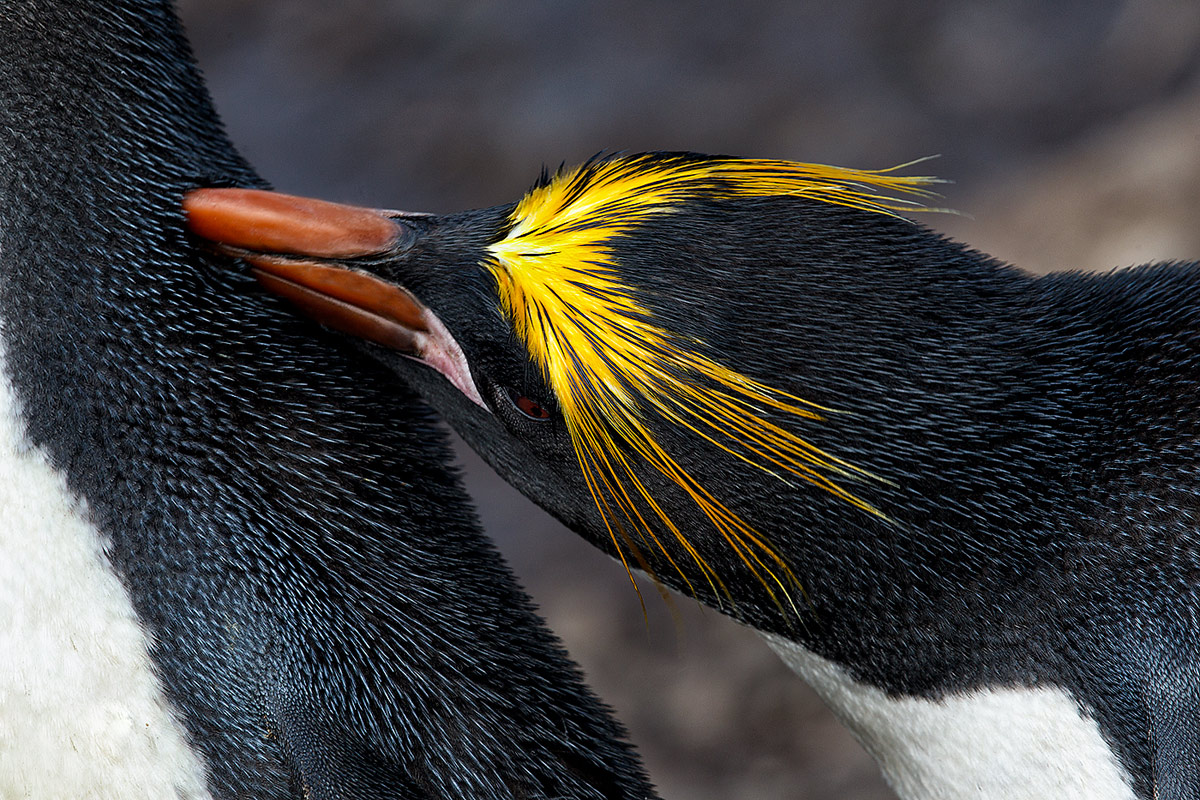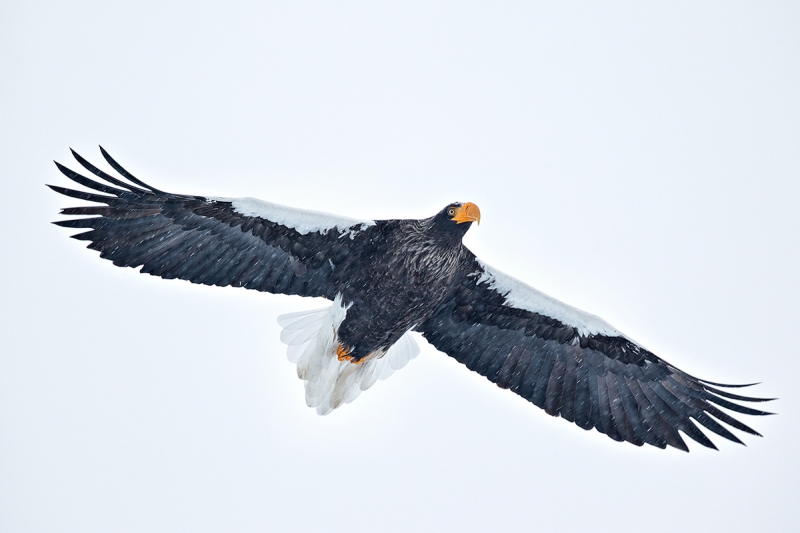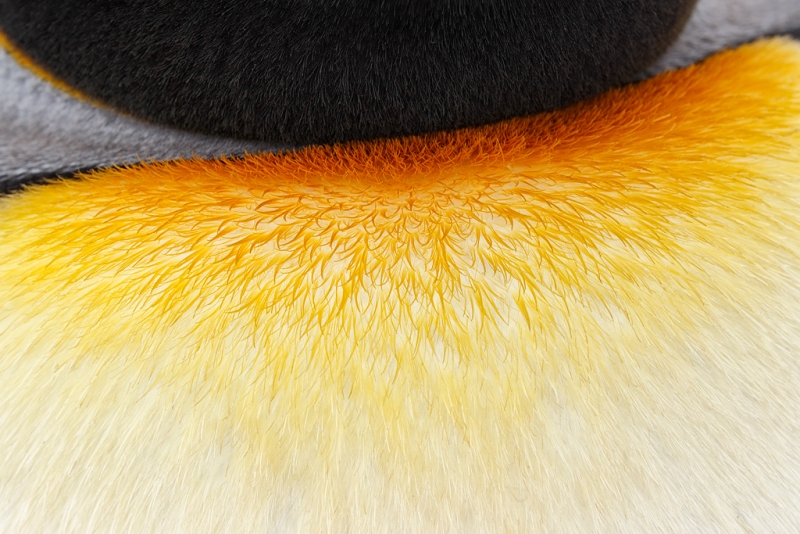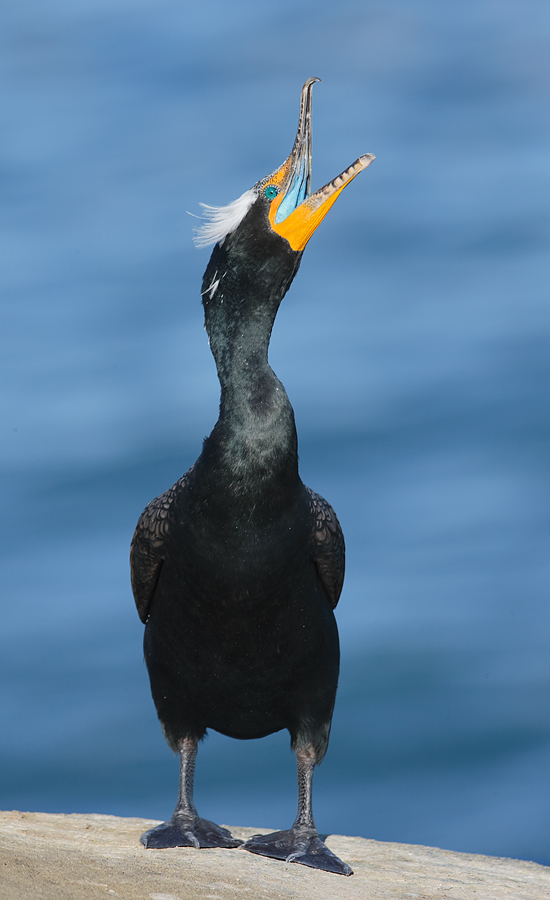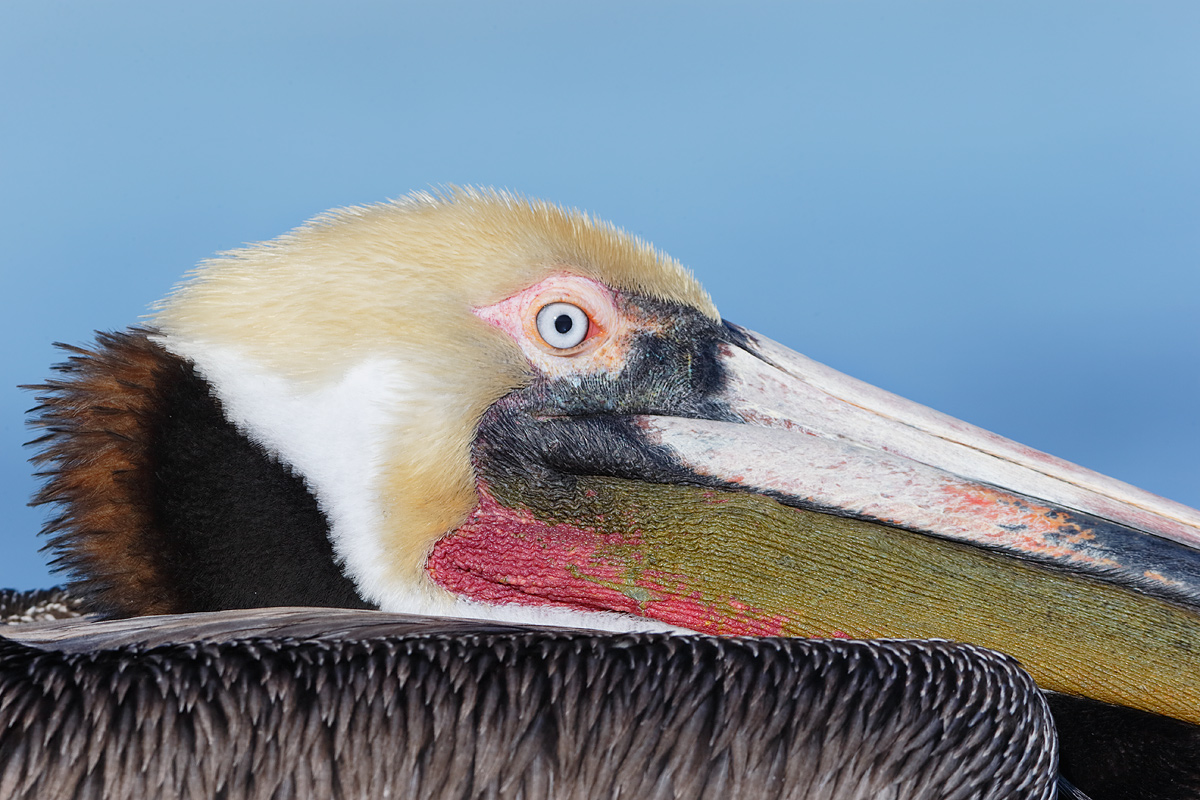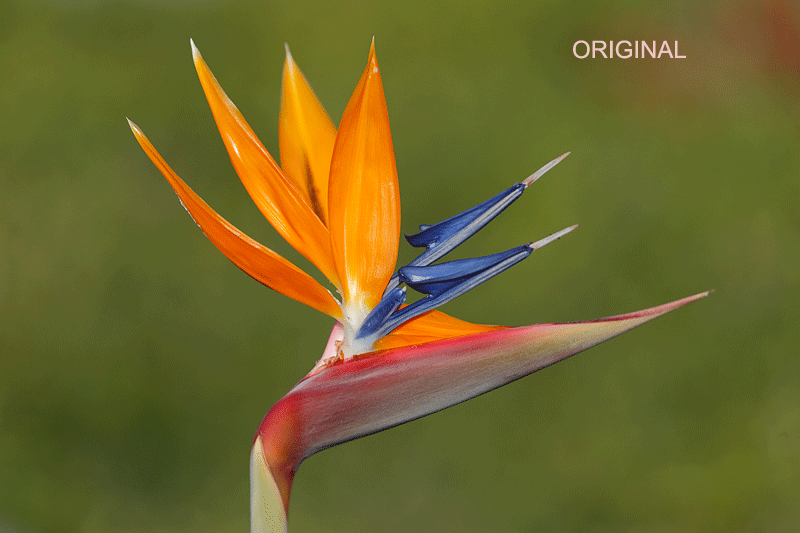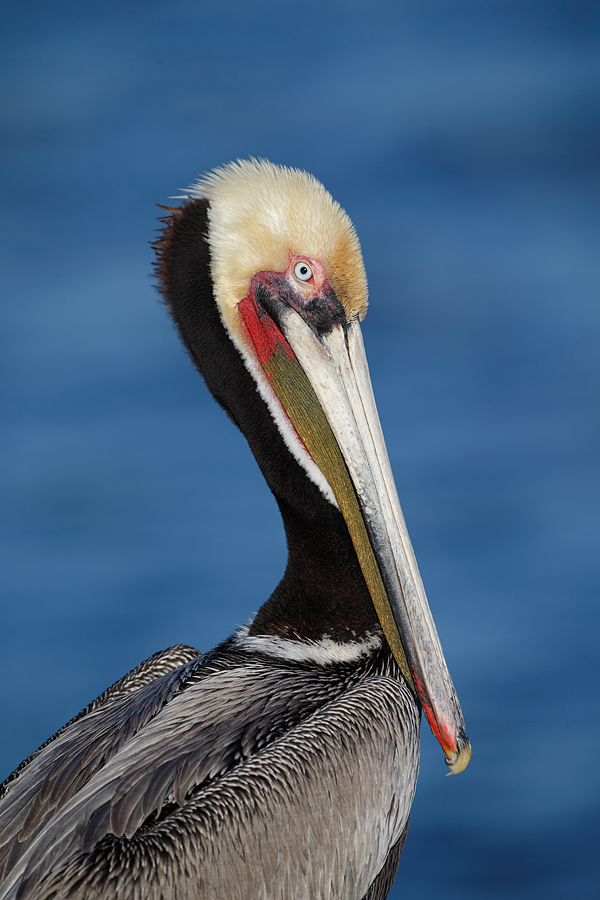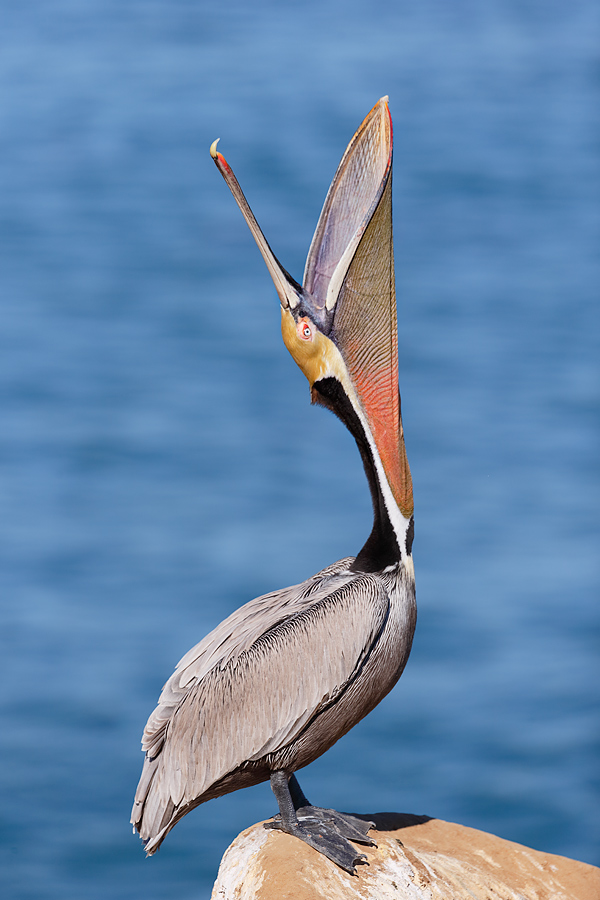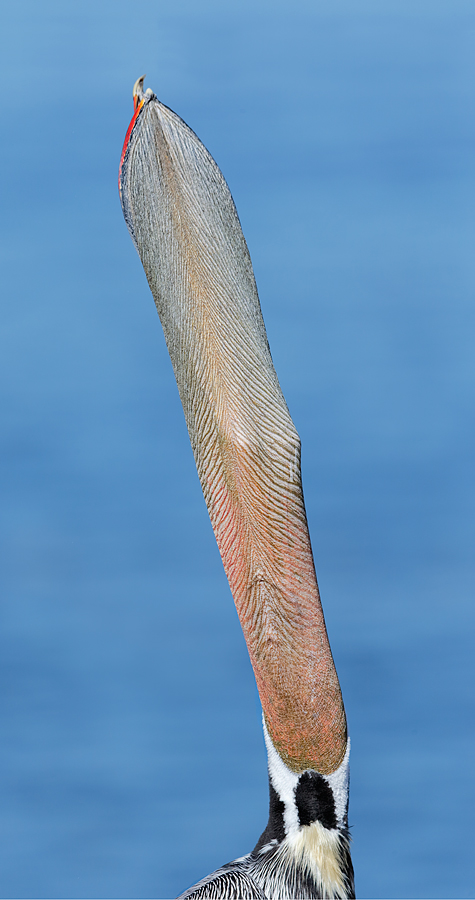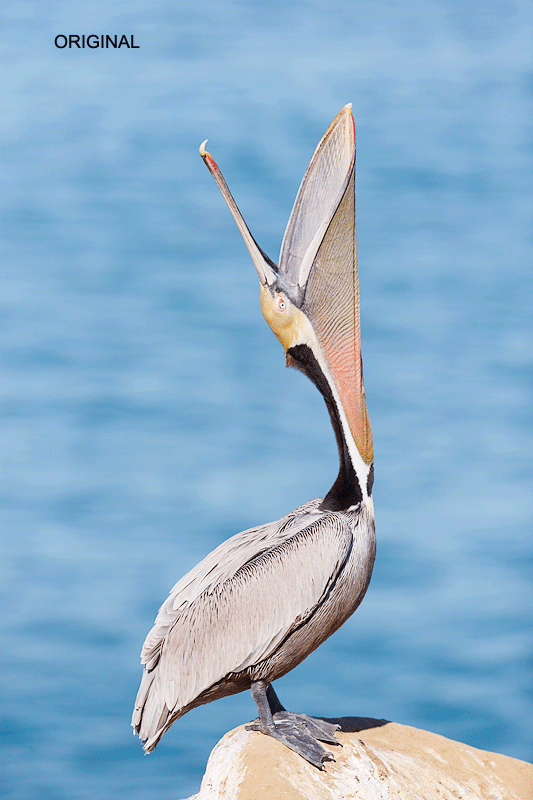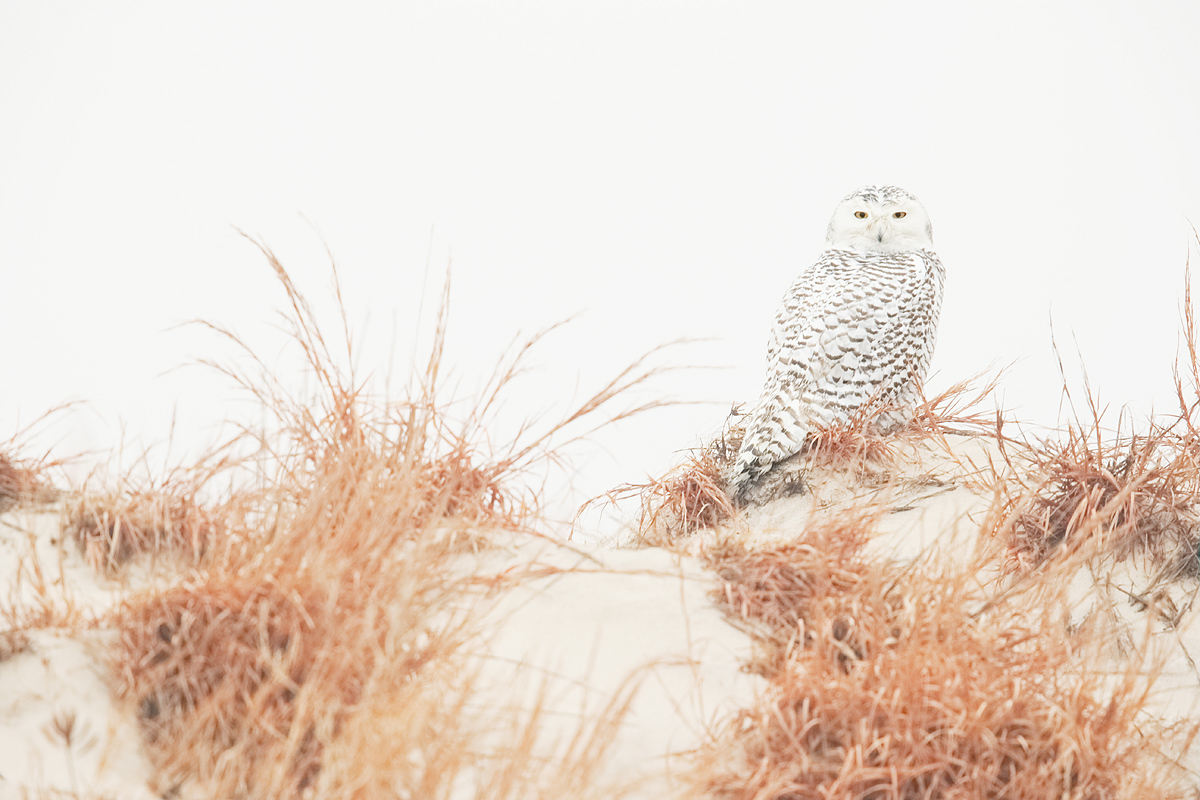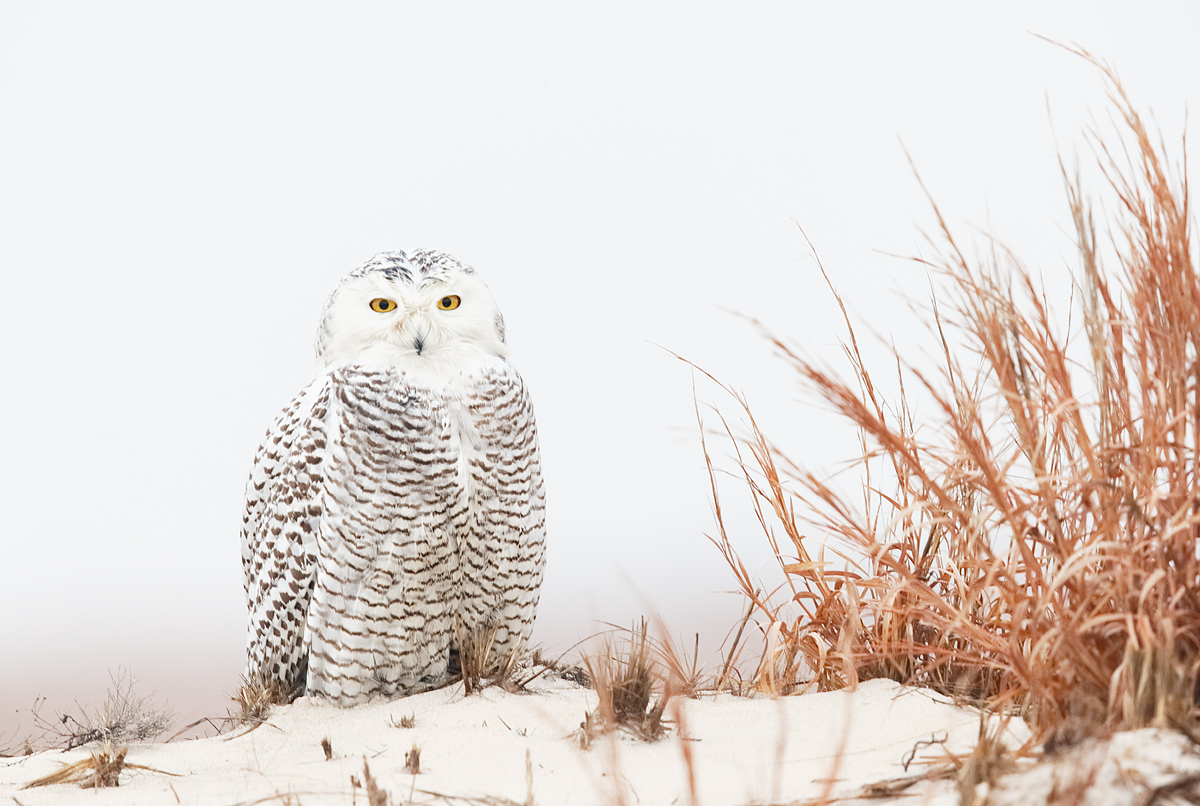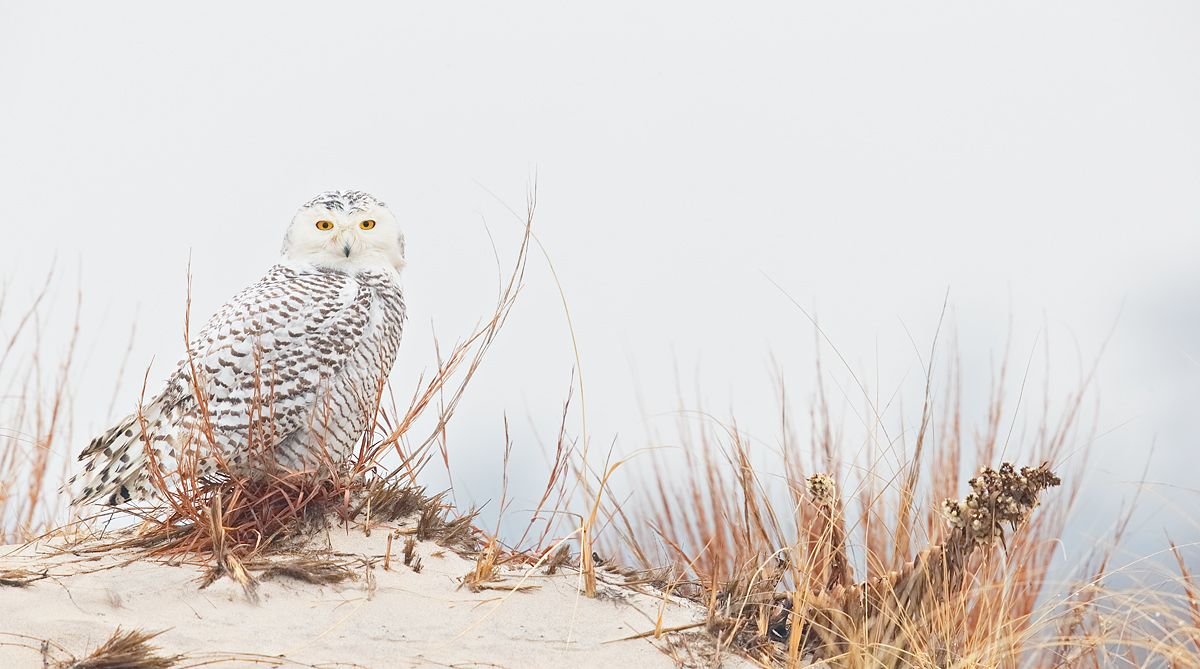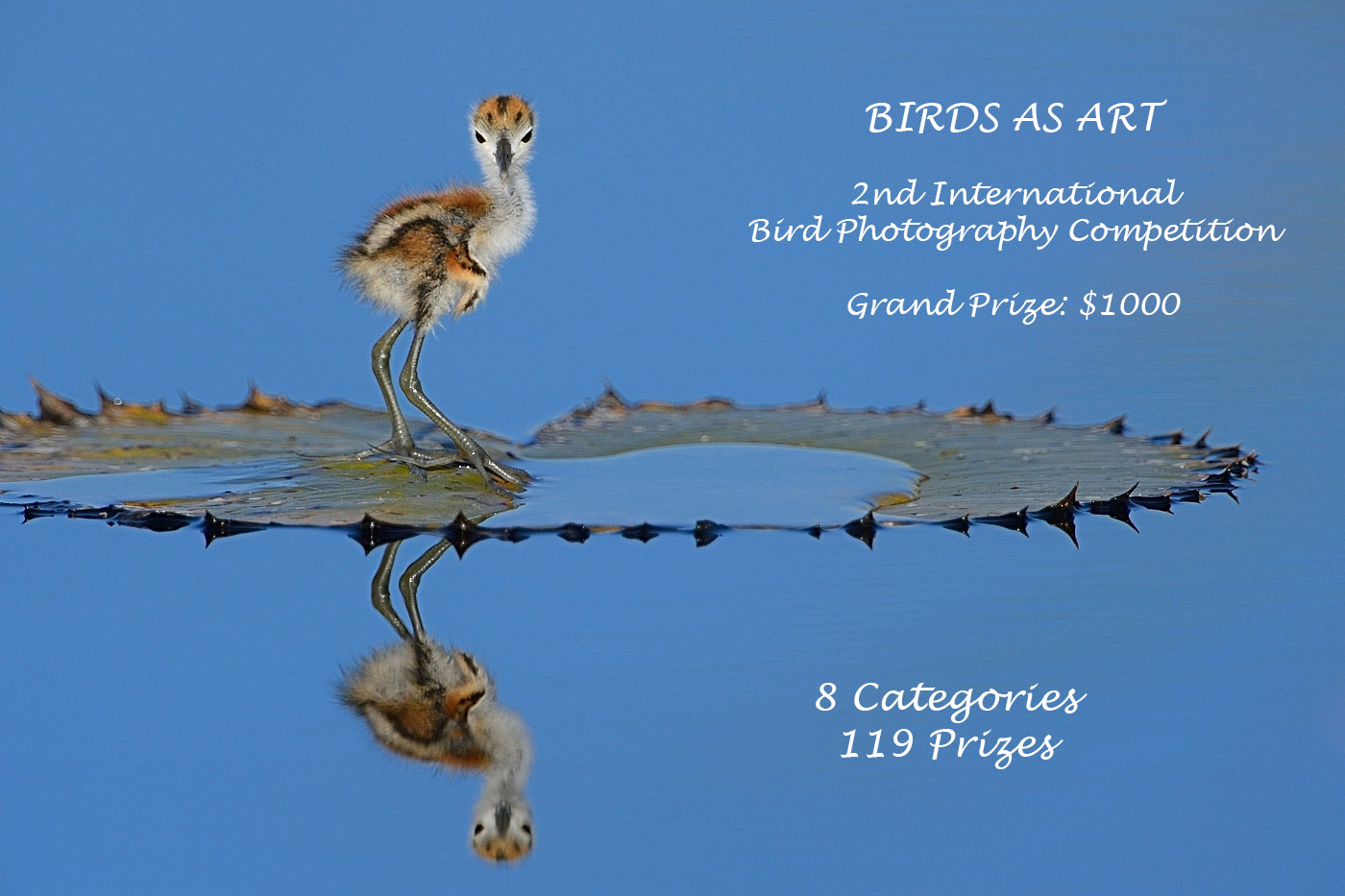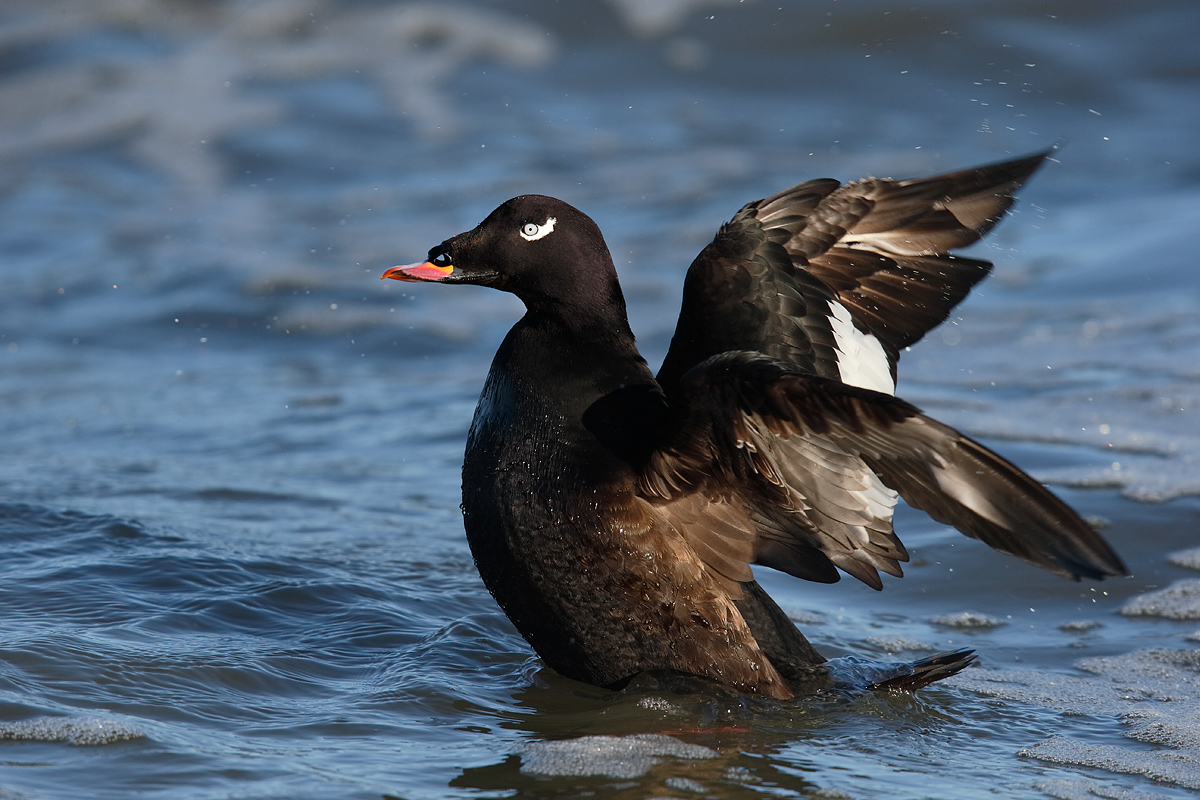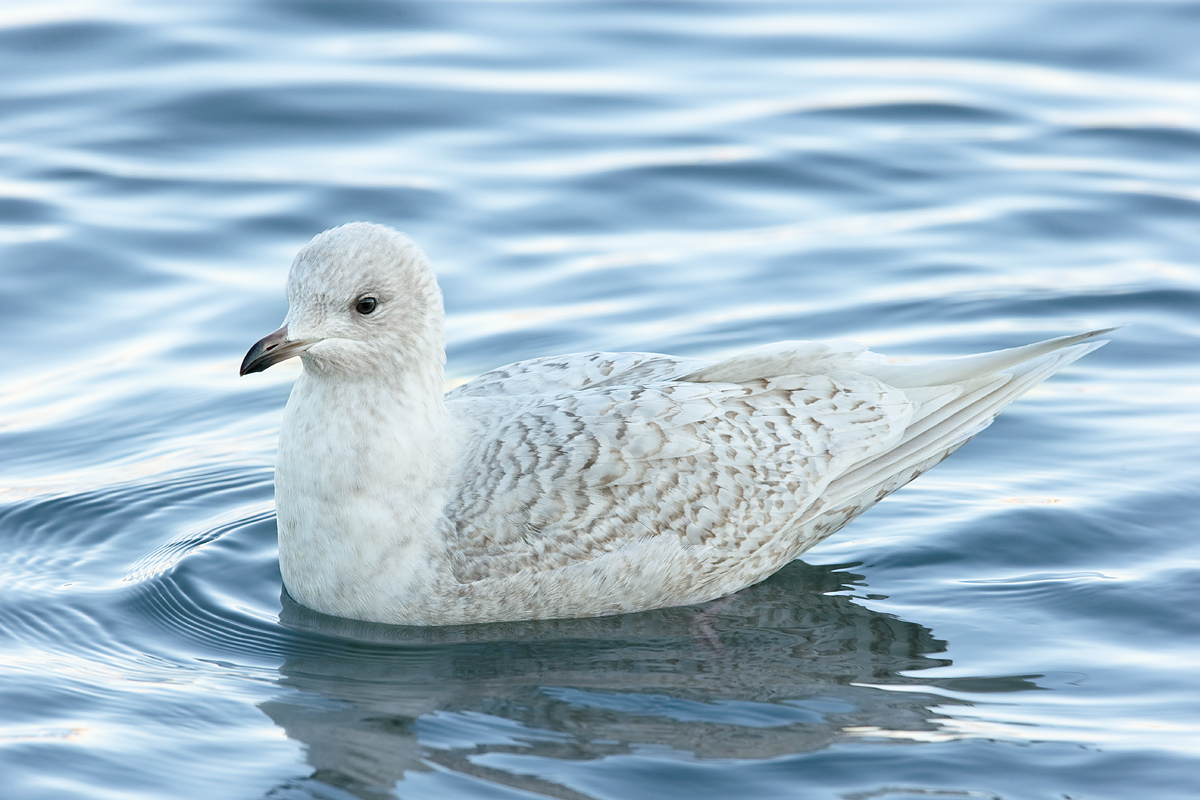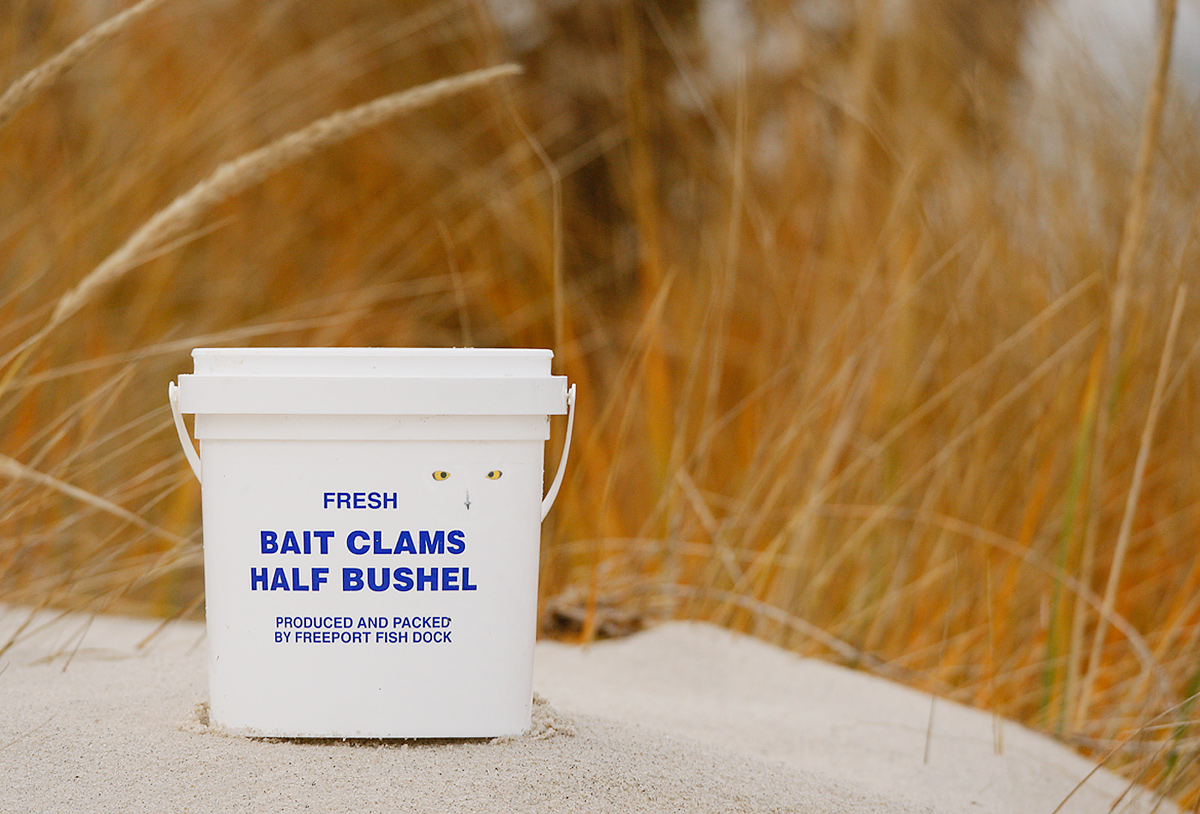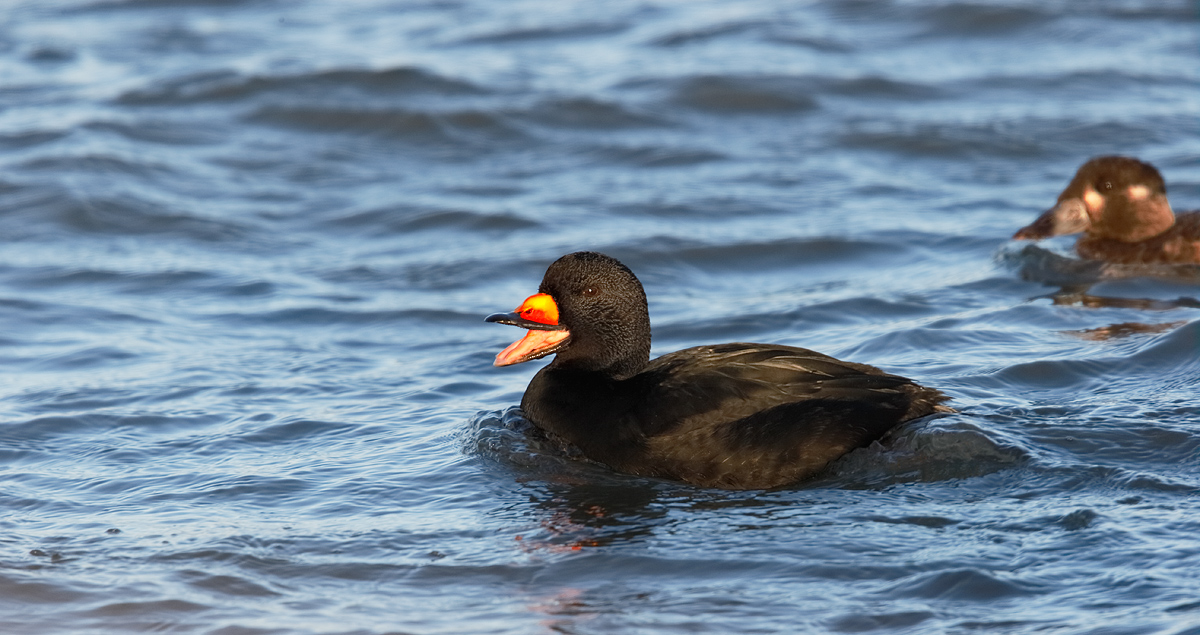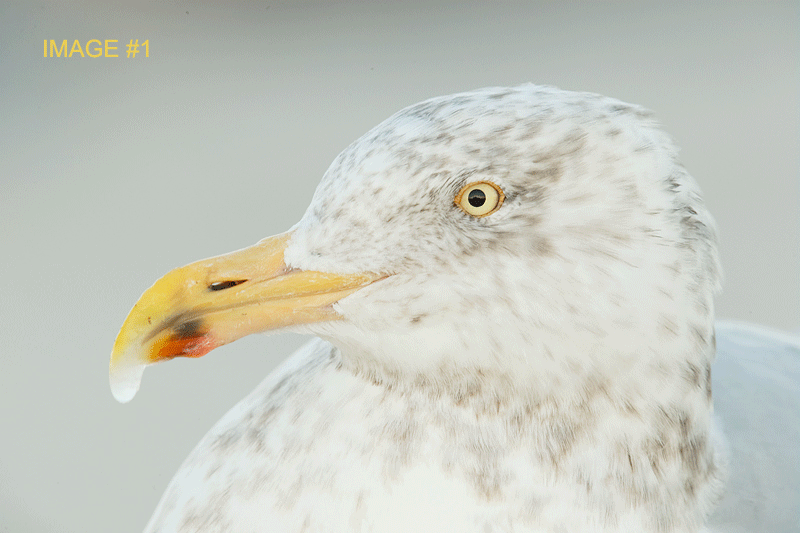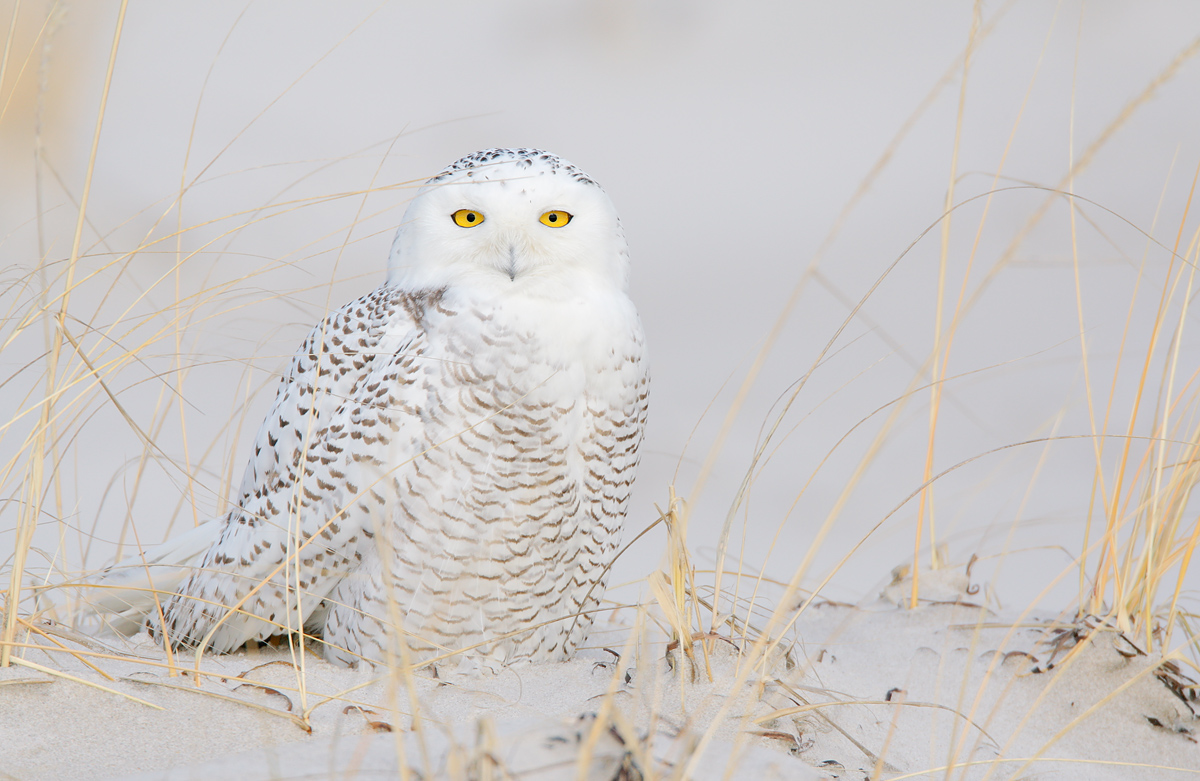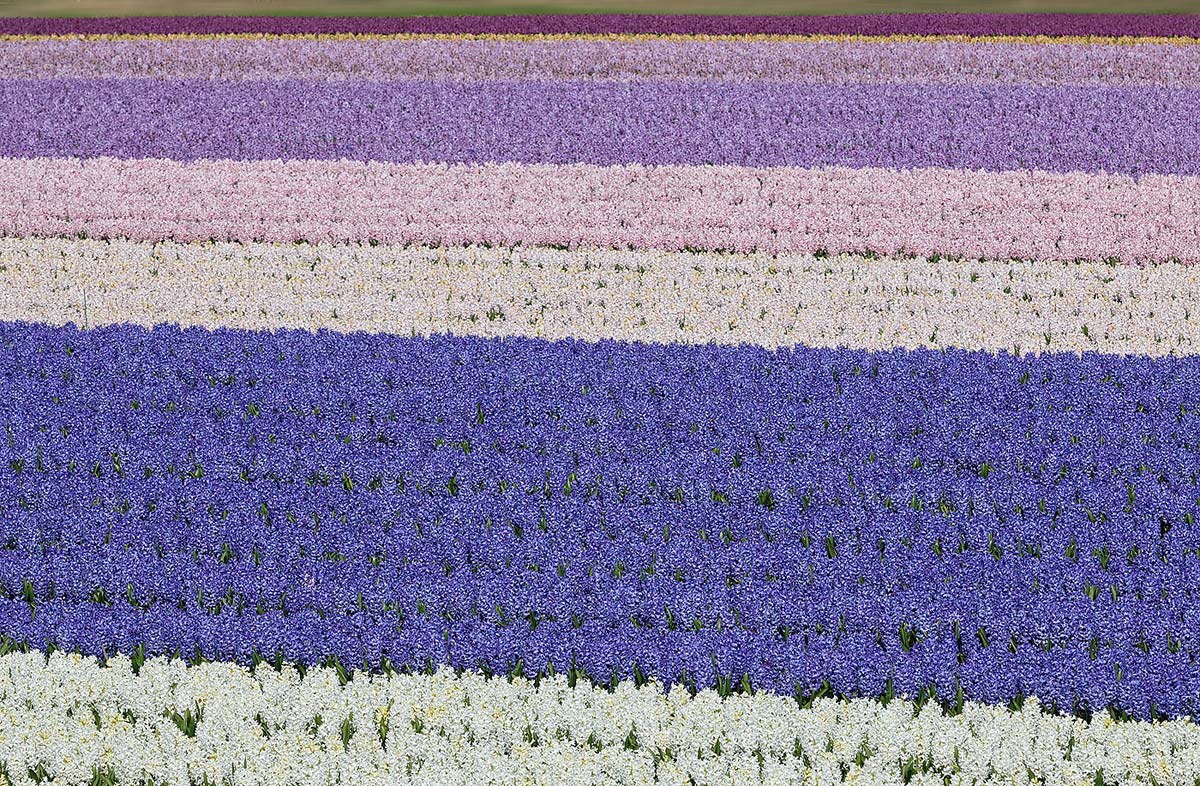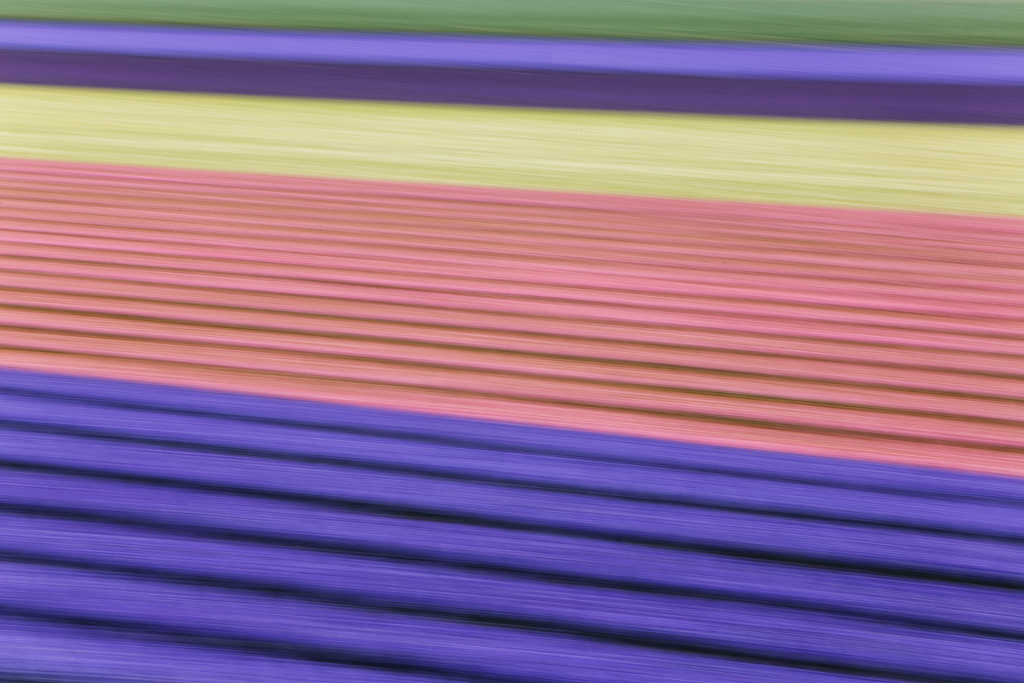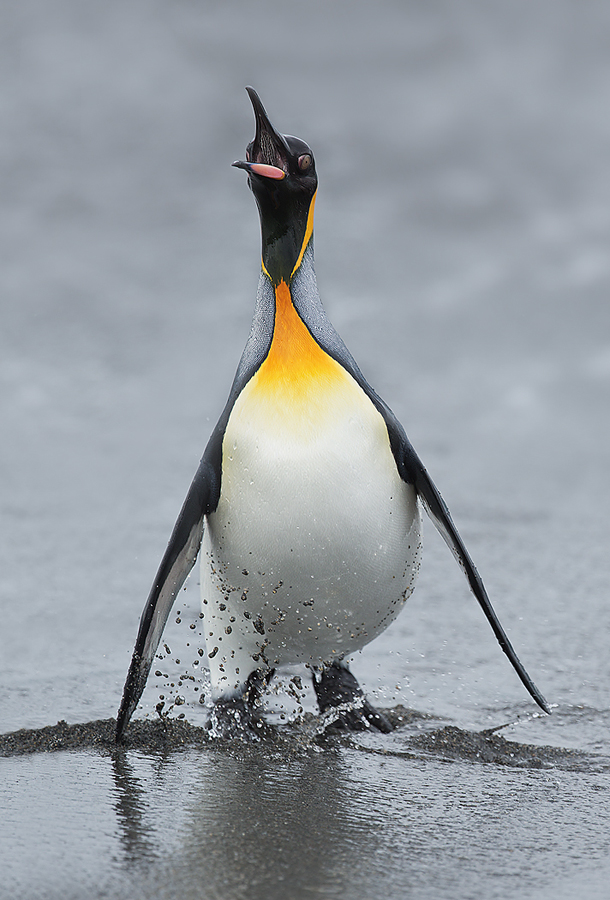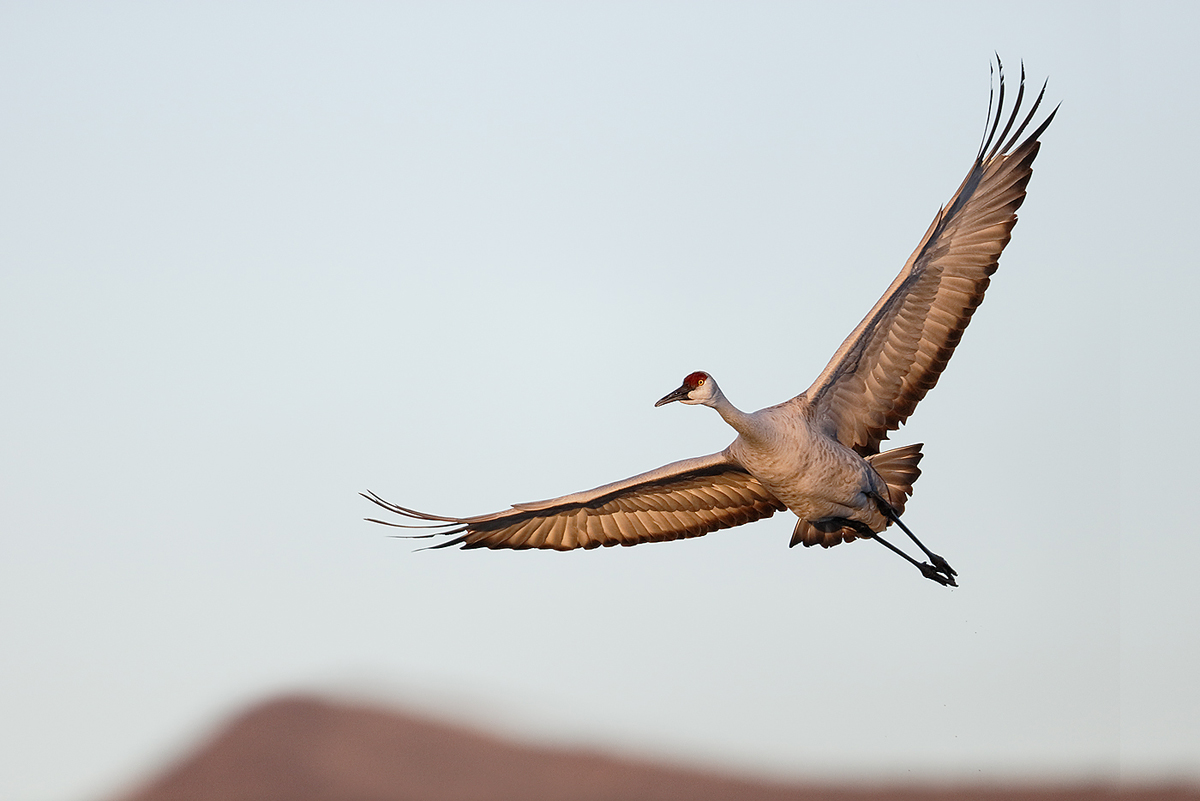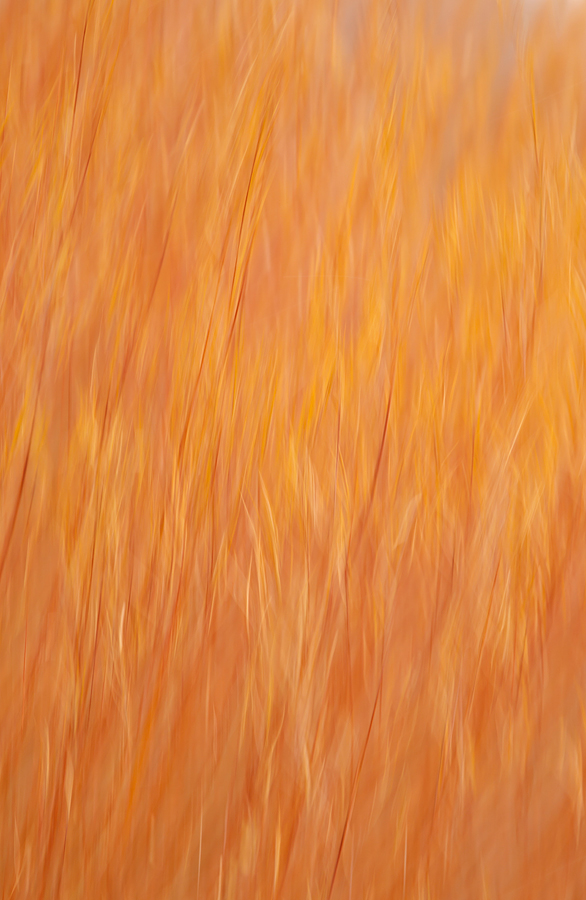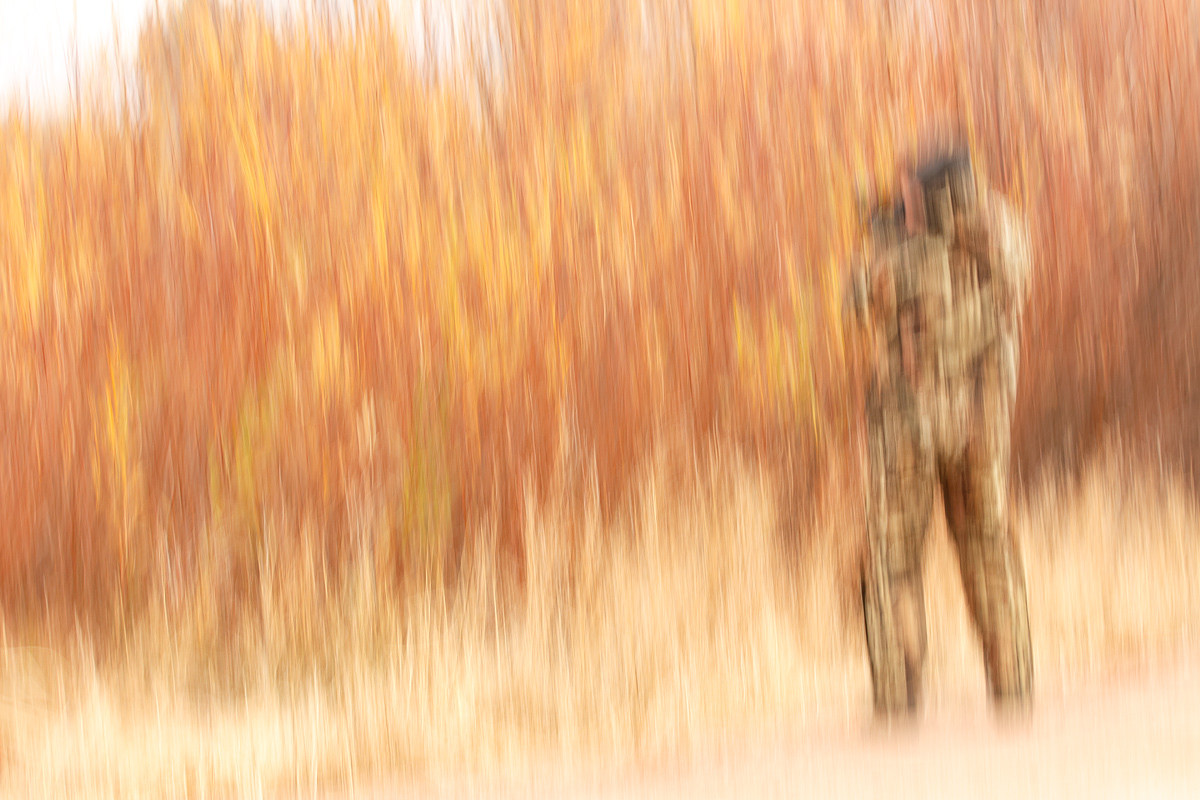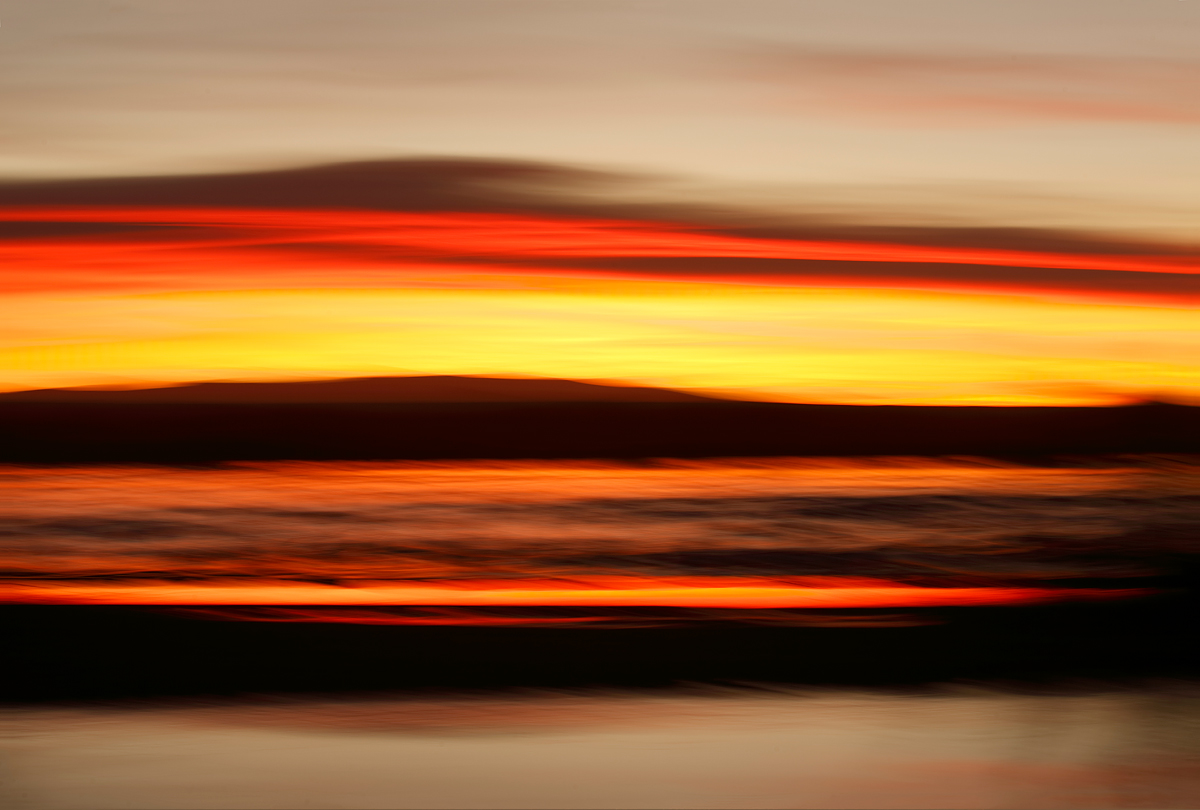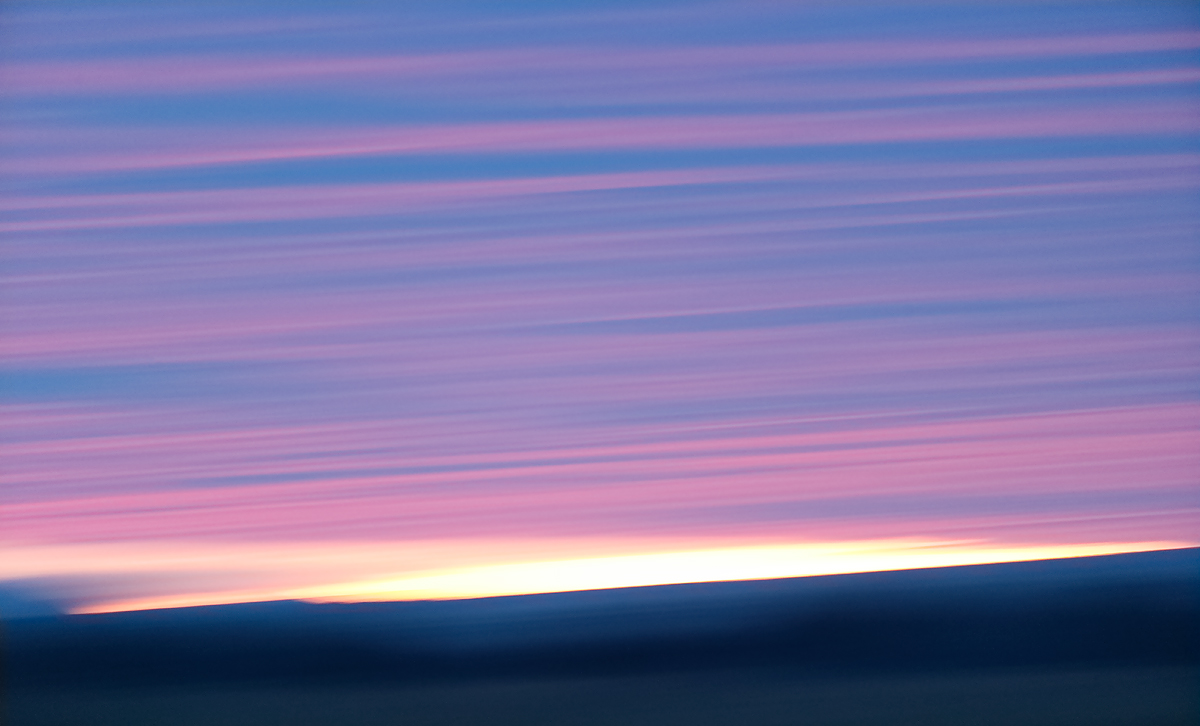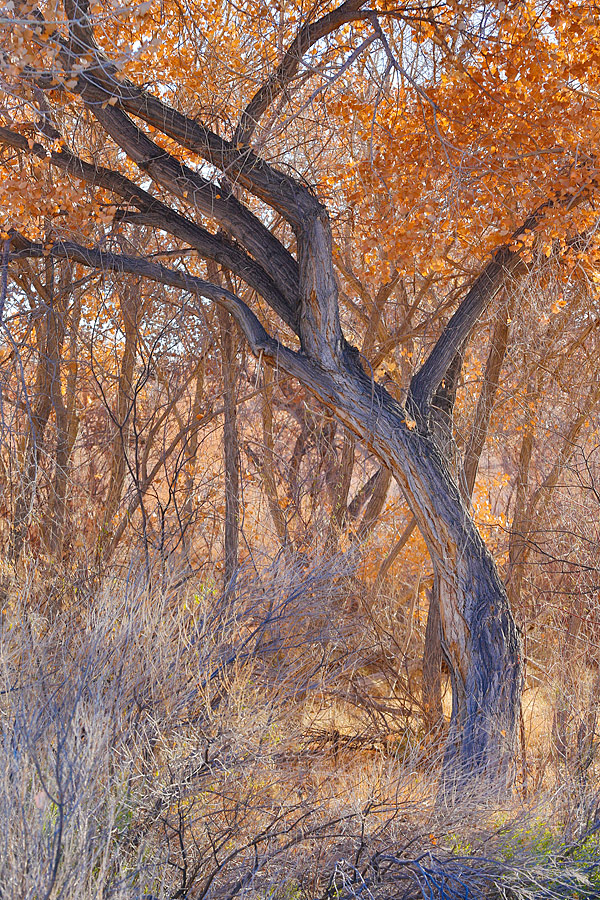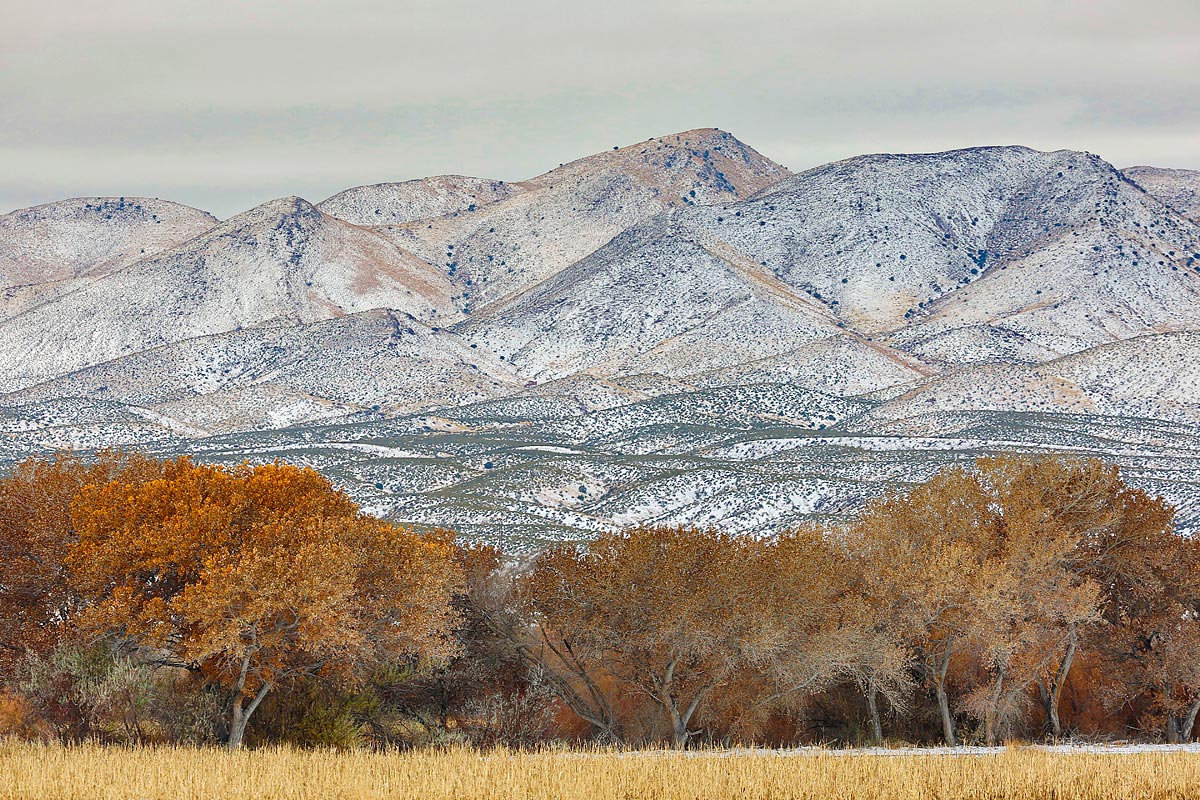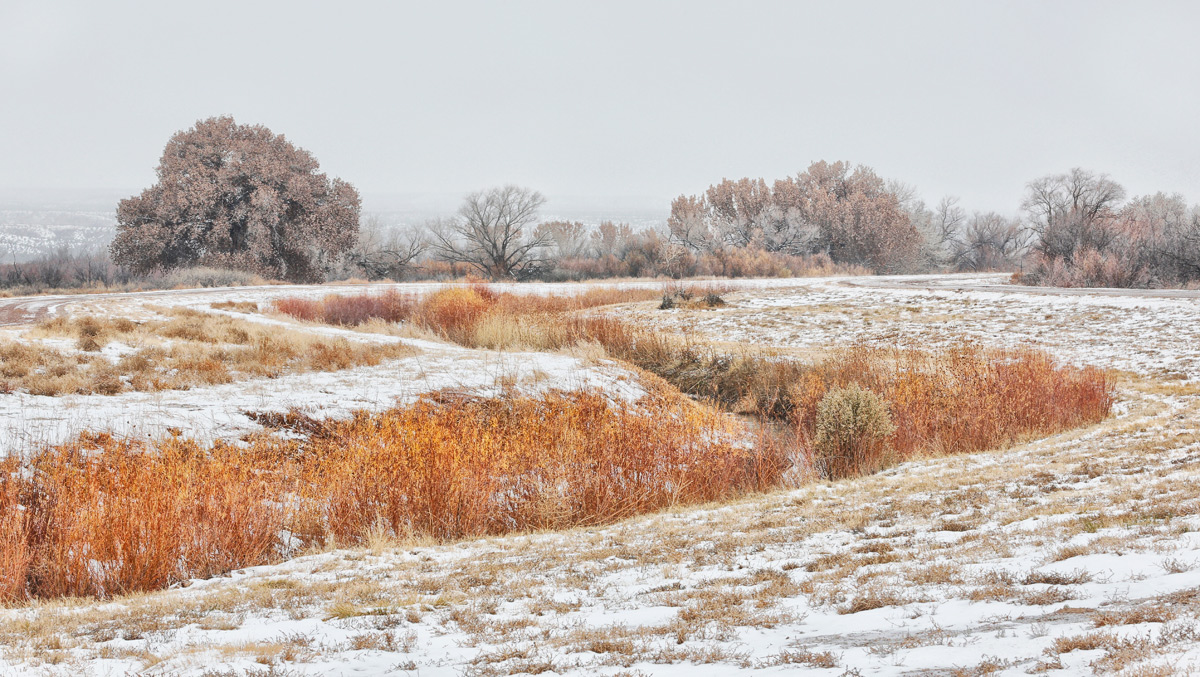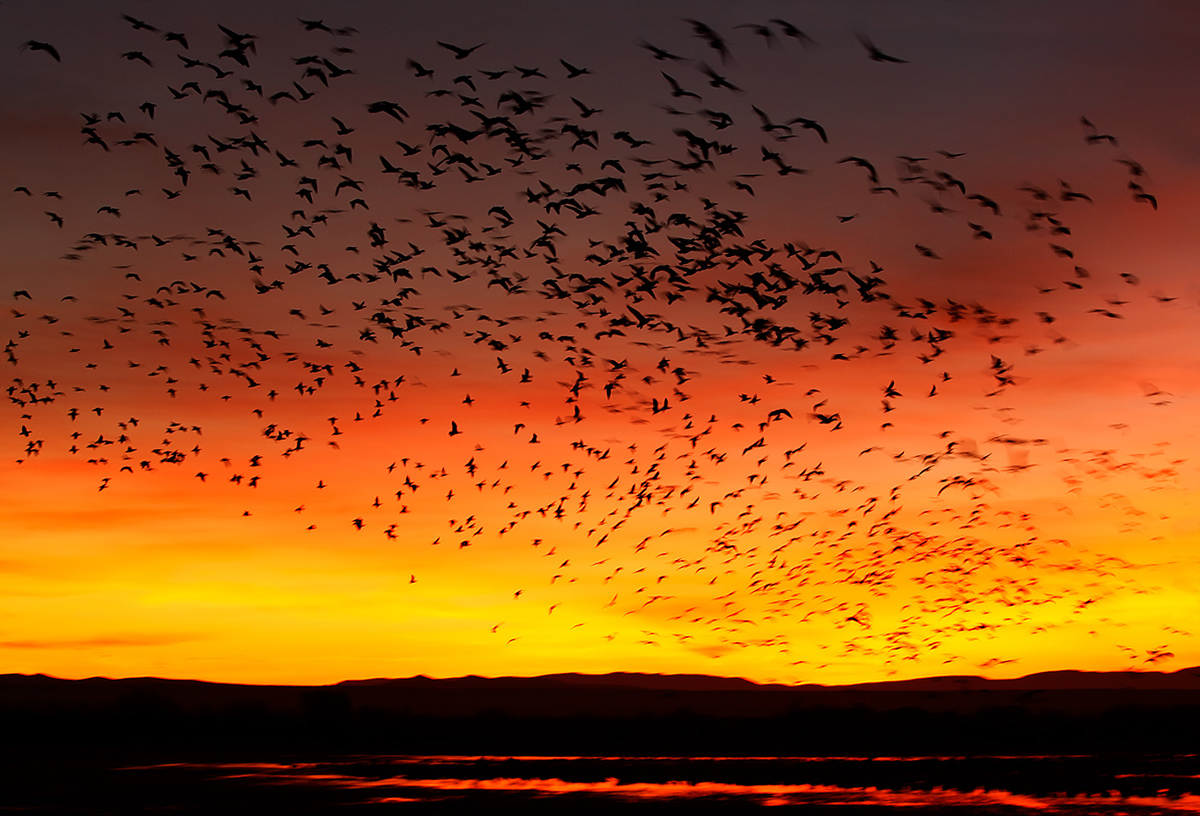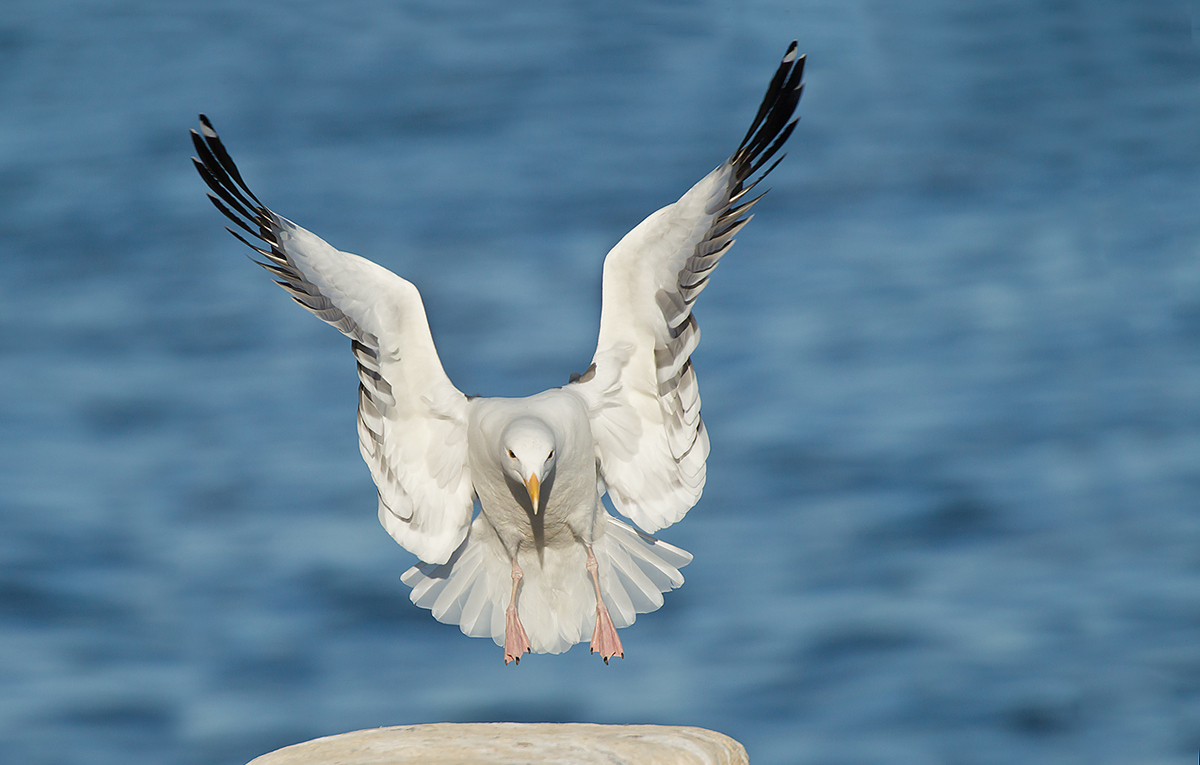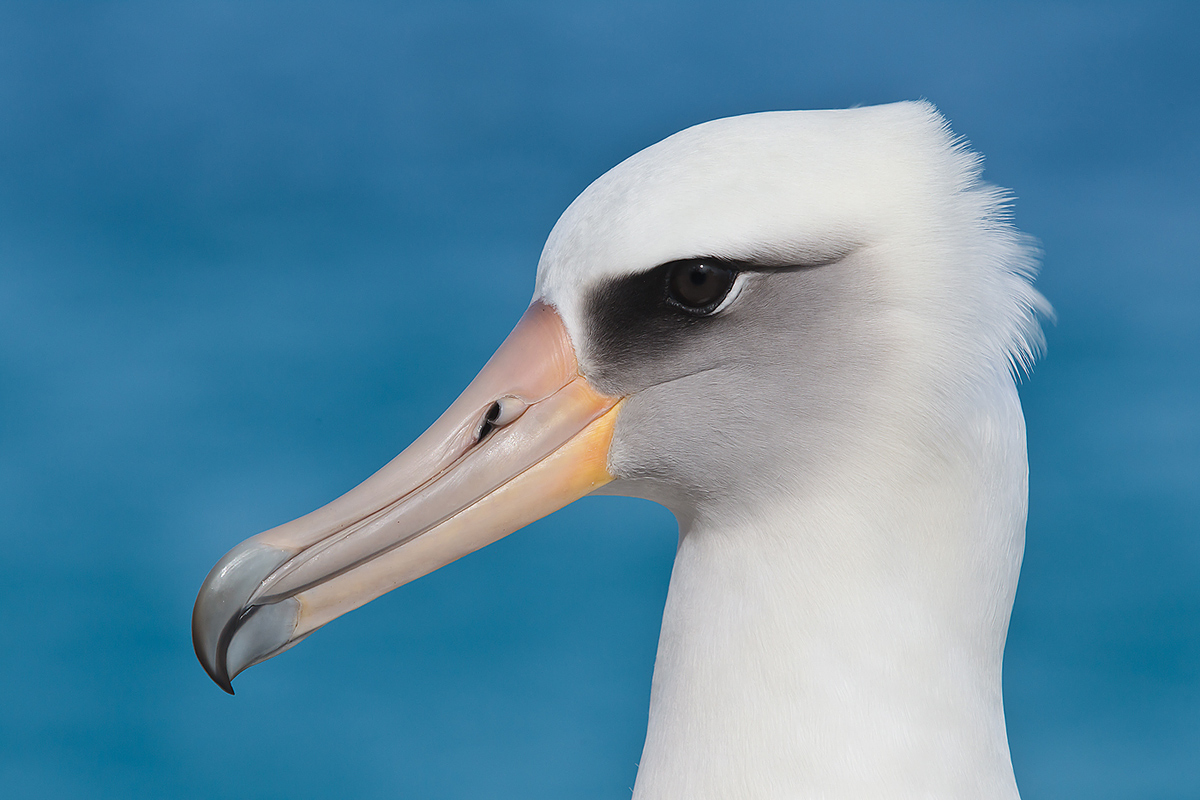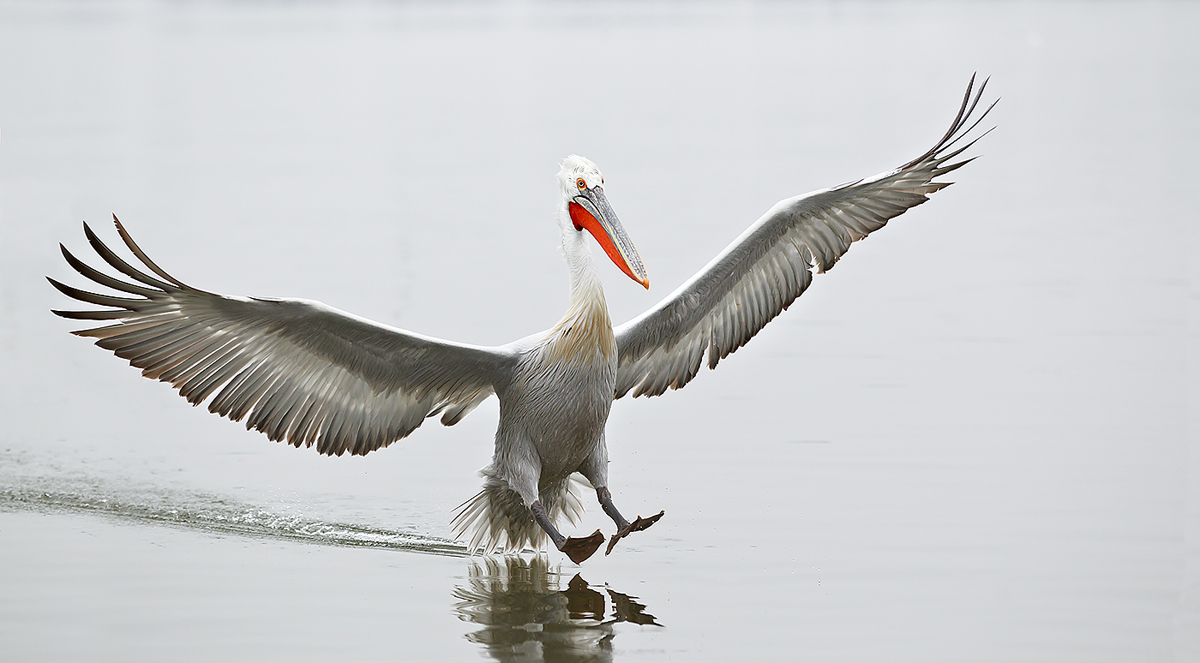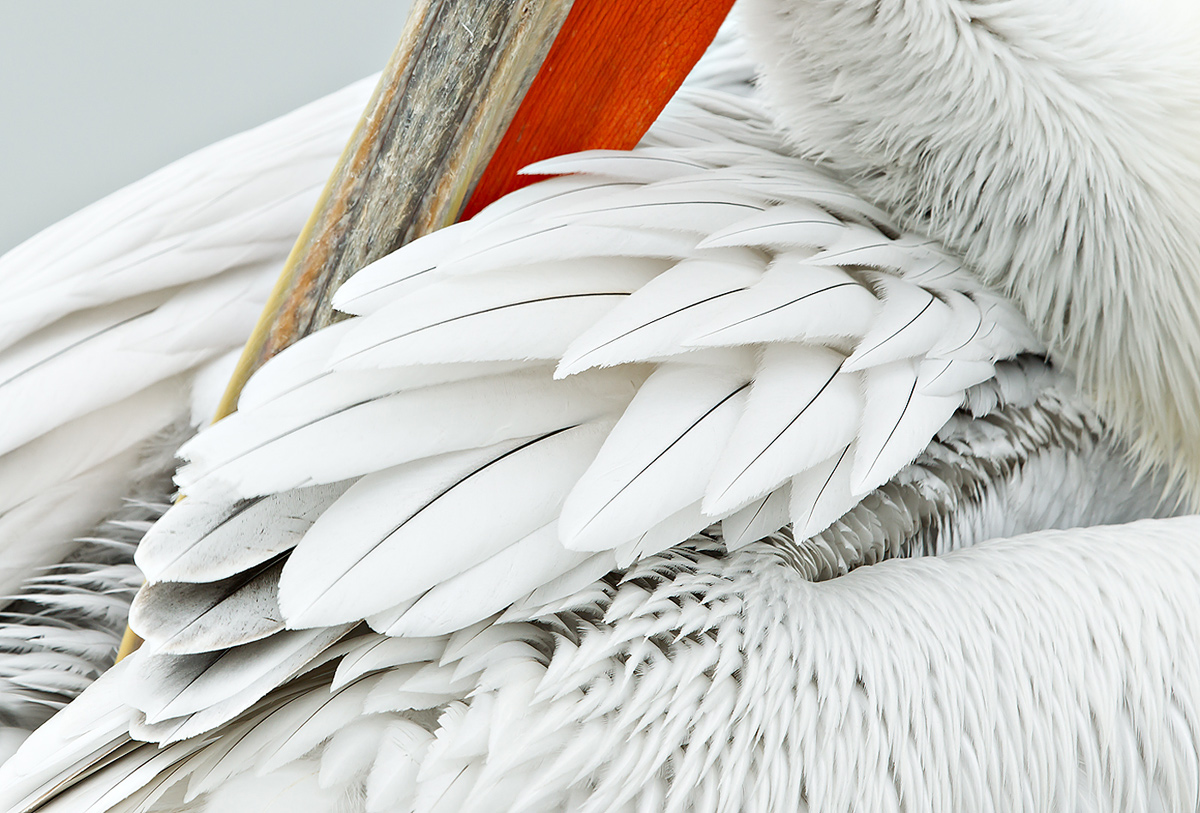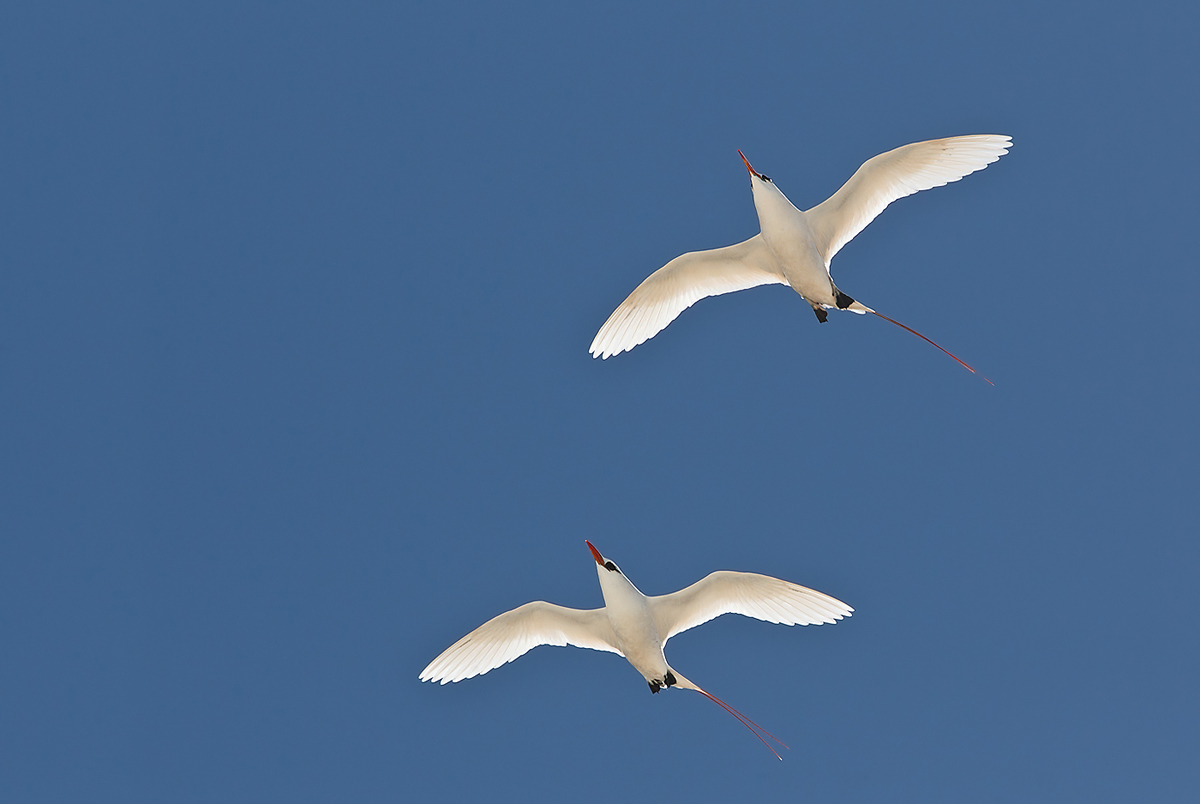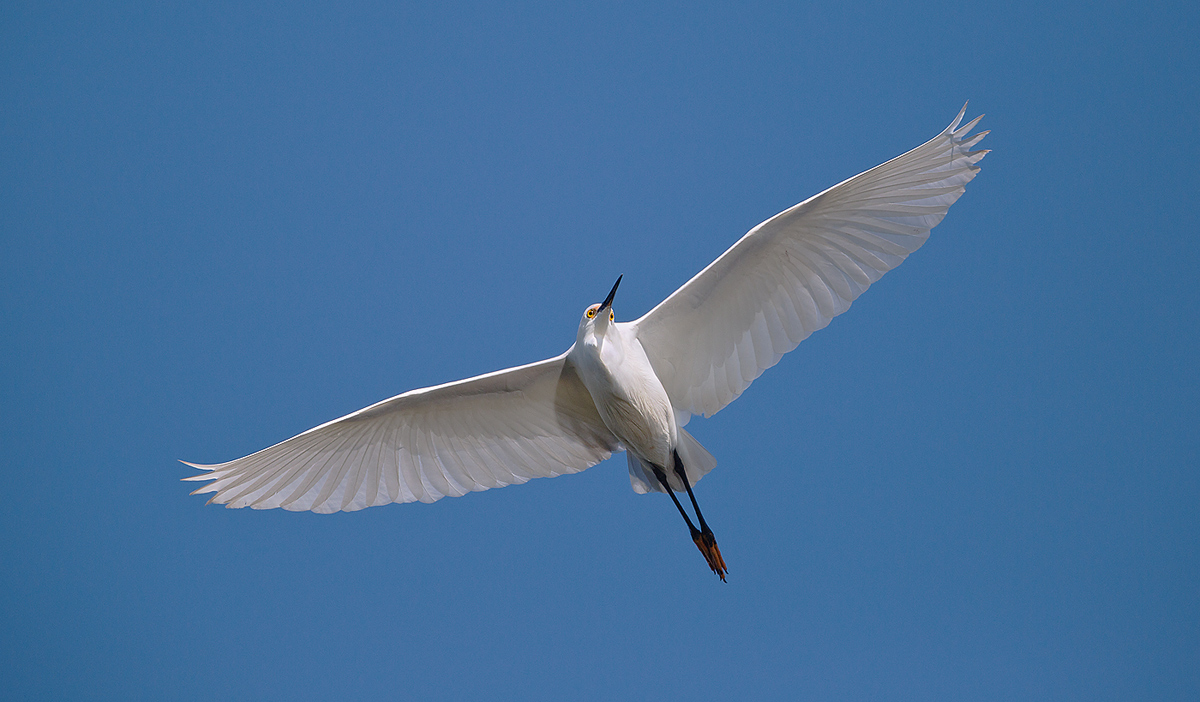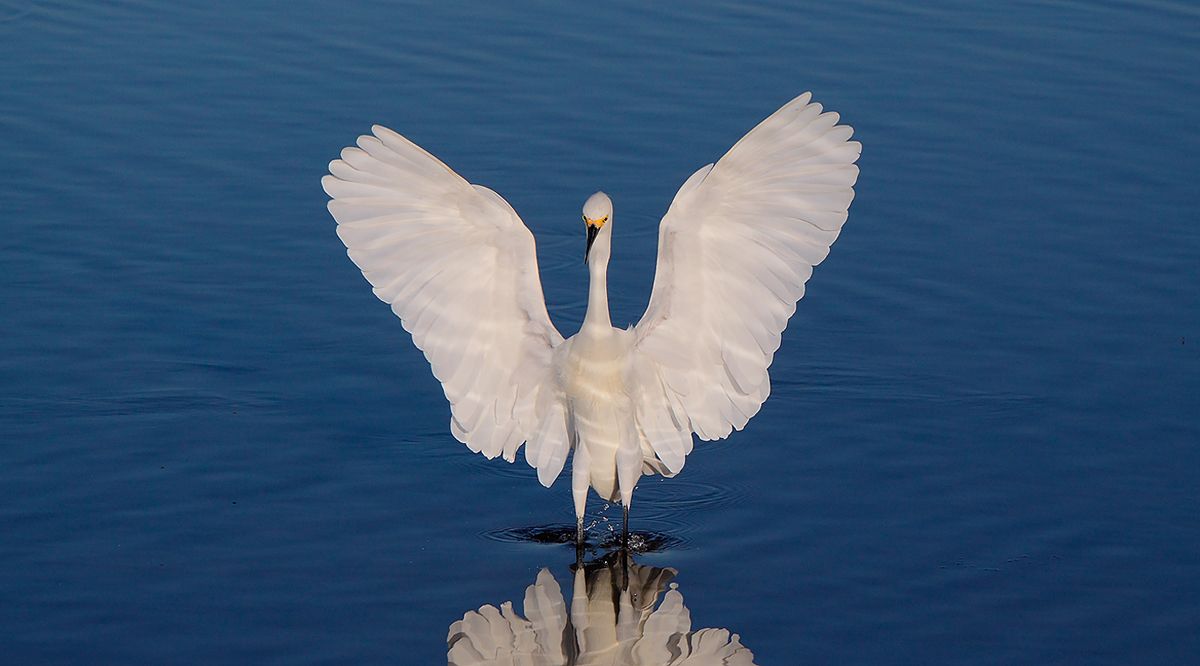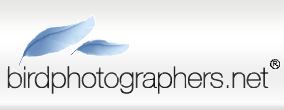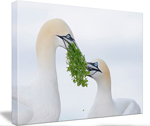January 20th, 2014 The Streak…
I am feeling lousy today. That is a a huge improvement from yesterday….
Congrats to Peyton Manning and the Broncos and to Richard Sherman and the Seahawks for advancing to the Super Bowl.
This post inexplicably marks 55 days in a row with a new educational blog post, a record by far that should be extended for at least another week or two. Or not. 🙂 To show your appreciation, we ask that use our B&H and Amazon affiliate links for all of your B&H and Amazon purchases. Please check the availability of all photographic accessories in the BIRDS AS ART Online Store. We sell only what I use and depend on. We will not sell you junk. We know what you need to make creating great images easy and fun. And we are always glad to answer your gear questions via e-mail.
You can find the following items in the store: Gitzo tripods, Mongoose M3.6 and Wimberley heads, plates, low feet, and accessories, flash brackets, , Delkin e-film Pro Compact Flash Cards, LensCoat products, and our unique line-up of educational materials including ABP I & II, Digital Basics, Site and Set-up e-Guides, Canon and Nikon Camera Users and AF e-Guides, and MP-4 Photoshop video tutorials among others.
We would of course appreciate you using our B&H and Amazon affiliate links for all of your B&H and Amazon major gear, video, electronic, household, and personal purchases. For the photographic stuff mentioned above we would of course great appreciate your business.
Thanks and enjoy today’s blog post! More than 3 1/2 hours of work went into the creation of this blog post 🙂
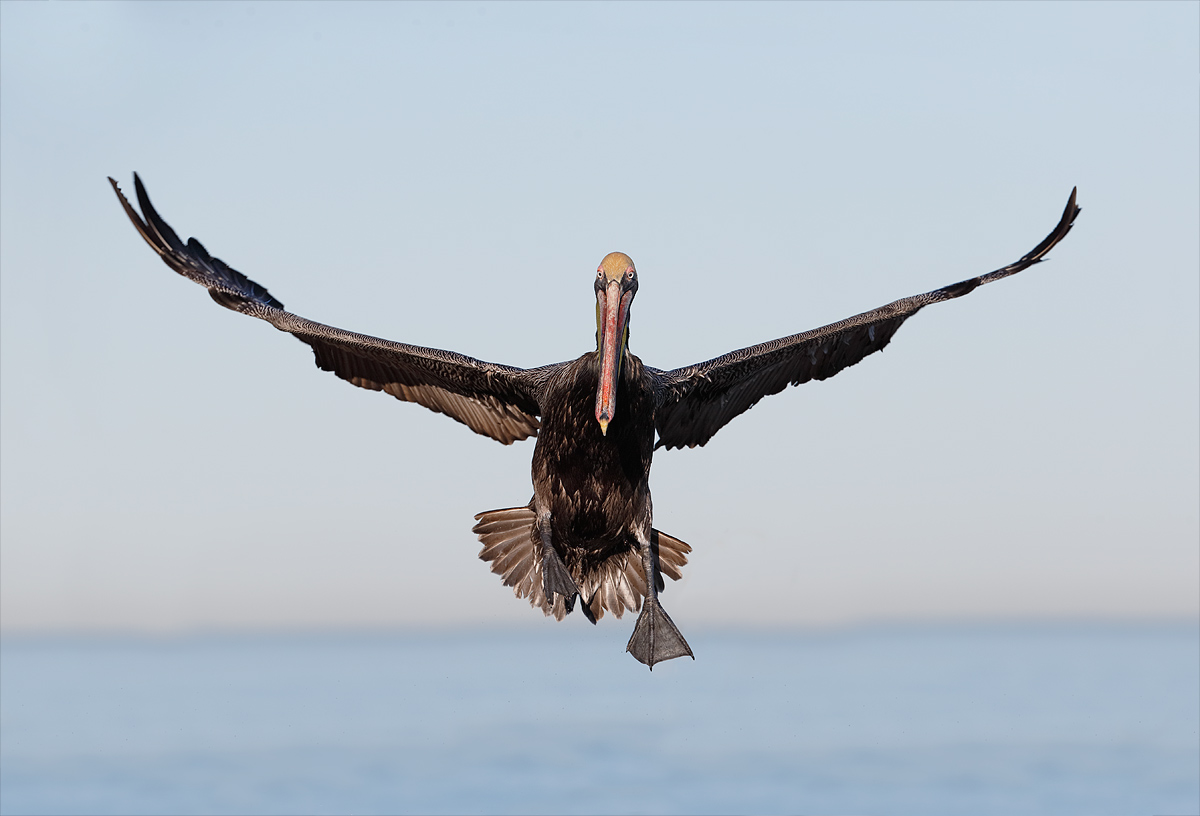
|
|
This landing Brown Pelican image was created with the Canon EF 300mm f/2.8L IS II USM lens and the Canon EOS-1D X. ISO 400. Evaluative metering +1/3 stop: 1/? sec. at f/? Manual mode.
Central Sensor/AI Servo–Rear Focus AF on the top of the bird’s head active at the moment of exposure. Click here to see the latest version of the Rear Focus Tutorial. Click on the image to see a larger version.
|
300 f/2.8 for Flight Photography and More
After letting folks know why I feel that the 200-400 is a superior lens for bird and wildlife photography in yesterday’s blog post here, I wanted to give a shout out to the 300mm f.2l8L IS lens…. FYI: I have responded to the many interesting questions and comments in the “300 f/2.8L IS or 200-400 f/4L IS with Internal TC/Which is the best lens?” post; it is well worth a re-visit.
As you can see above, it can be a great lens for hand held flight photography. The key is to be able to estimate that size of the subject in the frame and position yourself to create images the birds filling 2/3 to 3/4 of the frame. On our San Diego trip, we were somewhat cursed with still mornings; when the winds are light the birds come in low and we often wound up with the heads of various pelicans in the bottom of the frame as in the image above.
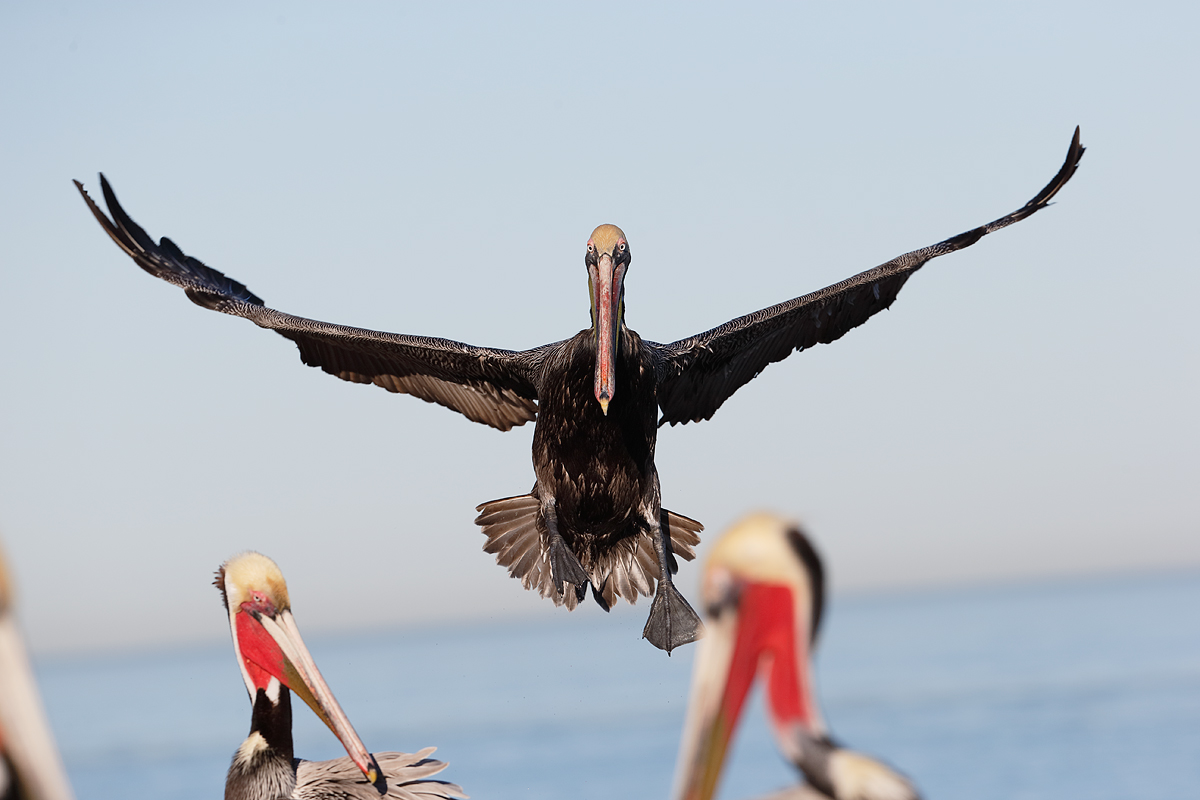
|
|
This is the original image.
|
The Image Optimization
The image optimization was fairly straight-forward, except for the missing part of the bird’s left foot that had merged with one of the pelican heads…. After leveling the image, I used the flopping technique from APTATS II along with a Hide-All Layer Mask to cover the offending pelican heads and followed that up with some 80% opacity Clone Stamp Tool work. Advanced Quick Masking Techniques are detailed in APTATS I. Mention this blog post and Jim will be glad to apply a $5 discount on your APTATS I purchase with phone orders only. The flopping technique is one of several tutorials detailed in APTATS II. Mention this blog post and Jim will be glad to apply a $10 discount on your APTATS II purchase with phone orders only. Order both to hone your Photoshop image clean-up skills and Jim will be glad to enter a $15 discount for the pair, on phone orders only.
Everything else and tons more is detailed in Digital Basics File, an instructional PDF that is sent via e-mail. It includes my complete digital workflow, dozens of great Photoshop tips, several different ways to expand canvas, all of my time-saving Keyboard Shortcuts, Quick Masking, Layer Masking, and NIK Color Efex Pro basics, my killer image clean-up techniques, Digital Eye Doctor, and tons more.
The Image Optimization Question…
How did I re-construct the missing part of the bird’s left webbed foot? There were several steps in involved; please be specific. On a related note, how would you have attempted the repair?
|
|
|
This Steller’s Sea Eagle image was created with the hand held Canon 300mm f/2.8 L IS II lens, 1.4X III TC, and the Canon EOS-1D Mark IV (now replaced by the Canon EOS-1D X). ISO 800. Evaluative metering +2 1/3 stops off the white sky: 1/640 sec. at f/4 in Manual mode.
Central sensor/AI Servo Rear Focus AF on the bird’s upper breast active at the moment of exposure. Click here if you missed the Rear Focus Tutorial. Click on the image to enlarge it.
|
Japan
I first used the 300 II on my February 2012 Japan trip, most often for flight photography of Steller’s Sea Eagles from the tourist boat and also at one of the two crane parks where the Red-crowned Cranes often flew by at close range. With the 1.4X III TC it proved to be a deadly combination.
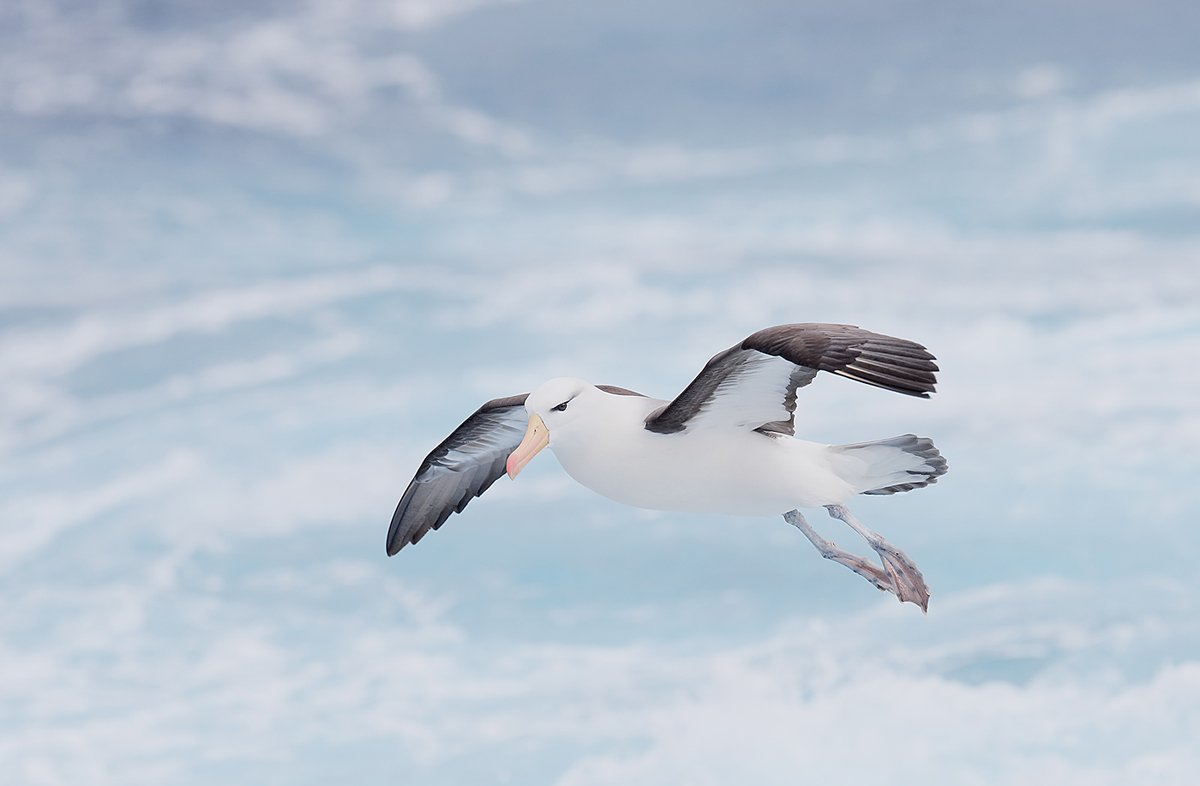
|
|
This Black-browed Albatross image was created with the hand held Canon 300mm f/2.8 L IS II lens, 1.4X III TC, and the Canon EOS-1D X. ISO 800. Evaluative metering +1 stop: as framed: 1/2000 sec. at f/6.3
Central sensor/AI Servo Rear Focus AF on the bird’s face active at the moment of exposure. Click here to see the latest version of the Rear Focus Tutorial. Click on the image to see a larger version.
|
The Southern Oceans Trips
On my two 2012 Southern Oceans trips, the 300 II proved to be an extremely valuable asset. With the tame birds it was–on the longer walks–the longest lens that I took ashore. Alone or with either Series III TCs it routinely produced razor sharp images. I tried to work on a tripod whenever I used the 2X. On my second trip that year I wrecked my brand new 500 f/4L IS II; the 300 II served as a more than adequate back-up.
Nature’s Best Honored Image
The image above was honored in the Art in Nature category–I love when they name contest categories after me–of the Windland Smith Rice International Photography competetion. Thanks to Denise Ippolito for suggesting that I enter this one.
How Sharp?
When Outdoor Photographer editor Rob Sheppard saw the TIFF file for the image above he remarked that it was one of the sharpest bird photographs that he had ever seen. Considering that it was created with the 2X teleconverter that is quite a compliment.
Speaking of Contests!
BIRDS AS ART 2nd International Bird Photography Competition
Only 11 days left to register and pay.
Big News
With so many folks signing up at the last minute and with so many folks having trouble uploading their images due to server overload, the deadline for entering the contest (registering and paying) has been extended until January 31, 2014. There will be no additional extensions. The deadline for uploading your images has been extended until midnight Eastern time on February 10, 2014. Take advantage of this extension to have a crack at the great prizes.
Learn more and enter the BIRDS AS ART 2nd International Bird Photography Competition here. Twenty-five great prizes including the $1000 Grand Prize and intense competition. Bring your best.
Register and Pay
To register click here.
To learn of payment options, click here.
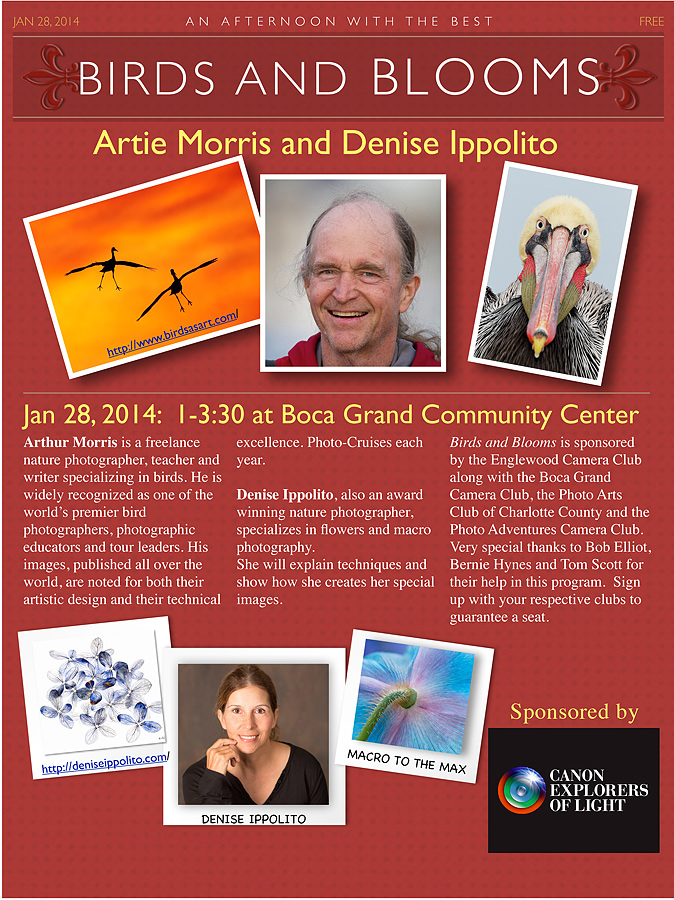
|
|
This afternoon seminar is 100% free and open to the public.
|
Free Afternoon Seminar
Join Denise Ippolito and me on the afternoon of January 28, 2014 at 1:00pm in the Boca Grande Community Center for a free two-part nature photography seminar entitled “Birds and Blooms.” At 1:00pm I will be presenting “A Bird Photographer’s Story” (updated with lots of my favorite new images). Denise will follow with her hugely popular “Bloomin’ Ideas.” The venue is located at 131 First Street West, Boca Grande, FL 33921.
Suggestion
Join us for the free seminar and then for the Venice Rookery IPT the following day.
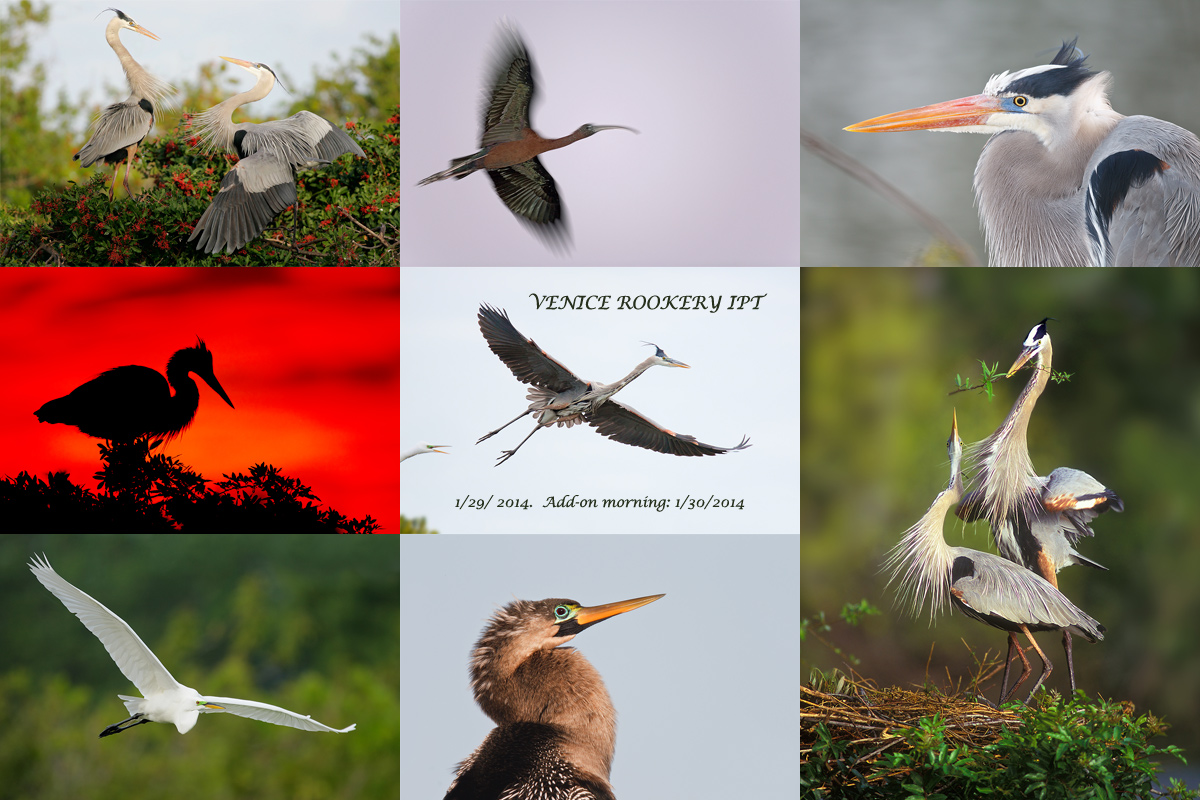
|
|
Do join us on the Venice Rookery IPT, or better yet, for the whole South Florida Composite IPT. Scroll down or click here for complete details.
|
The 2014 South Florida Mini-IPTs
Because of our intense travel schedule that includes a trip to Japan I will not be running the traditional SW FLA IPT. In addition, in an effort to give some folks a chance to get a taste of our teaching and our passion for bird photography, Denise Ippolito and I have organized a series of short IPTs that may be combined into one wonderful experience or enjoyed piecemeal.
Jan 29 (WED): Venice Rookery In-the-Field: all day: (Limit 14/Openings 10): $399. Introductory slide program 7pm, Jan 28.
30 (THURS) -Venice am only. (Limit 14/Openings 10):: $249
You can sign up for one or more of the short IPTs and/or one or more of the add-on days or you can opt to sign up for the all the sessions. Those signing up for the whole shebang will be having all lunches and dinners with us most every day.
A $500 non-refundable deposit is required to hold your slot for this IPT. For the short segments that are less than $500 payment in full is due at the time of registration. Your balance is due 4 months before the date of the IPT and is also non-refundable. If the trip fills, we will be glad to apply a credit applicable to a future IPT for the full amount less a $100 processing fee. If we do not receive your check for the balance on or before the due date we will try to fill your spot from the waiting list. If your spot is filled, you will lose your deposit. If not, you can secure your spot by paying your balance. Best to call Jim or Jennifer with a credit card in hand to register. Credit cards are not accepted for balances. Alternatively you can send a check for $500 made out to Arthur Morris to us at PO Box 7245, Indian Lake Estates, FL, 33855. Please include a note with your e-mail address and be sure to let us know what you are signing up for.
Support the BAA Blog. Support the BAA Bulletins: Shop B&H here!
We want and need to keep providing you with the latest free information, photography and Photoshop lessons, and all manner of related information. Show your appreciation by making your purchases immediately after clicking on any of our B&H or Amazon Affiliate links in this blog post. Remember, B&H ain’t just photography!


 


Amazon
Everyone buys something from Amazon, be it a big lens or deodorant. Support the blog by starting your search by starting your search by clicking on the logo-link below. No purchase is too small to be appreciated; they all add up. Why make it a habit? Because I make it a habit of bringing you new images and information on an almost daily basis.
Typos
In all blog posts and Bulletins, feel free to e-mail or to leave a comment regarding any typos, wrong words, misspellings, omissions, or grammatical errors. Just be right. 🙂
IPT Info
Many of our great trips are filling up. See especially info on the South Florida, Holland, and Nickerson Beach IPTs. Two great leaders on most trips ensure that you will receive individual attention, have all of your questions answered, and learn a ton including how to think like a pro, see the situation, and get the right exposure every time. In addition you will have fun, and make lots of great images. Click here for IPT details and general information.
January 19th, 2014 The Streak…
My two flights yesterday went smoothly but 24 hours later, Friday night’s scratchy throat had turned into a full-blown head cold. Last night my nose was running like a sieve, I was badly congested, I had a nasty headache, my throat hurt, I had sinus pain, and of course, my teeth hurt too. Sleep was very hard to come by. I was up every 20 minutes or so sneezing and coughing. I did sleep well from 2:38am until 4:08am. I eventually got up for good at 7am and began working on finishing this blog post. I had written most of it on the plane on Saturday; as I type now at 7:26am,, I need to work on the images.
Here are my NFL picks: Denver (I do not like Pretty Boy) and Seattle.
You gotta love head colds. I am feeling a bit better right now. Heck, things could be a lot worse. My good friend James Shadle has been in the hospital for a week with bi-lateral pneumonia; please join me in wishing him a s speedy recovery so that he can begin taking folks out to Alafia Banks in Tampa Bay for some great Roseate Spoonbill photography. Get well soon Froggie!
This post marks 54 days in a row with a new educational blog post, a record by far that should be extended for at least another week or two. Or not. 🙂 To show your appreciation, we ask that use our B&H and Amazon affiliate links for all of your B&H and Amazon purchases. Please check the availability of all photographic accessories in the BIRDS AS ART Online Store. We sell only what I use and depend on. We will not sell you junk. We know what you need to make creating great images easy and fun. And we are always glad to answer your gear questions via e-mail.
You can find the following items in the store: Gitzo tripods, Mongoose M3.6 and Wimberley heads, plates, low feet, and accessories, flash brackets, , Delkin e-film Pro Compact Flash Cards, LensCoat products, and our unique line-up of educational materials including ABP I & II, Digital Basics, Site and Set-up e-Guides, Canon and Nikon Camera Users and AF e-Guides, and MP-4 Photoshop video tutorials among others.
We would of course appreciate you using our B&H and Amazon affiliate links for all of your B&H and Amazon major gear, video, electronic, household, and personal purchases. For the photographic stuff mentioned above we would of course great appreciate your business.
Thanks and enjoy today’s blog post! BTW, more than 8 solid hours went into the creations of this blog post 🙂
|
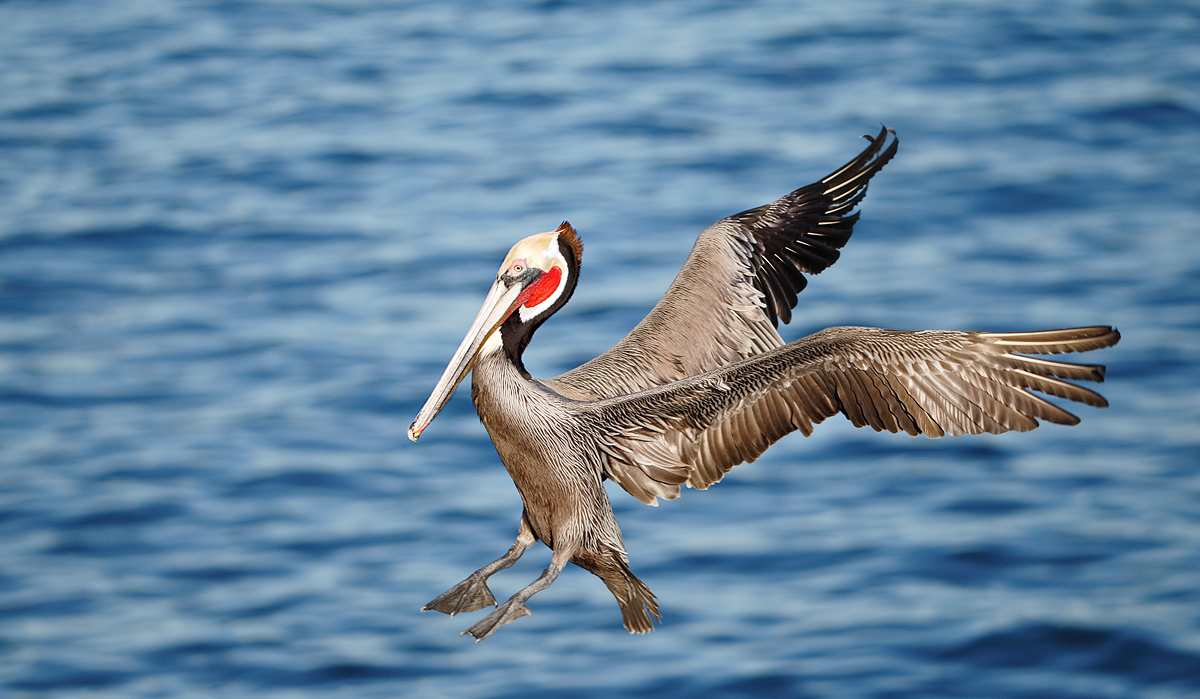
|
|
This landing Brown Pelican was photographed with the Canon EF 200-400mm f/4L IS USM Lens with Internal 1.4x Extender (hand held with the internal TC in place at 320mm) and the Canon EOS-1D X. ISO 800. Evaluative metering +1/3 stop: 1/2500 sec. at f/5.6 in Av mode.
Central Sensor/AI Servo–Rear Focus AF on the top of the bird’s head active at the moment of exposure. Click here to see the latest version of the Rear Focus Tutorial. Click on the image to see a larger version.
The 200-400 is an incredibly effective flight photography lens. Being able to frame each image by zooming in or out as needed with the 200-400 is a huge advantage over a fixed focal length lens.
|
300 f/2.8L IS or 200-400 f/4L IS with Internal TC/Which is the best lens?
During the week before I left for San Diego I received several e-mails asking straight up, if you had to choose between the two, which is a better lens for bird photography, the Canon EF 300mm f/2.8L IS II USM ($7,099) or the Canon EF 200-400mm f/4L IS USM Lens with Internal 1.4x Extender ($11,299).
My initial thoughts were that the answer depended on what you photographed and where you lived. But after the San Diego trip I reached a definitive conclusion. Before we get there let’s take a look at some of the determining factors.
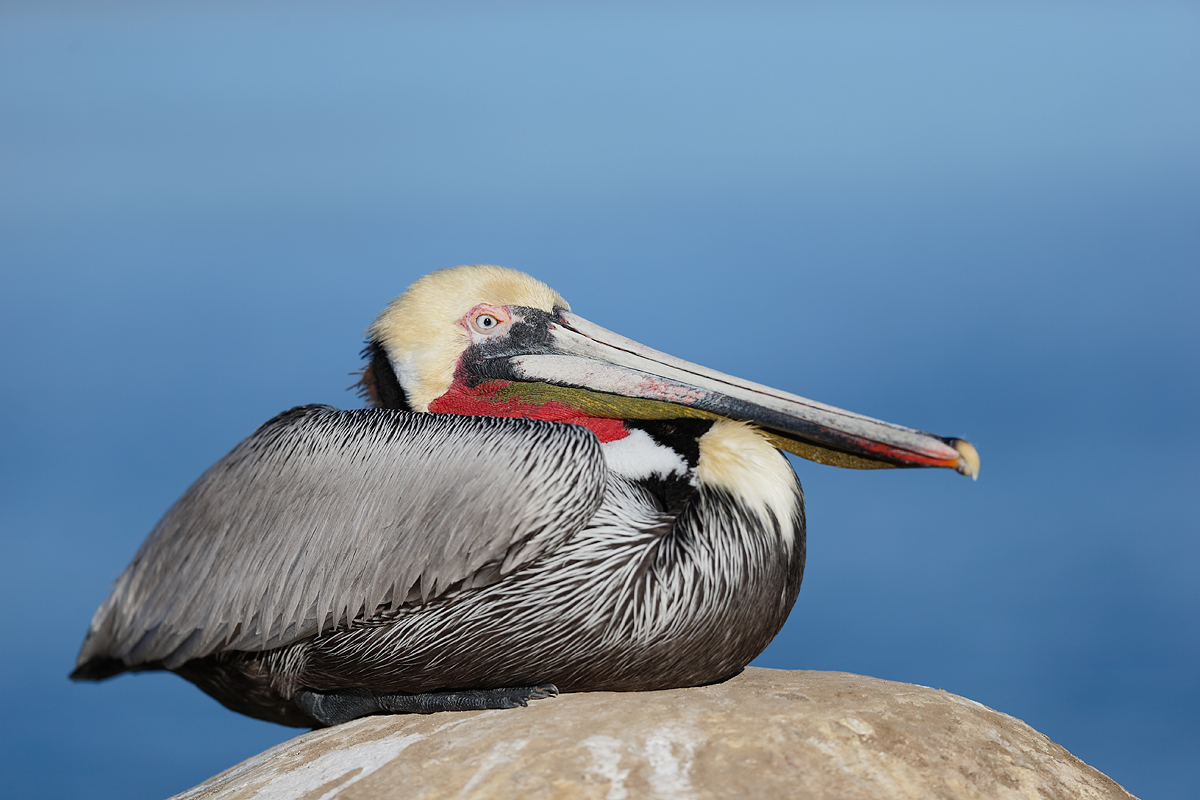
|
|
This resting Brown Pelican image was created with the Canon EF 300mm f/2.8L IS II USM lens and the Canon EOS-1D X. ISO 200. Evaluative metering +1/3 stop: 1/? sec. at f/? Manual mode.
Note: the original ISO 400 was a typo :(. ISO 200 is now correct…
Central Sensor/AI Servo–Rear Focus AF on the top of the bird’s head active at the moment of exposure. Click here to see the latest version of the Rear Focus Tutorial. Click on the image to see a larger version.
Here the framing was controlled by human zooming, by moving in or back, by changing the distance to the subject.
Image Questions:
#1: judging by the depth-of-field what do you think the aperture was for this image?
#2: once you have figured out the aperture, take a stab at the shutter speed.
|
Cost: the 300 f/2.8 II costs more than $4,000 less than the 200-400. Advantage: 300 II.
Weight: the edge here goes to the 300 II that tips the scales at 5.19 pounds as compared to the heftier 200-400 that weighs 7.98 pounds. That is more than 2 1/2 pounds less than the 200-400. And the 2-4 is only only about 2/3 pound lighter than the 600 f/4L IS II. Advantage: 300 II.
Ease of traveling by air: again the edge here clearly goes to the 300 II as its somewhat smaller size and its lighter weight makes it easier to pack and to transport. Advantage: 300 II.
Ease of hand holding: again the advantage clearly goes to the 300 II as its somewhat smaller size and its lighter weight makes it easier to hand hold for flight, action, and static subject photography. Advantage: 300 II.
Speed: as an f/2.8 lens the 300 II has it all over the 200-400 f/4 when it comes to light gathering capabilities. Advantage: 300 II.
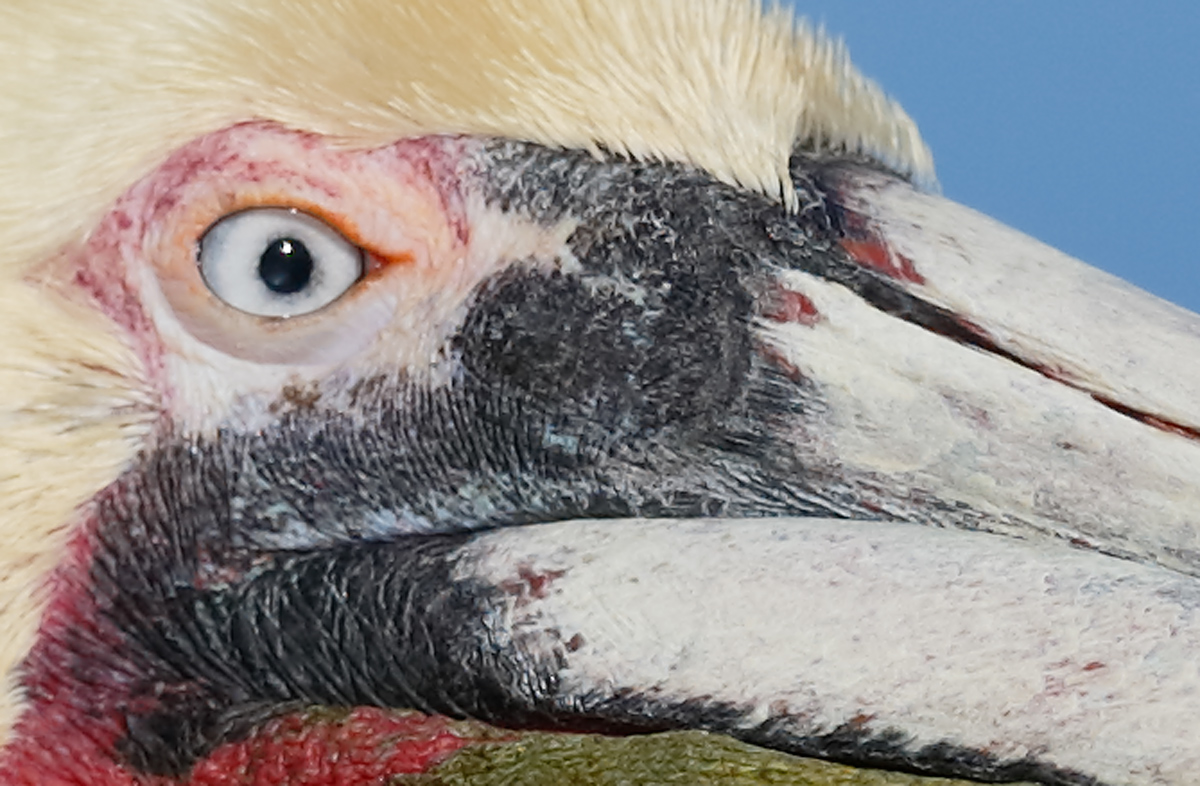
|
|
This is an unsharpened 200% crop of the image above that was created with the 300 II at an unknown aperture.
Image Question
How would you judge the sharpness?
|
Sharpness: I’d have to rate both of these amazing lenses as superbly sharp with the edge going to the 300 as just a bit sharper than the 200-400. That said each of the two lenses in question is remarkably sharp with or without teleconverters. Do note that the 300 II can be used with either the 1.4X III or the 2X III TC. From where I sit there is no reason to use the 2X TC III TC with the 200-400. Engaging the TC and then adding an external 1.4X III TC is the equivalent of having a 1.96X TC in place. When working with the 200-400 and an external TC mounted the best strategy for getting back to 280-560 is to disengage the internal TC. Valuable time will be lost by removing the external TC. You must of course take the time to remove the external should you wish to work between 200 and 400mms.
Slight Advantage: 300 II.
Maximum Reach
The 300 II/2X TC gets you out to 600mm at f/5.6. The 200-400 with both the internal and extrenal TCs in place gets you out to 798mm.
Advantage: 200-400.
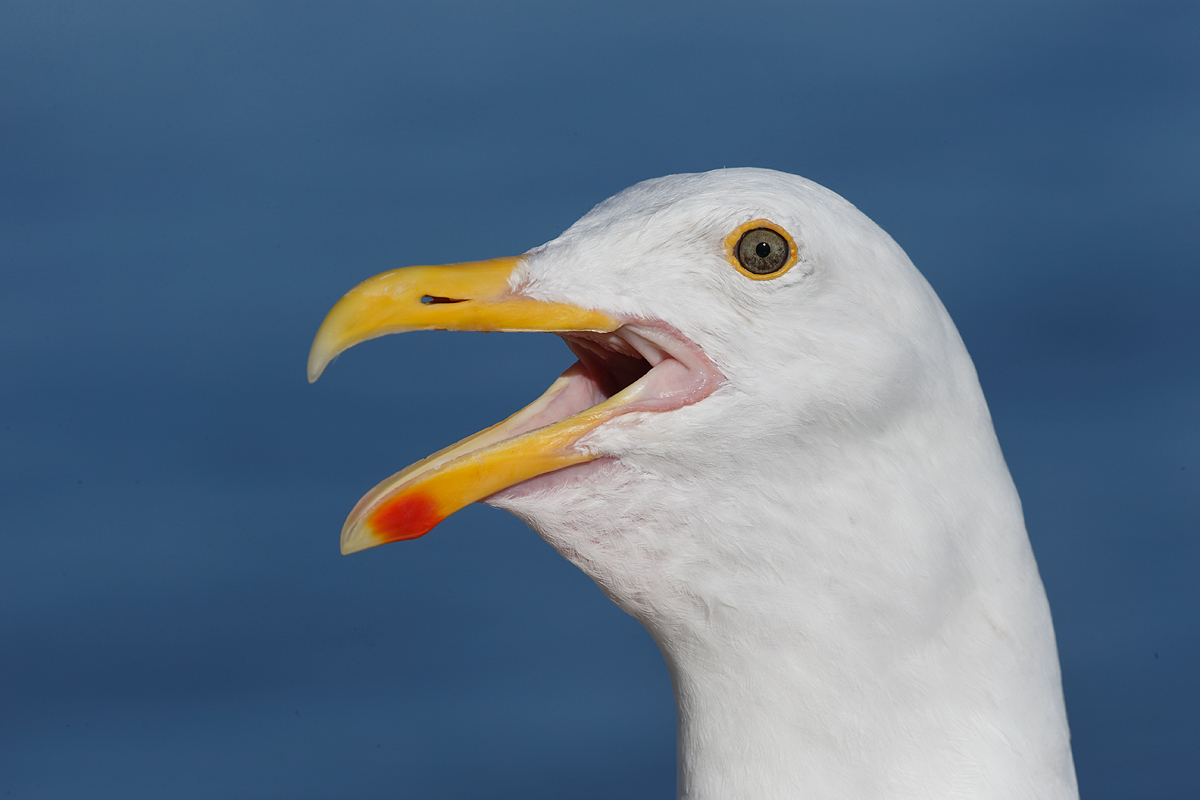
|
|
This screaming Western Gull image was created with the Canon EF 200-400mm f/4L IS USM Lens with Internal 1.4x Extender (hand held with the internal TC in place at 560mm) and the Canon EOS-1D X. ISO 400. Evaluative metering -1/3 stop: 1/1000 sec. at f/13 in Manual mode.
Central Sensor/AI Servo–Rear Focus AF on the bottom of the gape active at the moment of exposure. Click here to see the latest version of the Rear Focus Tutorial. Click on the image to see a larger version.
Here I simply engaged the internal TC, zoomed to the longeest focal length, and began creating tight head portraits.
|
The Trump Card
Versatility: the 300 II is quite a versatile lens. With the 1.4X III TC you have a very nice 420mm f/4 lens. Adding the 2X III TC yields a sharp, hand hold-able 600mm f/5.6 lens. That gives you three focal lengths: 300, 420, and 600. With the 200-400 as it comes out of the box, you have of course a 200-400mm f/4 zoom lens that can, by simply engaging the internal 1.4X TC be almost instantly transformed into at 280-560mm f/5.6 zoom lens. That gives you coverage from 200-560mm. And by adding an external 1.4X TC with the internal TC engaged, you have a lethally sharp 392-784mm f/8 lens. So with an extra TC in your pocket you will have a 200-784mm zoom lens at your disposal. With both TCs in place, I will most often be working on a tripod. And yes, the Mongoose M3.6 is perfect for the 200-400 f/4L IS with Internal Extender. Huge Advantage: 200-400.
My Conclusions
Though the 300 f/2.8L IS II lens came out ahead in 6 of the 8 categories and though it is a superbly sharp lens that served me very well on fairly recent trips to Japan and the Southern Ocean, I must give the overall nod to the 200-400 with Internal TC because of its amazing versatility and its great maximum reach. That said, be assured that in the hands of a competent nature photographer the 300 II along with both TCs is also a very deadly weapon….
The turning point in my thinking process was that in San Diego when I had a choice between the 300 II and the 200-400 I always reached for the 2-4….
If you are motivated to purchase either one of these great lenses because of what you have learned here, please do use either our B&H or Amaazon affiliate links; doing so will not cost you one penny more and would be greatly appreciated by yours truly.
Blessed
I am of course doubly blessed to own both of these great lenses and to travel with them regularly to some of the world’s most wonderful bird and wildlife photography destinations.
Don’t Forget
Please don’t forget that I had my 600 II in San Diego and used it often with either the 1.4X III or the 2X III teleconverter every day of the trip; it is very rare that I go anywhere without my 600 II….
Your Favorite?
Please take a moment to leave a comment and let us know which of the images here is your favorite. Be sure to let us know why.
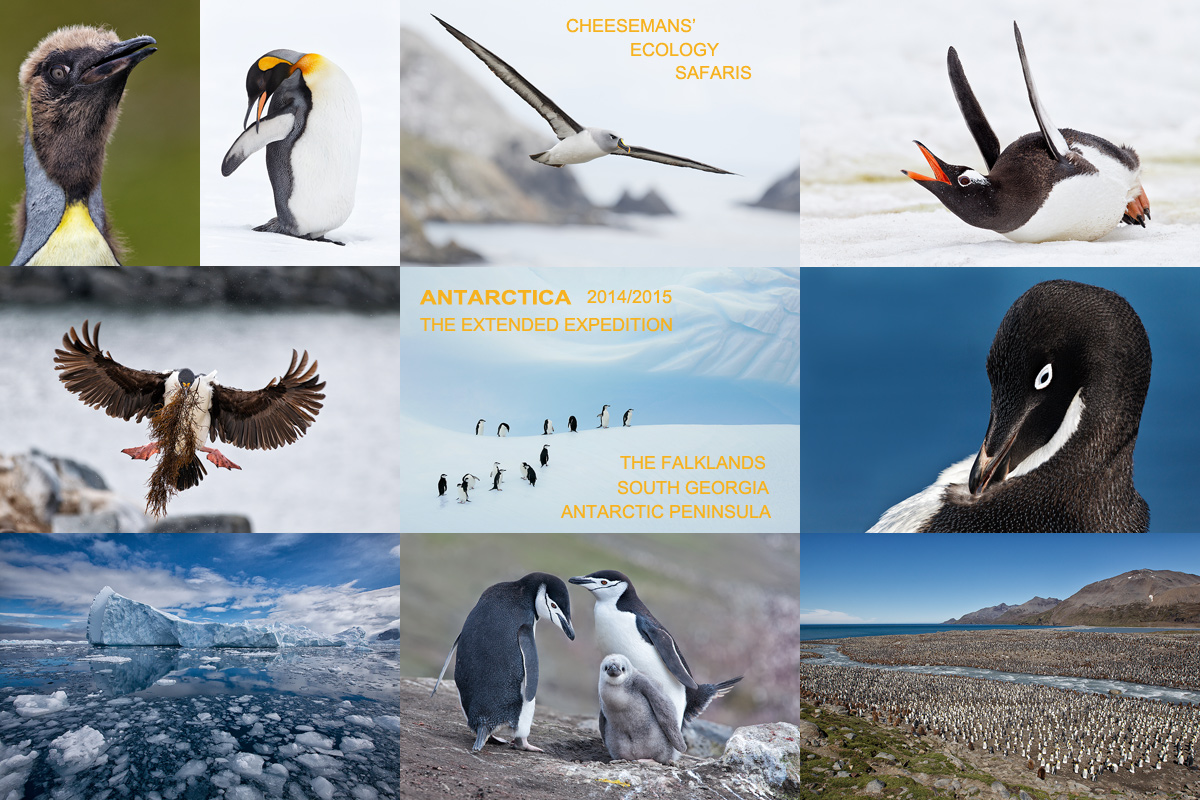
|
|
Breathe deeply, bite the bullet, and live life to its fullest; we all get only one ride on the merry-go-round… Join me on this great trip.
Click on the image to enjoy a larger version.
|
The Southern Ocean…
There has already been a ton of interest including that from some long time wonderful Happy Camper BIRDS AS ART folks. Mulitple-IPT veteran Michael Viljoen of South Afirca has already committed to making the trip with his son. He and lovely, smiling wife Lyndsey were with me on the memorable and wonderful October 2012 Cheesemans’ South Georgia Expedition. Repeat-clients–I like to call them recidivists–are a good sign that you are doing something right.
Click here for complete details. If you are seriously interested please shoot me an e-mail for the trip link.
Support the BAA Blog. Support the BAA Bulletins: Shop B&H here!
This Bulletin took about 12 hours to prepare
We want and need to keep providing you with the latest free information, photography and Photoshop lessons, and all manner of related information. Show your appreciation by making your purchases immediately after clicking on any of our B&H or Amazon Affiliate links in this blog post. Remember, B&H ain’t just photography!


 


Amazon
Everyone buys something from Amazon, be it a big lens or deodorant. Support the blog by starting your search by starting your search by clicking on the logo-link below. No purchase is too small to be appreciated; they all add up. Why make it a habit? Because I make it a habit of bringing you new images and information on an almost daily basis.
Typos
In all blog posts and Bulletins, feel free to e-mail or to leave a comment regarding any typos, wrong words, misspellings, omissions, or grammatical errors. Just be right. 🙂
IPT Info
Many of our great trips are filling up. See especially info on the South Florida, Holland, and Nickerson Beach IPTs. Two great leaders on most trips ensure that you will receive individual attention, have all of your questions answered, and learn a ton including how to think like a pro, see the situation, and get the right exposure every time. In addition you will have fun, and make lots of great images. Click here for IPT details and general information.
January 18th, 2014 The Streak…
When I got back to the room last night after a great session of Wood Duck photography I was feeling quite ill, fighting a cold. I climbed into bed at 7:11pm, read for a while, and then conked out. I had set the alarm for 2:45am. I awoke at 1:11am feeling rested, read for a while, and then began packing. I started working on this blog post yesterday afternoon and am finishing it while waiting for the first of my two flights to Orlando on Southwest.
This post marks 53 days in a row with a new educational blog post, a record by far that should be extended for at least another week or two. Or not. 🙂 To show your appreciation, we ask that use our B&H and Amazon affiliate links for all of your B&H and Amazon purchases. Please check the availability of all photographic accessories in the BIRDS AS ART Online Store. We sell only what I use and depend on. We will not sell you junk. We know what you need to make creating great images easy and fun. And we are always glad to answer your gear questions via e-mail.
You can find the following items in the store: Gitzo tripods, Mongoose M3.6 and Wimberley heads, plates, low feet, and accessories, flash brackets, , Delkin e-film Pro Compact Flash Cards, LensCoat products, and our unique line-up of educational materials including ABP I & II, Digital Basics, Site and Set-up e-Guides, Canon and Nikon Camera Users and AF e-Guides, and MP-4 Photoshop video tutorials among others.
We would of course appreciate you using our B&H and Amazon affiliate links for all of your B&H and Amazon major gear, video, electronic, household, and personal purchases. For the photographic stuff mentioned above we would of course great appreciate your business.
Thanks and enjoy today’s blog post!
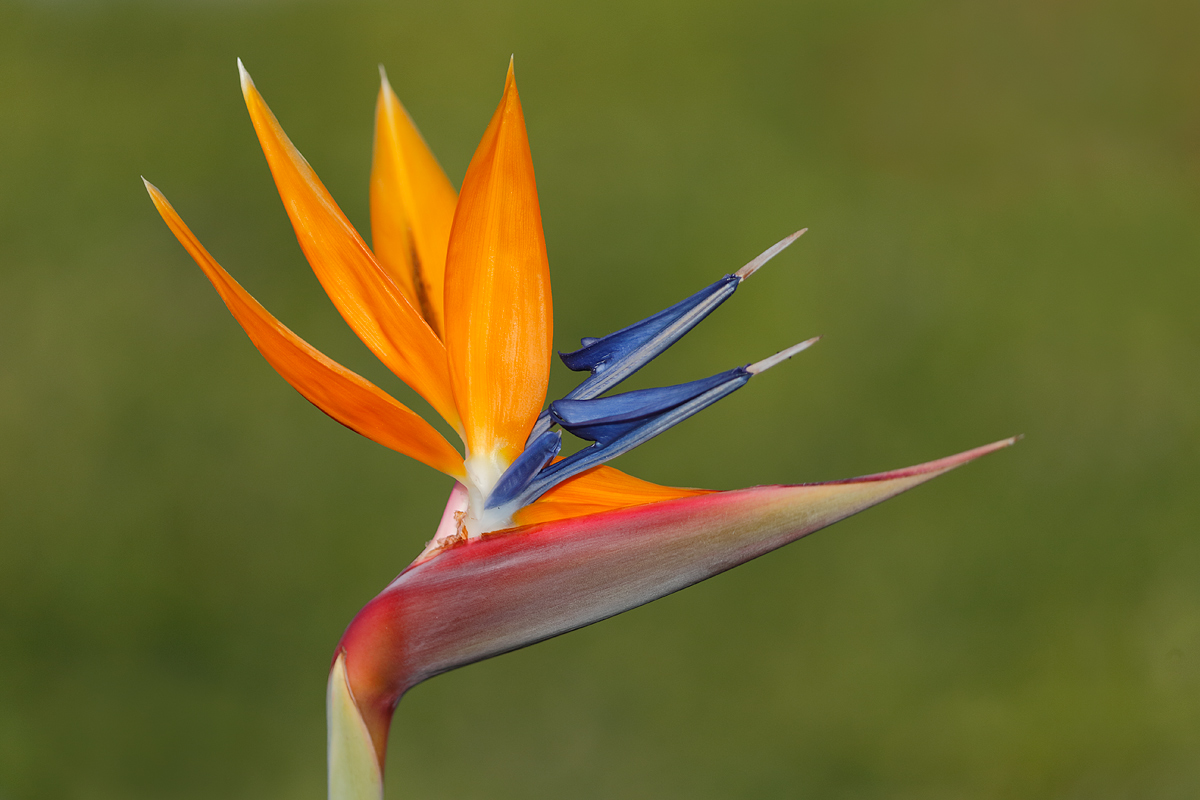
|
|
This flower image was created with the Canon EF 200-400mm f/4L IS USM Lens with Internal 1.4x Extender (hand held with the internal TC in place at 377mm) and the Canon EOS-1D X. ISO 400. Evaluative metering +1/3 stop as framed: 1/2000 sec. at f/5.6 in Av mode.
Central Sensor/AI Servo/Surround–Rear Focus AF as framed active at the moment of exposure. Click here to see the latest version of the Rear Focus Tutorial. Click on the image to see a larger version.
|
A Different Kind of Bird Photography…
We were at the guaranteed can’t miss Lesser Scaup spot that is detailed in the San Diego Site Guide. The only problem is that there were no ducks at all…. We did, however, find a stand of bird-of-paradise flowers. Most were well past their prime but with some careful searching we were able to find a few nice blossoms in pretty close to pristine condition. Most were in impossible spots. But not all. To create the image above I wove a few background stalks out of the way without damaging any of the plants. We took turns photographing the best blossom. A variety of backgrounds were possible so it was important to choose your perspective carefully. And each background created a different exposure challenge. In short, it was an ideal teaching situation.
The different birds were bird of paradise blossoms.
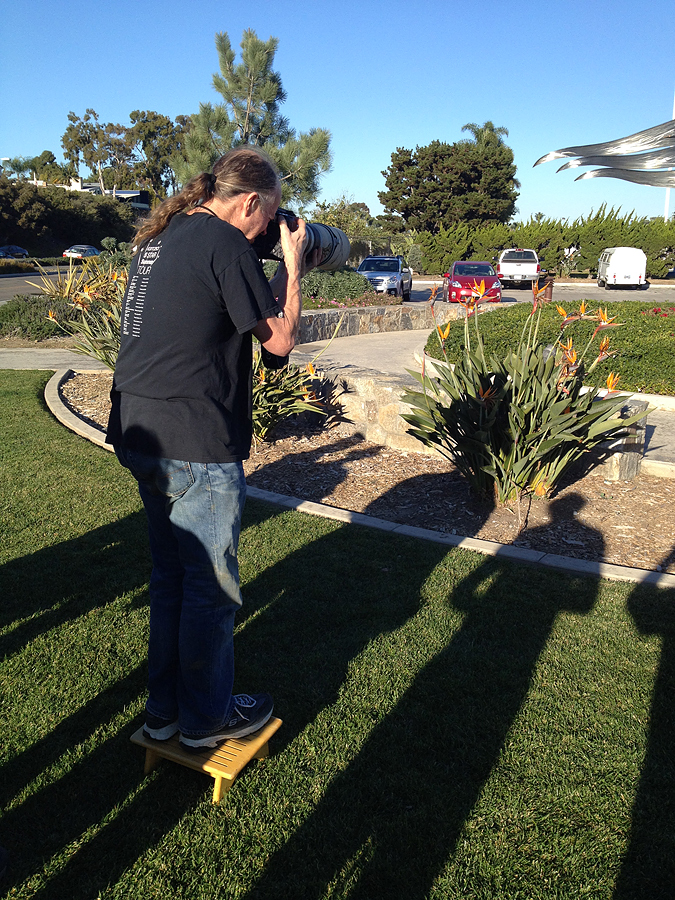
|
|
Image copyright and courtesy of Brian Willis, a participant on the San Diego Short Notice IPT.
|
Why?
Why was I standing on the small step stool while creating the blog-opening image?
Note
Note that my shadow is pointing directly at the subject.
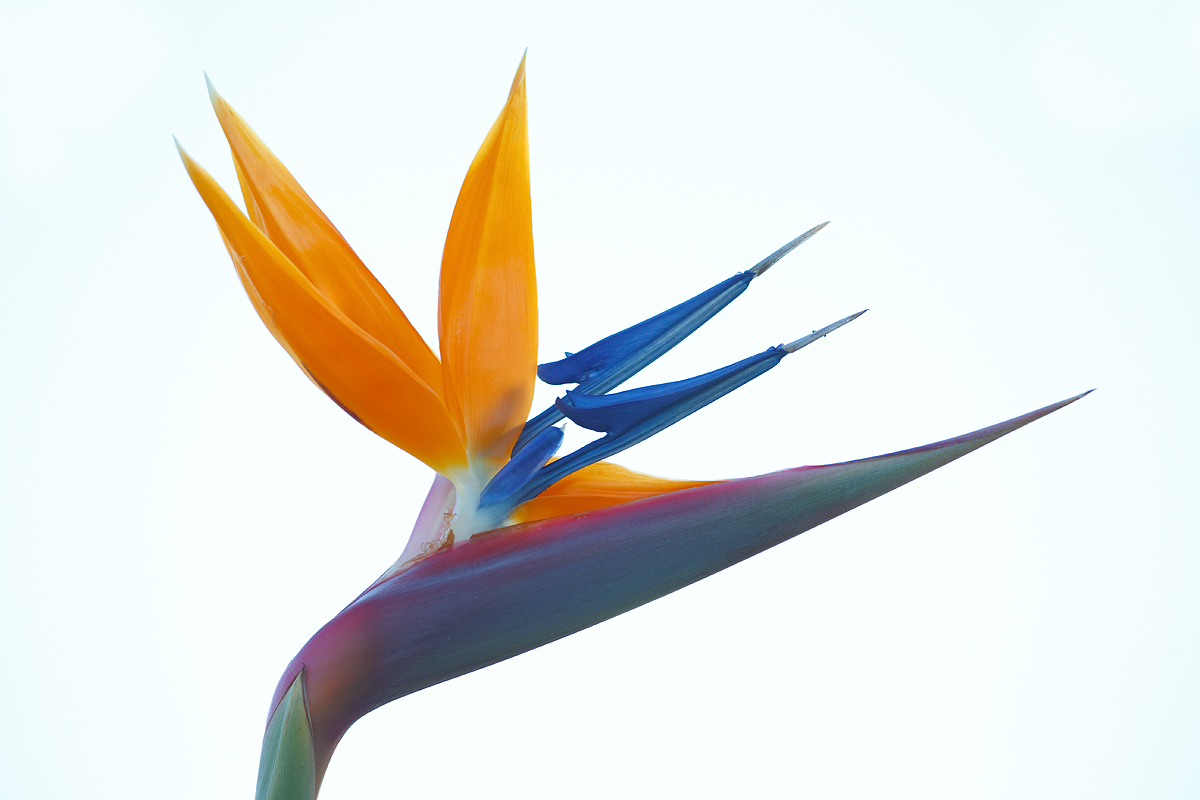
|
|
This image of the same flower was created with the Canon EF 200-400mm f/4L IS USM Lens with Internal 1.4x Extender (hand held with the internal TC in place at 377mm) and the Canon EOS-1D X. ISO 400. Evaluative metering +2 1/3 stops as framed: 1/320 sec. at f/7.1 in Av mode.
Two sensors to the left of the Central Sensor/AI Servo/Surround–Rear Focus AF as framed active at the moment of exposure. Click here to see the latest version of the Rear Focus Tutorial. Click on the image to see a larger version.
|
Brilliant Idea 🙂
I have said countless times that 95% of the flower images ever created when the sun is out at full strength could have been improved by shading the flower. Brian came to the rescue by using his baseball cap to shade the flower.
Image Questions
Why did I add 2 1/3 stops of light for the image above while only adding 1/3 stop to the opening image?
Why did I work wide open when creating the blog-opening image?
Why did I stop down to f/7.1 for the image above?
What was the background in the second image?
Your Favorite?
Please take a moment to leave a comment and let us know which of the two images here you like best. Be sure to let us know why.
The Image Optimization
I had had a bit of a problem framing the image properly while standing atop the small step stool. Choosing a sensor to the left of the central sensor as I did for the high key image would have been a better choice… First I moved the flower left in the frame using techniques detailed in APTATS II; the whole thing took about 30 seconds. Mention this blog post and Jim will be glad to apply a $10 discount on your APTATS II purchase with phone orders only.
Next I had to deal with removing some specular highlights, cleaning the white crud on the edge of the left-most petal. and cleaning up a few of the other petals. All of the above of course as detailed in my Digital Basics File, an instructional PDF that is sent via e-mail. It includes my complete digital workflow, dozens of great Photoshop tips, several different ways to expand canvas, all of my time-saving Keyboard Shortcuts, Quick Masking, Layer Masking, and NIK Color Efex Pro basics, my killer image clean-up techniques, Digital Eye Doctor, and tons more.
Support the BAA Blog. Support the BAA Bulletins: Shop B&H here!
This Bulletin took about 12 hours to prepare
We want and need to keep providing you with the latest free information, photography and Photoshop lessons, and all manner of related information. Show your appreciation by making your purchases immediately after clicking on any of our B&H or Amazon Affiliate links in this blog post. Remember, B&H ain’t just photography!


 


Amazon
Everyone buys something from Amazon, be it a big lens or deodorant. Support the blog by starting your search by starting your search by clicking on the logo-link below. No purchase is too small to be appreciated; they all add up. Why make it a habit? Because I make it a habit of bringing you new images and information on an almost daily basis.
Typos
In all blog posts and Bulletins, feel free to e-mail or to leave a comment regarding any typos, wrong words, misspellings, omissions, or grammatical errors. Just be right. 🙂
IPT Info
Many of our great trips are filling up. See especially info on the South Florida, Holland, and Nickerson Beach IPTs. Two great leaders on most trips ensure that you will receive individual attention, have all of your questions answered, and learn a ton including how to think like a pro, see the situation, and get the right exposure every time. In addition you will have fun, and make lots of great images. Click here for IPT details and general information.
January 17th, 2014 The Streak…
This blog post marks 52 days in a row with a new educational blog post, a record by far that should be extended for at least another week or two. Or not. 🙂 To show your appreciation, we ask that use our B&H and Amazon affiliate links for all of your B&H and Amazon purchases. Please check the availability of all photographic accessories in the BIRDS AS ART Online Store. We sell only what I use and depend on. We will not sell you junk. We know what you need to make creating great images easy and fun. And we are always glad to answer your gear questions via e-mail.
You can find the following items in the store: Gitzo tripods, Mongoose M3.6 and Wimberley heads, plates, low feet, and accessories, flash brackets, , Delkin e-film Pro Compact Flash Cards, LensCoat products, and our unique line-up of educational materials including ABP I & II, Digital Basics, Site and Set-up e-Guides, Canon and Nikon Camera Users and AF e-Guides, and MP-4 Photoshop video tutorials among others.
We would of course appreciate you using our B&H and Amazon affiliate links for all of your B&H and Amazon major gear, video, electronic, household, and personal purchases. For the photographic stuff mentioned above we would of course great appreciate your business.
Thanks and enjoy today’s blog post!
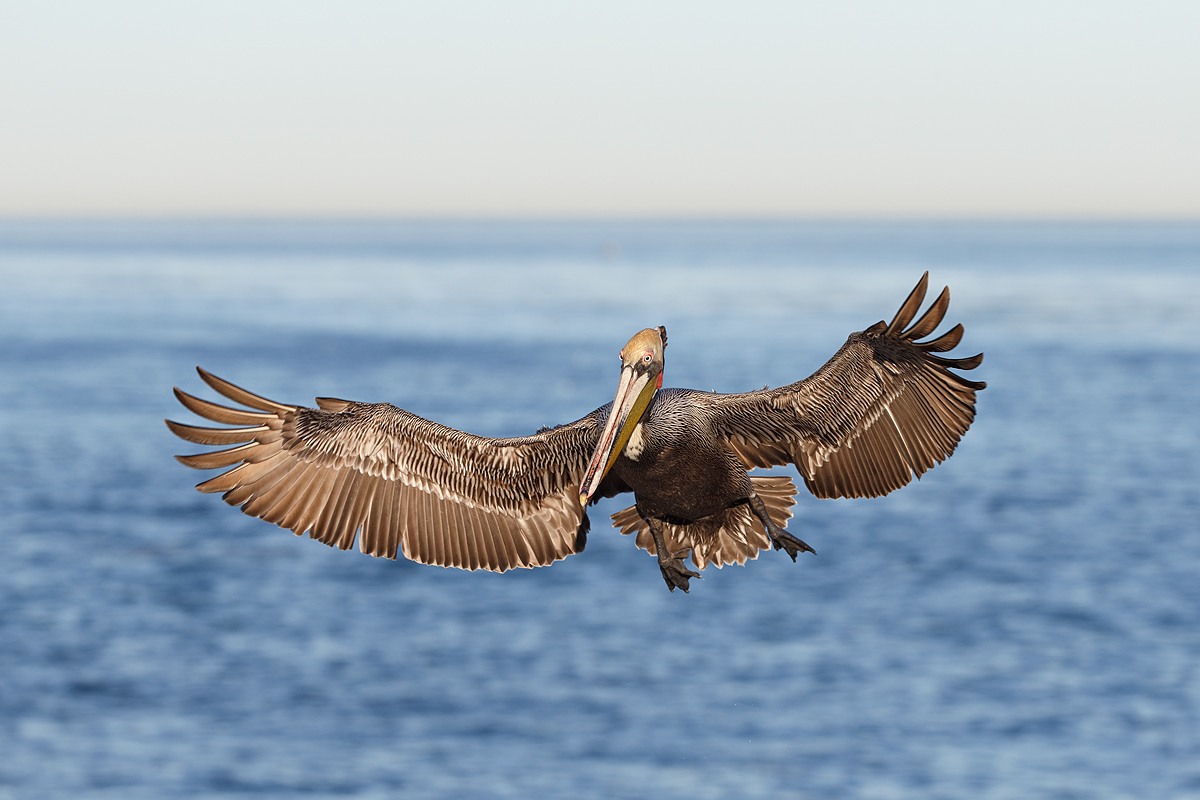
|
|
This Brown Pelican image was created with the Canon EF 200-400mm f/4L IS USM Lens with Internal 1.4x Extender (hand held at 217mm) and the Canon EOS-1D X. ISO 400. Evaluative metering +2/3 stop off the light blue sky: 1/2000 sec. at f/5.6 in Manual mode.
Central Sensor/AI Servo Rear Focus AF on the top of the bird’s breast (on the same plane as the eye) active at the moment of exposure. There were 3 sensors active on the upper back and the bottom of the neck. Click here to see the latest version of the Rear Focus Tutorial. Be sure to click on the image to see a larger version.
Yesterday, with the birds flying relatively consistent flight paths, I experimented with using central sensor only as opposed to Surround for my flight photography as recommended by Jim Neiger in his great eGuide, Flight Plan.
|
The Prelude
In the two images here we see the great versatility of the Canon EF 200-400mm f/4L IS USM Lens with Internal 1.4x Extender: great for hand held flight photography and great on a tripod for tight portraits with the Internal TC in place. And adding an external TC gets you out to 784mm….
I have received several e-mails asking which is the better lens, the Canon EF 300mm f/2.8L IS II USM lens or the Canon EF 200-400mm f/4L IS USM Lens with Internal 1.4x Extender. At first I thought that this was a tough question. But I have reached a definitive conclusion. I will be sharing my revelations with you here soon.
61-Point AF
I have been using 61-Point AF for many of my vertical images on the cliffs over the past few days. With both the 1D X and the 5D Mark III you can set up your cameras with one AF Area Selection Mode for horizontals and a different AF Area Selection Mode for verticals. The cameras recognize whether you are holding them horizontally or vertically. You can learn how to do this in either our 1D X AF Guide or our 5D Mark III User’s Guide. Along with dozens of other great tips.
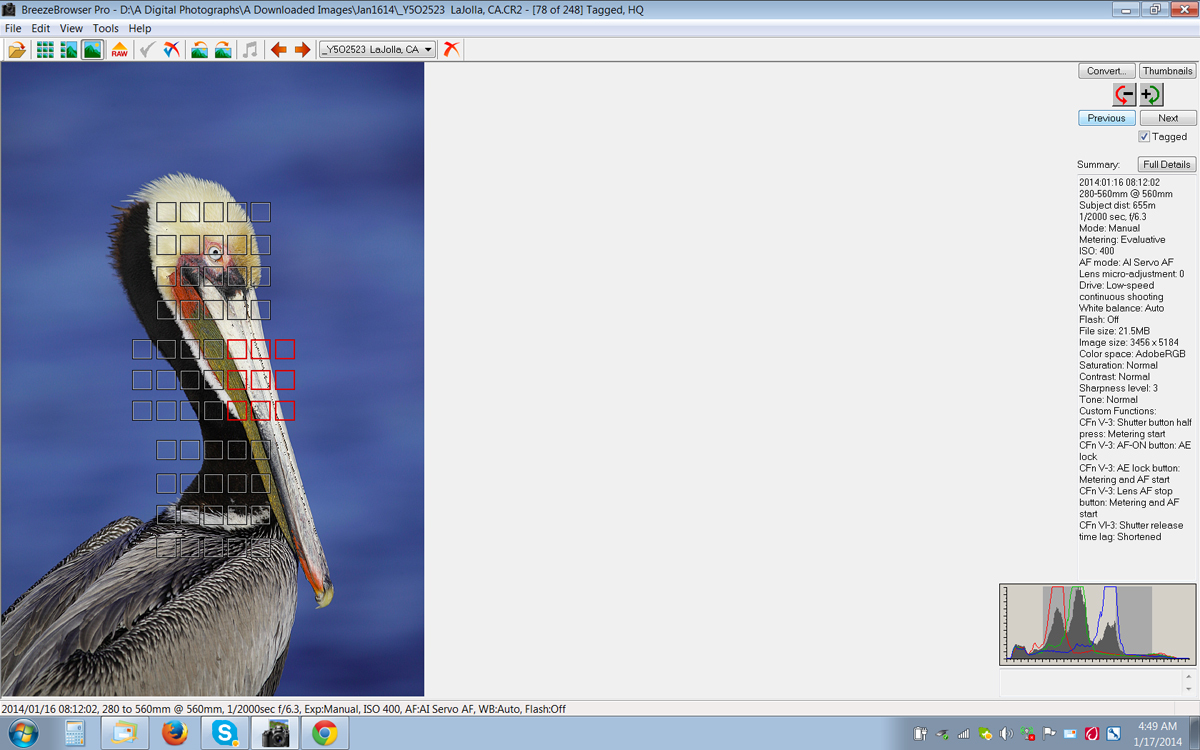
|
|
This is a BreezeBrowser Main View screen capture. Learn more below.
|
BreezeBrowser
Above is the BreezeBrowser Main View screen capture for the vertical pelican image. The illuminated red squares on the bird’s bill indicates that 9 AF sensors were active at the moment of exposure. Make sure to check Show Focus Points under View to activate this feature. To see the focus points in DPP check AF Point under View or hit Alt L.
Regular readers know that I use and depend on BreezeBrowser every day of the year. It allows me to sort my keepers and deletes the rejects faster than any other browsing program. We use it on the main computer in the home office to catalog our images file-drawer style. And the companion program, Downloader Pro, allows me to download my images quickly and conveniently. It automatically adds my IPTC data and the shooting location. I have it set up to create a folder named by the Month/date/year. The Breezebrowser/Downloader Pro combo saves me many hours each week. To learn earn more or to purchase this great PC/Windows-only program, click here.
Note also the histogram that shows the highlight data well into the fifth box…. Expose to the right. Learn more about exposure in the Two-Book Bundle here.
Your Favorite?
Please take a moment to leave a comment and let us know which of the two images here you like best. Be sure to let us know why.

|
|
Breathe deeply, bite the bullet, and live life to its fullest; we all get only one ride on the merry-go-round… Join me on this great trip.
Click on the image to enjoy a larger version.
|
The Southern Ocean…
There has already been a ton of interest including that from some long time wonderful Happy Camper BIRDS AS ART folks. Mulitple-IPT veteran Michael Viljoen of South Afirca has already committed to making the trip with his son. He and lovely, smiling wife Lyndsey were with me on the memorable and wonderful October 2012 Cheesemans’ South Georgia Expedition. Repeat-clients–I like to call them recidivists–are a good sign that you are doing something right.
Click here for complete details. If you are seriously interested please shoot me an e-mail for the trip link.
Support the BAA Blog. Support the BAA Bulletins: Shop B&H here!
This Bulletin took about 12 hours to prepare
We want and need to keep providing you with the latest free information, photography and Photoshop lessons, and all manner of related information. Show your appreciation by making your purchases immediately after clicking on any of our B&H or Amazon Affiliate links in this blog post. Remember, B&H ain’t just photography!


 
Amazon
Everyone buys something from Amazon, be it a big lens or deodorant. Support the blog by starting your search by starting your search by clicking on the logo-link below. No purchase is too small to be appreciated; they all add up. Why make it a habit? Because I make it a habit of bringing you new images and information on an almost daily basis.
Typos
In all blog posts and Bulletins, feel free to e-mail or to leave a comment regarding any typos, wrong words, misspellings, omissions, or grammatical errors. Just be right. 🙂
IPT Info
Many of our great trips are filling up. See especially info on the South Florida, Holland, and Nickerson Beach IPTs. Two great leaders on most trips ensure that you will receive individual attention, have all of your questions answered, and learn a ton including how to think like a pro, see the situation, and get the right exposure every time. In addition you will have fun, and make lots of great images. Click here for IPT details and general information.
January 16th, 2014 The Streak Continues…
This blog post marks 51 days in a row with a new educational blog post, a record by far that should be extended for at least another week or two. Or not. 🙂 To show your appreciation, we ask that use our B&H and Amazon affiliate links for all of your B&H and Amazon purchases. Please check the availability of all photographic accessories in the BIRDS AS ART Online Store. We sell only what I use and depend on. We will not sell you junk. We know what you need to make creating great images easy and fun. And we are always glad to answer your gear questions via e-mail.
You can find the following items in the store: Gitzo tripods, Mongoose M3.6 and Wimberley heads, plates, low feet, and accessories, flash brackets, , Delkin e-film Pro Compact Flash Cards, LensCoat products, and our unique line-up of educational materials including ABP I & II, Digital Basics, Site and Set-up e-Guides, Canon and Nikon Camera Users and AF e-Guides, and MP-4 Photoshop video tutorials among others.
We would of course appreciate you using our B&H and Amazon affiliate links for all of your B&H and Amazon major gear, video, electronic, household, and personal purchases. For the photographic stuff mentioned above we would of course great appreciate your business.
Thanks and enjoy today’s blog post!
Universal Advice for Better Bird and Wildlife Photography with Zoom Lenses
Here is the best advice for better bird and wildlife photography with intermediate telephoto zoom lenses that you will ever get: zoom wider. The desire to fill the frame with our subject is ingrained in all of us. You need to learn to fight the urge to zoom in. Frame loosely to ensure not clipping part of the birds in flight or the animals in action. We all get greedy and wind up losing potentially spectacular images.
While scouting on Tuesday for the San Diego Short Notice IPT we enjoyed about 15 minutes where many of the birds remaining on the cliffs were doing head throws every few minutes. The head throws, which offer spectacular photographic opportunities, are thought to be a form of intra-flock communication. Even though I was using the 200-400 with Internal TC I kept clipping the end of the bill. Finally, I gave myself a lecture: zoom wider! With the two images here, listening to my own advice saved the day.
The Tighter Head Throw Image
For me, being on a tripod when trying for head throw images with the 200-400 is imperative. Holding this relatively heavy lens in place while hoping for a head throw–they do not do them often–is simply not feasible for Mr. Famous Bird Photographer. And if you hold the lens in a rest position until the action begins and plan on raising it and framing the image quickly, most folks will find doing so difficult at best.
I nearly clipped this one and needed to move the bird down in the frame while effectively extending extending canvas above and creating a tall, skinny image that I feel works well here. I used the techniques detailed in APTATS II; the whole thing took about 90 seconds. Mention this blog post and Jim will be glad to apply a $10 discount on your APTATS II purchase with phone orders only.
Exposing to the Right
In the animated GIF above, note how light the original image is. I exposed to the right just to the point of getting a few blinkies on the silver feathers. I used a 15% Multiply Blending Mode layer to darken the image. And not much else besides a small crop from the left and from above. The high quality pixel-rich files of today’s digital camera bodies allow sharp images to easily stand up to even healthy crops.
Your Favorite?
Please take a moment to leave a comment and let us know which of the two images here you like best. Be sure to let us know why.

|
|
Breathe deeply, bite the bullet, and live life to its fullest; we all get only one ride on the merry-go-round… Join me on this great trip.
Click on the image to enjoy a larger version.
|
The Southern Ocean…
There has already been a ton of interest including that from some long time wonderful Happy Camper BIRDS AS ART folks. Mulitple-IPT veteran Michael Viljoen of South Afirca has already committed to making the trip with his son. He and lovely, smiling wife Lyndsey were with me on the memorable and wonderful October 2012 Cheesemans’ South Georgia Expedition. Repeat-clients–I like to call them recidivists–are a good sign that you are doing something right.
Click here for complete details. If you are seriously interested please shoot me an e-mail for the trip link.
Support the BAA Blog. Support the BAA Bulletins: Shop B&H here!
This Bulletin took about 12 hours to prepare
We want and need to keep providing you with the latest free information, photography and Photoshop lessons, and all manner of related information. Show your appreciation by making your purchases immediately after clicking on any of our B&H or Amazon Affiliate links in this blog post. Remember, B&H ain’t just photography!


 
Amazon
Everyone buys something from Amazon, be it a big lens or deodorant. Support the blog by starting your search by starting your search by clicking on the logo-link below. No purchase is too small to be appreciated; they all add up. Why make it a habit? Because I make it a habit of bringing you new images and information on an almost daily basis.
Typos
In all blog posts and Bulletins, feel free to e-mail or to leave a comment regarding any typos, wrong words, misspellings, omissions, or grammatical errors. Just be right. 🙂
IPT Info
Many of our great trips are filling up. See especially info on the South Florida, Holland, and Nickerson Beach IPTs. Two great leaders on most trips ensure that you will receive individual attention, have all of your questions answered, and learn a ton including how to think like a pro, see the situation, and get the right exposure every time. In addition you will have fun, and make lots of great images. Click here for IPT details and general information.
January 15th, 2014 The Amazing Streak Continues; I Gotta be Nuts. 🙂
This blog post marks 50 days in a row with a new blog post, a record by far that should be extended for at least another week or two. Or not. 🙂 To show your appreciation, we ask that use our B&H and Amazon affiliate links for all of your B&H and Amazon purchases. Please check the availability of all photographic accessories in the BIRDS AS ART Online Store. We sell only what I use and depend on. We will not sell you junk. We know what you need to make creating great images easy and fun. And we are always glad to answer your gear questions via e-mail.
You can find the following items in the store: Gitzo tripods, Mongoose M3.6 and Wimberley heads, plates, low feet, and accessories, flash brackets, , Delkin e-film Pro Compact Flash Cards, LensCoat products, and our unique line-up of educational materials including ABP I & II, Digital Basics, Site and Set-up e-Guides, Canon and Nikon Camera Users and AF e-Guides, and MP-4 Photoshop video tutorials among others.
We would of course appreciate you using our B&H and Amazon affiliate links for all of your B&H and Amazon major gear, video, electronic, household, and personal purchases. For the photographic stuff mentioned above we would of course great appreciate your business.
Thanks and enjoy today’s blog post!
Finally…
Friday January 10, 2014 started off grey and drizzly. On that Saturday I was going to the American Museum of Natural History with my younger daughter Alissa and her younger son Idris. So Friday afternoon would–after many hours of fruitless walking and driving in search of a Snowy Owl–be my last chance to find and photograph a Snowy Owl. The rain quit just after lunch so I made the 50 minute ride to Jones Beach State Park and headed east out of the parking lot. I walked about a mile without seeing a living bird….
Finding the Bird
In the distance I saw the tall dune where I had met Tom Pfeifer and Jimmy G the previous afternoon. I almost decided to give up but after some thought continues on to the dune planning to scout east from there. As I was walking up the dune I saw just part of one wing as a large bird took off and flew east/northeast. Even though I barely saw the bird the slow wingbeats and large size convinced me that it was a Snowy Owl. After a short search I spotted it and created the three images here. Each was on a different dune.
Do note the three sharp images at 1200mm with shutter speeds of between 1/50 and 1/60 sec. Learn my advanced sharpness techniques in The Art of Bird Photography II (ABP II: 916 pages, 900+ images, on CD only). And tons more.
Your Favorite
Take a moment to leave a comment and let us know which of the three Snowy Owl images you like the best. And do let us know why. Thanks!
ps: I have a clear favorite; I will let you know in a few days which one I like and why.

|
|
Breathe deeply, bite the bullet, and live life to its fullest; we all get only one ride on the merry-go-round… Join me on this great trip.
Click on the image to enjoy a larger version.
|
The Southern Ocean…
There has already been a ton of interest including that from some long time wonderful Happy Camper BIRDS AS ART folks. Mulitple-IPT veteran Michael Viljoen of South Afirca has already committed to making the trip with his son. He and lovely, smiling wife Lyndsey were with me on the memorable and wonderful October 2012 Cheesemans’ South Georgia Expedition. Repeat-clients–I like to call them recidivists–are a good sign that you are doing something right.
Click here for complete details. If you are seriously interested please shoot me an e-mail for the trip link.
Last Year’s Grand Prize winning image by Lou Coetzer
Important Contest News
Contest Deadlines Extended!
BIRDS AS ART 2nd International Bird Photography Competition
New Entry Deadline: January 31, 2014; see additional details below
With so many folks signing up at the last minute and with so many folks having trouble uploading their images due to server overload the deadline for entering the contest (registering and paying) has been extended until January 31, 2014 and the deadline for uploading images has been extended until midnight Eastern time on February 10, 2014. Take advantage of this extension to have a crack at the great prizes.
Learn more and enter the BIRDS AS ART 2nd International Bird Photography Competition here. Twenty-five great prizes including the $1000 Grand Prize and intense competition. Bring your best.
Register and Pay
To register click here.
To learn of payment options, click here.
Support the BAA Blog. Support the BAA Bulletins: Shop B&H here!
This Bulletin took about 12 hours to prepare
We want and need to keep providing you with the latest free information, photography and Photoshop lessons, and all manner of related information. Show your appreciation by making your purchases immediately after clicking on any of our B&H or Amazon Affiliate links in this blog post. Remember, B&H ain’t just photography!


 
Amazon
Everyone buys something from Amazon, be it a big lens or deodorant. Support the blog by starting your search by starting your search by clicking on the logo-link below. No purchase is too small to be appreciated; they all add up. Why make it a habit? Because I make it a habit of bringing you new images and information on an almost daily basis.
Typos
In all blog posts and Bulletins, feel free to e-mail or to leave a comment regarding any typos, wrong words, misspellings, omissions, or grammatical errors. Just be right. 🙂
IPT Info
Many of our great trips are filling up. See especially info on the South Florida, Holland, and Nickerson Beach IPTs. Two great leaders on most trips ensure that you will receive individual attention, have all of your questions answered, and learn a ton including how to think like a pro, see the situation, and get the right exposure every time. In addition you will have fun, and make lots of great images. Click here for IPT details and general information.
January 14th, 2014 The Amazing Streak Continues; I Gotta be Nuts. 🙂
Woke at 3:30am in a San Diego hotel, getting ready to head to LaJolla for some pelican photography in less than an hour.
Today’s blog post marks 49 days in a row with a new blog post, a record by far that should be extended for at least another week or two. Or not. 🙂 To show your appreciation, we ask that use our B&H and Amazon affiliate links for all of your B&H and Amazon purchases. Please check the availability of all photographic accessories in the BIRDS AS ART Online Store. We sell only what I use and depend on. We will not sell you junk. We know what you need to make creating great images easy and fun. And we are always glad to answer your gear questions via e-mail.
You can find the following items in the store: Gitzo tripods, Mongoose M3.6 and Wimberley heads, plates, low feet, and accessories, flash brackets, , Delkin e-film Pro Compact Flash Cards, LensCoat products, and our unique line-up of educational materials including ABP I & II, Digital Basics, Site and Set-up e-Guides, Canon and Nikon Camera Users and AF e-Guides, and MP-4 Photoshop video tutorials among others.
We would of course appreciate you using our B&H and Amazon affiliate links for all of your B&H and Amazon major gear, video, electronic, household, and personal purchases. For the photographic stuff mentioned above we would of course great appreciate your business.
Thanks and enjoy today’s blog post!
Against All Odds…
- White-winged Scoter is an extremely difficult species to photograph. My first chances in 30+ years were at Shinnecock last week.
- Though conditions seemed to be perfect, a big swell from the southeast had large waves crashes against the jetty. This made it impossible to get low in the rocks. This left me farther from the birds….
- And several times when a big wave hit I needed to turn the lens away from the biggest splashes. And to make matters worse, I was working without the lens hood so that it was easier to control the lens in the strong north/northwest wind and to reduce vibrations.
- The forecast had been for southwest winds. With the winds strong from the north/northwest flight photography was very difficult.
- Worst of all, the sea ducks were bobbing up and down like corks in a hurricane. It was difficult to find them in the frame and almost impossible to keep them properly framed.
The Best Strategy in Nearly Impossible Situations
I find that for me, the very best strategy when things are difficult is to quit trying to make perfect images. If you wait until you have acquired AF and have the subject nicely framed when the birds are bobbing up and down constantly, you will likely never press the shutter button. Instead, simply fire at will. Get the bird somewhere in the frame, acquire focus, and push the shutter button. Do not worry about maintaining AF, and do not worry about the framing. Let;s call this “focus and fire.”
That exactly what I did to create the amazing image above. When I saw the image on the laptop I was stunned. I love the incredible sharpness of the eye and the face, the perfect exposure–see BAA Bulletin 454–coming soon, and the fact that you can see the white speculum that gives the bird its common name on the dorsal surface of the far wing. Be sure to click on the image to enjoy the spectacular larger version.
Image Questions
Why ISO 800 in bright sun?
Why -1/3 stop?

|
|
Breathe deeply, bite the bullet, and live life to its fullest; we all get only one ride on the merry-go-round… Join me on this great trip.
Click on the image to enjoy a larger version.
|
The Southern Ocean…
There has already been a ton of interest including that from some long time wonderful Happy Camper BIRDS AS ART folks. Mulitple-IPT veteran Michael Viljoen of South Afirca has already committed to making the trip with his son. He and lovely, smiling wife Lyndsey were with me on the memorable and wonderful October 2012 Cheesemans’ South Georgia Expedition. Repeat-clients–I like to call them recidivists–are a good sign that you are doing something right.
Click here for complete details. If you are seriously interested please shoot me an e-mail for the trip link.
Last Year’s Grand Prize winning image by Lou Coetzer
Important Contest News
Contest Deadlines Extended!
BIRDS AS ART 2nd International Bird Photography Competition
New Entry Deadline: January 31, 2014; see additional details below
With so many folks signing up at the last minute and with so many folks having trouble uploading their images due to server overload the deadline for entering the contest (registering and paying) has been extended until January 31, 2014 and the deadline for uploading images has been extended until midnight Eastern time on February 10, 2014. Take advantage of this extension to have a crack at the great prizes.
Learn more and enter the BIRDS AS ART 2nd International Bird Photography Competition here. Twenty-five great prizes including the $1000 Grand Prize and intense competition. Bring your best.
Register and Pay
To register click here.
To learn of payment options, click here.
Support the BAA Blog. Support the BAA Bulletins: Shop B&H here!
This Bulletin took about 12 hours to prepare
We want and need to keep providing you with the latest free information, photography and Photoshop lessons, and all manner of related information. Show your appreciation by making your purchases immediately after clicking on any of our B&H or Amazon Affiliate links in this blog post. Remember, B&H ain’t just photography!


 
Amazon
Everyone buys something from Amazon, be it a big lens or deodorant. Support the blog by starting your search by starting your search by clicking on the logo-link below. No purchase is too small to be appreciated; they all add up. Why make it a habit? Because I make it a habit of bringing you new images and information on an almost daily basis.
Typos
In all blog posts and Bulletins, feel free to e-mail or to leave a comment regarding any typos, wrong words, misspellings, omissions, or grammatical errors. Just be right. 🙂
IPT Info
Many of our great trips are filling up. See especially info on the South Florida, Holland, and Nickerson Beach IPTs. Two great leaders on most trips ensure that you will receive individual attention, have all of your questions answered, and learn a ton including how to think like a pro, see the situation, and get the right exposure every time. In addition you will have fun, and make lots of great images. Click here for IPT details and general information.
January 13th, 2014 The Streak Continues….
I am posting this from the Islip Airport. I awoke at 3:30am for my flights to San Diego for the now sold-out Short-Notice San Diego IPT. Man, those were four boring NFL games yesterday in stark comparison to last weekend’s four Wildcard thrillers.
Today’s blog post makes 48 in row, a record by far that should be extended for at least another week or two. Or not. 🙂 To show your appreciation, we ask that use our B&H and Amazon affiliate links for all of your B&H and Amazon purchases. Please check the availability of all photographic accessories in the BIRDS AS ART Online Store. We sell only what I use and depend on. We will not sell you junk. We know what you need to make creating great images easy and fun. And we are always glad to answer your gear questions via e-mail.
You can find the following items in the store: Gitzo tripods, Mongoose M3.6 and Wimberley heads, plates, low feet, and accessories, flash brackets, , Delkin e-film Pro Compact Flash Cards, LensCoat products, and our unique line-up of educational materials including ABP I & II, Digital Basics, Site and Set-up e-Guides, Canon and Nikon Camera Users and AF e-Guides, and MP-4 Photoshop video tutorials among others.
We would of course appreciate you using our B&H and Amazon affiliate links for all of your B&H and Amazon major gear, video, electronic, household, and personal purchases. For the photographic stuff mentioned above we would of course great appreciate your business.
Thanks and enjoy today’s blog post!
Not a Snowy Owl III: More Beautiful and Exciting than Bubo scandiacus?
I was nestled down in the jetty rocks at Shinnecock Inlet with the 600 II/2X III/1D X combo photographing all three scoter species, a few Common Eiders, and a Common Loon or two. I will share some of those images with you soon. The last thing that I did as I left the car was to grab a few slices of bread from the open loaf in the trunk. I figured that having a few gulls around would make the sea ducks feel more at home so every ten minutes or so I would toss out a few small pieces of King Kullen’s finest. Four or 5 young Herring Gulls appeared magically whenever I did so.
The sea duck photography was going well. Just as I tossed yet another scrap of bread a ghostly white gull appeared just 20 feet away; with its white primaries and small, rounded head I knew instantly that it was–along with Snowy Owl and Glaucous Gull–one of the target species for my trip. My pulse raced. I had seen only a handful of Iceland Gulls in my 30+ years of bird photography and my nearly 38 years of birding. But more than the rarity of the species it was the beauty of this bird that grabbed me. I am a sucker for young birds with their scalloped feather edgings. I quickly removed the 2X and went to work.
Notice that with the bird in the shade that I instinctively went Av mode +1 stop, a tried and true formula for a medium-sized in the frame white bird in shaded blue water. I made about 50 images of the bird before it flew off. This, my favorite, was–as so often happens–the first image that I created. Juvenile Herring Gulls are much darker overall ranging from very dark brown, sometimes almost looking nearly black, to dark brownish-grey to grey, depending on age and feather wear. The young Kumlien’s Iceland Gull was white by comparison. Kumlien’s is the race of Iceland Gull that breeds in North America.
For me, seeing and photographing this bird was more exciting than photographing a Snowy Owl.

|
|
Breathe deeply, bite the bullet, and live life to its fullest; we all get only one ride on the merry-go-round… Join me on this great trip.
Click on the image to enjoy a larger version.
|
The Southern Ocean…
There has already been a ton of interest including that from some long time wonderful Happy Camper BIRDS AS ART folks. Mulitple-IPT veteran Michael Viljoen of South Afirca has already committed to making the trip with his son. He and lovely, smiling wife Lyndsey were with me on the memorable and wonderful October 2012 Cheesemans’ South Georgia Expedition. Repeat-clients–I like to call them recidivists–are a good sign that you are doing something right.
Click here for complete details. If you are seriously interested please shoot me an e-mail for the trip link.
Last Year’s Grand Prize winning image by Lou Coetzer
Important Contest News
Contest Deadlines Extended!
BIRDS AS ART 2nd International Bird Photography Competition
New Entry Deadline: January 31, 2014; see additional details below
With so many folks signing up at the last minute and with so many folks having trouble uploading their images due to server overload the deadline for entering the contest (registering and paying) has been extended until January 31, 2014 and the deadline for uploading images has been extended until midnight Eastern time on February 10, 2014. Take advantage of this extension to have a crack at the great prizes.
Learn more and enter the BIRDS AS ART 2nd International Bird Photography Competition here. Twenty-five great prizes including the $1000 Grand Prize and intense competition. Bring your best.
Register and Pay
To register click here.
To learn of payment options, click here.
Support the BAA Blog. Support the BAA Bulletins: Shop B&H here!
This Bulletin took about 12 hours to prepare
We want and need to keep providing you with the latest free information, photography and Photoshop lessons, and all manner of related information. Show your appreciation by making your purchases immediately after clicking on any of our B&H or Amazon Affiliate links in this blog post. Remember, B&H ain’t just photography!


 
Amazon
Everyone buys something from Amazon, be it a big lens or deodorant. Support the blog by starting your search by starting your search by clicking on the logo-link below. No purchase is too small to be appreciated; they all add up. Why make it a habit? Because I make it a habit of bringing you new images and information on an almost daily basis.
Typos
In all blog posts and Bulletins, feel free to e-mail or to leave a comment regarding any typos, wrong words, misspellings, omissions, or grammatical errors. Just be right. 🙂
IPT Info
Many of our great trips are filling up. See especially info on the South Florida, Holland, and Nickerson Beach IPTs. Two great leaders on most trips ensure that you will receive individual attention, have all of your questions answered, and learn a ton including how to think like a pro, see the situation, and get the right exposure every time. In addition you will have fun, and make lots of great images. Click here for IPT details and general information.
January 12th, 2014 The Amazing Streak Continues; I Gotta be Nuts. 🙂
Today’s blog post marks 47 days in a row with a new blog post, a record by far that should be extended for at least another week or two. Or not. 🙂 To show your appreciation, we ask that use our B&H and Amazon affiliate links for all of your B&H and Amazon purchases. Please check the availability of all photographic accessories in the BIRDS AS ART Online Store. We sell only what I use and depend on. We will not sell you junk. We know what you need to make creating great images easy and fun. And we are always glad to answer your gear questions via e-mail.
You can find the following items in the store: Gitzo tripods, Mongoose M3.6 and Wimberley heads, plates, low feet, and accessories, flash brackets, , Delkin e-film Pro Compact Flash Cards, LensCoat products, and our unique line-up of educational materials including ABP I & II, Digital Basics, Site and Set-up e-Guides, Canon and Nikon Camera Users and AF e-Guides, and MP-4 Photoshop video tutorials among others.
We would of course appreciate you using our B&H and Amazon affiliate links for all of your B&H and Amazon major gear, video, electronic, household, and personal purchases. For the photographic stuff mentioned above we would of course great appreciate your business.
Thanks and enjoy today’s blog post!
Snowy Owl Hallucinations…
The afternoon after getting to Long Island was sunny and bright so I made the 45 minute drive to Jones Beach after getting dressed properly for the bitter cold. In search of a Snowy Owl I walked south and then west to the jetty, about a mile or so. Searching for a Snowy Owl in the white dunes can be frustrating. You see a white plastic pipe or a Clorox bottle and your mind begins to play tricks on you…. So when I saw a column of ice on the jetty a good distance away my heart began to race; a Snowy Owl Owl on an ice-encased jetty? You’ve got to be kidding me…. As it turned out, you were :). But as I got closer to my Ice Owl I came up with an Out-of-the Box idea for creating a quasi-Snowy Owl in Photoshop. You can see the eye-donor Snowy Owl–my favorite ever of this species–by clicking here.
After creating the base image I headed north and then east and continued looking for a white owl. My cell phone rang. It was good friend Tom Pfeifer. He met a guy with a lens in the parking lot. The guy told him that there were several owls to the east…. Bummer. I had followed the ageold advice: go west young man. So I hustled my way another mile plus down the beach until I hooked up with Tom and old freind Jimmy G. They were watching a photographer and an owl yet another mile down the beach, another mile farther from the car. As the owl kept flying east as the guy approached it, we all decided to pass as it was getting late in the day.
On the way back to the car I decided to take a short cut, angling towards the parking lot. I became trapped in acres of very tall phragmites. The going was touch and slow. I came upon a small frozen pond. I made my way around the edge even though I was sure that it was frozen solid. BTW, did I tell you that had I found an owl I would have had to hand hold my 600 II? Why? When I got to Jones I realized that I had left my tripod in the back of Mike Lotito’s truck that morning…. I relaxed a bit when I got to the northern shore of the pond. I could see my car in the lot just on the other side of a smaller stand of the difficult-to-traverse phragmites. On the next step I broke through the ice into about a foot of water and lost my balance. By sheer luck and determination, I regained my balance after a few crashing and uncontrolled steps. I am pretty sure that I was motivated by the thought of my 600 II/1.4X III/!D X winding up in a foot of water.
By the time that I got back to my car I had walked a good three miles. I was exhausted as I headed back to Mom’s photographically empty-handed. That’s the way it often is with Snowy Owls; here one day, gone the next….
Different Year: Same Story
The year was 2008. The story was quite similar only on that day I wound up walking almost 5 owl-less miles. When you search too long for Bubo scandiacus everything start to look like a white owl. Bubo is Latin for owl. If anyone can come up with the Latin translation of scandiacus please do share. I think that it might be related to the word “arctic” but was not able to verify that despite a long web search.
The Photoshop Creation Process
The Photoshop creation process for each of the images above took only a few moments. For each I painted a Quick Mask of the owl’s eye and bill from two different images and placed that on it’s own Layer. I moved that layer with the Move Tool (V) onto the base image, added a Regular Layer Mask, and fine-tuned the selection. Just basic Layer Masking composite technique.
All of the above of course as detailed in my Digital Basics File, an instructional PDF that is sent via e-mail. It includes my complete digital workflow, dozens of great Photoshop tips, several different ways to expand canvas, all of my time-saving Keyboard Shortcuts, Quick Masking, Layer Masking, and NIK Color Efex Pro basics, my killer image clean-up techniques, Digital Eye Doctor, and tons more. Learn the details of advanced Quick Masking techniques in APTATS I. Mention this blog post and apply a $5 discount with phone orders only.

|
|
Breathe deeply, bite the bullet, and live life to its fullest; we all get only one ride on the merry-go-round… Join me on this great trip.
Click on the image to enjoy a larger version.
|
The Southern Ocean…
There has already been a ton of interest including that from some long time wonderful Happy Camper BIRDS AS ART folks. Mulitple-IPT veteran Michael Viljoen of South Afirca has already committed to making the trip with his son. He and lovely, smiling wife Lyndsey were with me on the memorable and wonderful October 2012 Cheesemans’ South Georgia Expedition. Repeat-clients–I like to call them recidivists–are a good sign that you are doing something right.
Click here for complete details. If you are seriously interested please shoot me an e-mail for the trip link.
Last Year’s Grand Prize winning image by Lou Coetzer
Important Contest News
Contest Deadlines Extended!
BIRDS AS ART 2nd International Bird Photography Competition
New Entry Deadline: January 31, 2014; see additional details below
With so many folks signing up at the last minute and with so many folks having trouble uploading their images due to server overload the deadline for entering the contest (registering and paying) has been extended until January 31, 2014 and the deadline for uploading images has been extended until midnight Eastern time on February 10, 2014. Take advantage of this extension to have a crack at the great prizes.
Learn more and enter the BIRDS AS ART 2nd International Bird Photography Competition here. Twenty-five great prizes including the $1000 Grand Prize and intense competition. Bring your best.
Register and Pay
To register click here.
To learn of payment options, click here.
Support the BAA Blog. Support the BAA Bulletins: Shop B&H here!
This Bulletin took about 12 hours to prepare
We want and need to keep providing you with the latest free information, photography and Photoshop lessons, and all manner of related information. Show your appreciation by making your purchases immediately after clicking on any of our B&H or Amazon Affiliate links in this blog post. Remember, B&H ain’t just photography!


 
Amazon
Everyone buys something from Amazon, be it a big lens or deodorant. Support the blog by starting your search by starting your search by clicking on the logo-link below. No purchase is too small to be appreciated; they all add up. Why make it a habit? Because I make it a habit of bringing you new images and information on an almost daily basis.
Typos
In all blog posts and Bulletins, feel free to e-mail or to leave a comment regarding any typos, wrong words, misspellings, omissions, or grammatical errors. Just be right. 🙂
IPT Info
Many of our great trips are filling up. See especially info on the South Florida, Holland, and Nickerson Beach IPTs. Two great leaders on most trips ensure that you will receive individual attention, have all of your questions answered, and learn a ton including how to think like a pro, see the situation, and get the right exposure every time. In addition you will have fun, and make lots of great images. Click here for IPT details and general information.
January 11th, 2014 The Amazing Streak Continues; I Gotta be Nuts. 🙂
Today’s blog post marks 46 days in a row with a new post, a record by far that should be extended for at least another week or two. Or not. 🙂 To show your appreciation, we ask that use our B&H and Amazon affiliate links for all of your B&H and Amazon purchases. Please check the availability of all photographic accessories in the BIRDS AS ART Online Store. We sell only what I use and depend on. We will not sell you junk. We know what you need to make creating great images easy and fun. And we are always glad to answer your gear questions via e-mail.
You can find the following items in the store: Gitzo tripods, Mongoose M3.6 and Wimberley heads, plates, low feet, and accessories, flash brackets, , Delkin e-film Pro Compact Flash Cards, LensCoat products, and our unique line-up of educational materials including ABP I & II, Digital Basics, Site and Set-up e-Guides, Canon and Nikon Camera Users and AF e-Guides, and MP-4 Photoshop video tutorials among others.
We would of course appreciate you using our B&H and Amazon affiliate links for all of your B&H and Amazon major gear, video, electronic, household, and personal purchases. For the photographic stuff mentioned above we would of course great appreciate your business.
Thanks and enjoy today’s blog post!
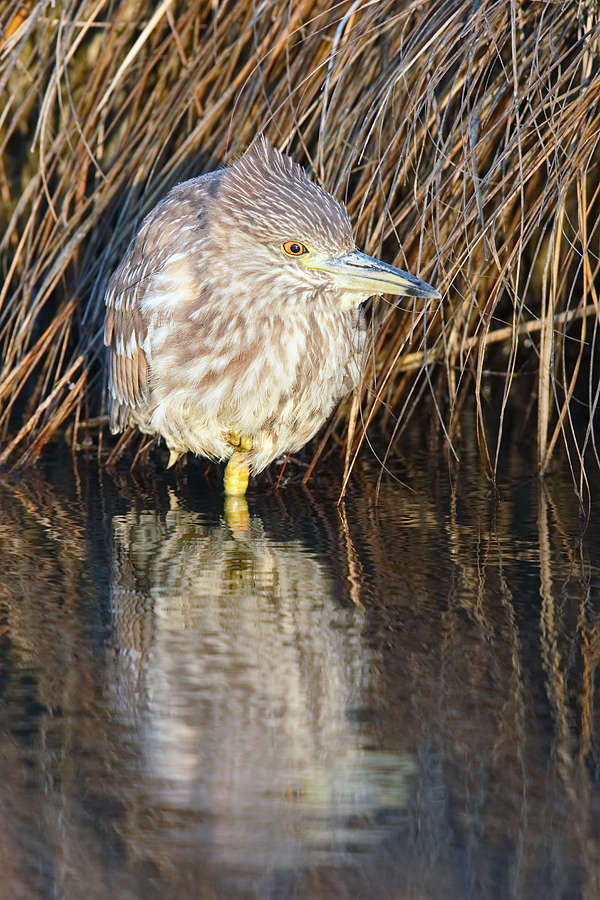
|
|
This image was created in the saltmarsh that abuts the north side of the beach road at Westhampton Beach, Long Island, NY with the Canon EF 600mm f/4L IS II USM lens, the Canon 2x EF Extender III (Teleconverter), and the Canon EOS-1D X. ISO 400. Evaluative metering -1/3 stop: 1/160 sec. at f/11 in Av mode.
Central sensor (by necessity) Expand/AI Servo Rear Focus AF on the bird’s eye and re-compose. Click here if you missed the latest version of the Rear Focus Tutorial. Click on the image to see a larger version.
|
Not a Snowy Owl II
The Story
I was as excited as could be to be sitting behind friend Mike Lotito in his four-wheel drive vehicle. We were driving on the beach (permit required) in Westhampton looking for one or more of the Snowy Owls that Mike had been photographing there for the previous month…. On the way to meeting Mike at the jetty, I had already seen two snowys sitting atop duck blinds. We drove about three miles towards the jetty and the three miles back. Nada. Nothing Zip. Zero. Zilch. We did see a few Sanderlings though…
Next we drove the beach road looking for anything. The first (and pretty much only) cooperative subject was the young Black-crowned Night-Heron featured in the opening image. I was working with the 600 II/2X III/1D X combo off the BLUBB on the lowered car window. I traveled with an empty BLUBB (Big Lens Ultimate BeanBag) and filled it with my sister Arna’s bird seed when I arrived. Mike did a great job of putting the truck in the perfect spot. The sun was just hitting the subject; in a few minutes the bird was fully lit by the early morning sunlight.
I created about 80 images, striving to get the bird as up and left in the frame. It is easy in situations like this to wind up with the subject too centered and with some of the reflection clipped. The problem was that I did not see that a few tiny stalks of beach grass covered the distal end of the bill in pretty much every image where the bird was looking to my right…. In the image above, only one piece of grass (and its shadow) offended. See below for the image optimization and clean-up.
I am always amazed that species like this survive can the sometimes brutal winters in the northeast. On a related note I have heard that there is a cool image on Facebook of a Snowy Owl eating an American Bittern…. Such an image would be possible along Westhampton Beach Road (if that is the correct name….) as both species share the same marsh habitat.
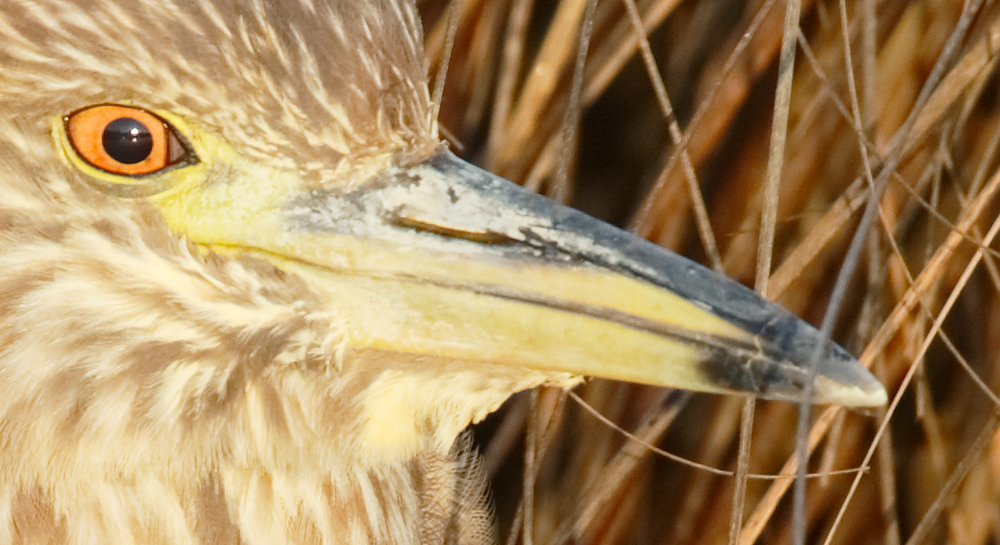
|
|
This is a close-up of the bill in the converted image. Note that I warmed the image up a bit too much for my taste.
|
The Original Capture
Note the single beach grass stem across the tip of the bill and the accompanying shadow. It was rather easy to deal with those. See below for details.
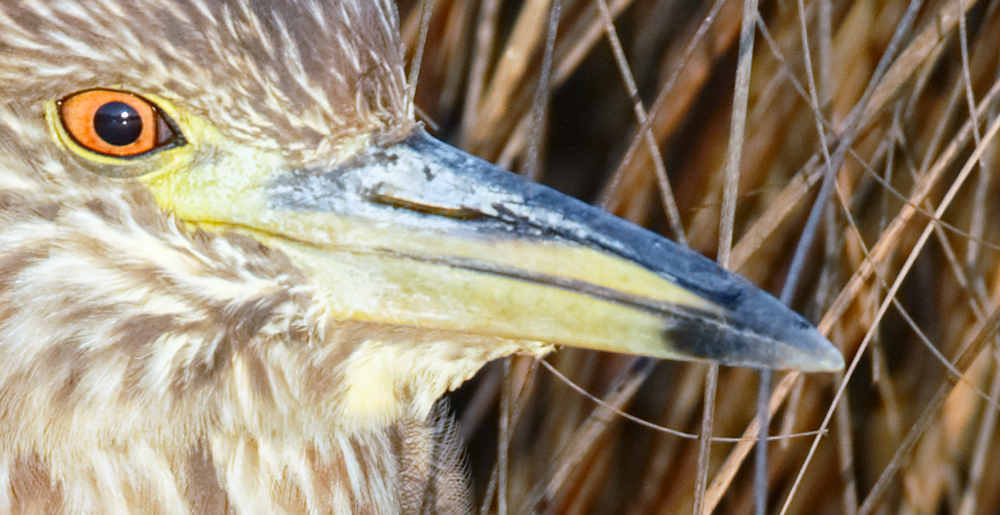
|
|
This is a close-up of the bill from the optimized image.
|
The Image Optimization
After converting the image in DPP the image optimization was fairly straightforward. First I drew a line with the Ruler tool from the pupil in the bird’s eye to the reflected pupil and hit Straighten. Then I color corrected the image to make it less yellow. Next I ran a 50% layer of my NIK 50/50 Detail Extracor/Tonal Contrast pre-set on the bird only after selecting it with the Quick Selection Tool and placing it on its own layer. Then it was on the the bill tip. I used some divide and conquer techniques with the Clone Stamp Tool and the Patch Tool. After that there was very little additional tidying up to do.
All of the above of course as detailed in my Digital Basics File, an instructional PDF that is sent via e-mail. It includes my complete digital workflow, dozens of great Photoshop tips, several different ways to expand canvas, all of my time-saving Keyboard Shortcuts, Quick Masking, Layer Masking, and NIK Color Efex Pro basics, my killer image clean-up techniques, Digital Eye Doctor, and tons more.
Image Questions
Why -1/3 stop EC (Exposure Compensation)?
Do you like the warmer look or the cooler version?

|
|
Breathe deeply, bite the bullet, and live life to its fullest; we all get only one ride on the merry-go-round… Join me on this great trip.
Click on the image to enjoy a larger version.
|
The Southern Ocean…
There has already been tons of interest including that from some long time wonderful Happy Camper BIRDS AS ART folks. Mulitple-IPT veteran Michael Viljoen of South Afirca has already committed to making the trip with his son. He and lovely, smiling wife Lyndsey were with me on the October 2012 Cheesemans’ South Georgia Expedition.
Click here for complete details. If you are seriously interested please shoot me an e-mail for the trip link.
DPP RAW Conversions
I use DPP to convert all of my Canon RAW files. To learn why I switched from ACR to DPP for my RAW conversions see our DPP RAW Conversion Guide here.
|
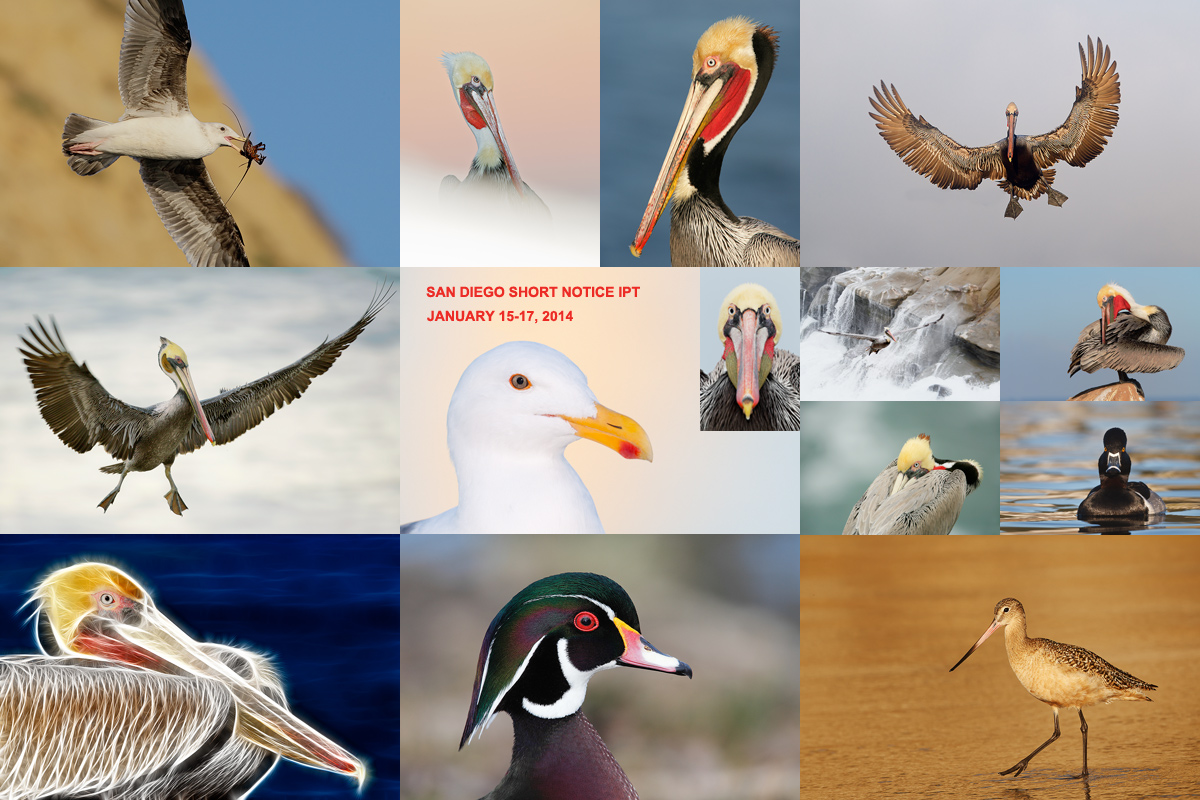
|
|
Join me in San Diego for three great days of photography and learning. Click on the image to better enjoy a larger version.
|
The San Diego Short-Notice Small Group IPT. January 15-17, 3-Full Days: $1049. Meet and Greet after dinner on your own at 7:30pm on Tuesday, January 14, 2014. Limit 6/Openings: 1.
There is now a single opening due to a late cancellation.
Please call or e-mail for late registration discount information.
We will get to photograph the California race of Brown Pelican in flight, resting, preening, cleaning their bill pouches, and talking to their neighbors by tossing their bills high in the air. The afternoon sessions will feature Marbled Godwits, several gull species, and Wood and Ring-necked Ducks. If we have a cloudy morning we will get to photograph Harbor Seals. You will learn to get the right exposure every time, to see the best situation, to think like a pro, to create sharp, pleasing images, and to understand the joint effects of light and wind on the birds. All in a small group with tons of individual attention.
A $500 non-refundable deposit is required to hold your slot for this IPT. Your balance will be due no later than January 7, 2014. The balance is alo non-refundable. If the trip fills, we will be glad to apply a credit applicable to a future IPT for the full amount less a $100 processing fee. If we do not receive your check for the balance on or before the due date we will try to fill your spot from the waiting list. If your spot is filled, you will lose your deposit. If not, you can secure your spot by paying your balance.
If you are planning to register please shoot me an e-mail.
Then please print, complete, and sign the form that is linked to here and shoot it to us along with your deposit check (made out to “Arthur Morris.”) Though we prefer a check, you can also leave your deposit with a credit card by calling the office at 863-692-0906. If you register by phone, please print, complete and sign the form as noted above and either mail it to us or e-mail the scan.
If you have any questions, please feel free to contact me via e-mail
Last Year’s Grand Prize winning image by Lou Coetzer
Important Contest News
Contest Deadlines Extended!
BIRDS AS ART 2nd International Bird Photography Competition
New Entry Deadline: January 31, 2014; see additional details below
With so many folks signing up at the last minute and with so many folks having trouble uploading their images due to server overload the deadline for entering the contest (registering and paying) has been extended until January 31, 2014 and the deadline for uploading images has been extended until midnight Eastern time on February 10, 2014. Take advantage of this extension to have a crack at the great prizes.
Learn more and enter the BIRDS AS ART 2nd International Bird Photography Competition here. Twenty-five great prizes including the $1000 Grand Prize and intense competition. Bring your best.
Register and Pay
To register click here.
To learn of payment options, click here.
Support the BAA Blog. Support the BAA Bulletins: Shop B&H here!
This Bulletin took about 12 hours to prepare
We want and need to keep providing you with the latest free information, photography and Photoshop lessons, and all manner of related information. Show your appreciation by making your purchases immediately after clicking on any of our B&H or Amazon Affiliate links in this blog post. Remember, B&H ain’t just photography!


<
 
Amazon
Everyone buys something from Amazon, be it a big lens or deodorant. Support the blog by starting your search by starting your search by clicking on the logo-link below. No purchase is too small to be appreciated; they all add up. Why make it a habit? Because I make it a habit of bringing you new images and information on an almost daily basis.
Typos
In all blog posts and Bulletins, feel free to e-mail or leave a comment regarding any typos, wrong words, misspellings, omissions, or grammatical errors. Just be right. 🙂
IPT Info
Many of our great trips are filling up. See especially info on the South Florida, Holland, and Nickerson Beach IPTs. Two great leaders ensure that you will receive individual attention, have all of your questions answered, and learn a ton including how to think like a pro, see the situation, and get the right exposure every time. In addition you will have fun, and make lots of great images. Click here for IPT details and general information.
January 10th, 2014

|
|
Breathe deeply, bite the bullet, and live life to its fullest; we all get only one ride on the merry-go-round… Join me on this great trip.
Click on the image to enjoy a larger version.
|
The Southern Ocean…
I’ve been blessed. I’ve made three trips to the Southern Ocean, two extended trips that visited the Falklands, South Georgia, and the Antarctic Peninsula, and one to the Falklands and South Georgia. Each was a truly amazing experience. With three trips under my belt, I have a pretty good idea about how to make great images at each of the iconic landings. And I would love the chance to share my knowledge with you.
And I know from personal experience that if you are a photographer who is going to invest in Southern Ocean voyage that you will want to put your money on Cheesemans’. No other tour company goes so far out of their way to ensure making every possible safe landing. And no other tour company will have you spending more time on land. Here, from the” Way to Go CES! (Cheeseman’s Ecology Safaris)” blog post here, is one of my favorite Cheesemans’ stories:
The landing at Bailey Head, Antarctica, was especially rewarding to me as I had been sitting in a zodiac 100 yards off shore on my 2007 trip when the zodiac in front of mine swamped and the captain of the ship called off the landing…. Early that day it looked as if my weather Karma might not be working. Ted’s “Good morning shipmates” was followed by the news that we would not be able to land at Bailey Head that morning as the swell was too big. The beach there is sloped tremendously and the sea strives to pull the zodiacs back into the ocean before folks have gotten off with their gear. Tom Murphy had said to me several days before, “We will get you on the beach at Bailey Head.” Ted concluded his morning greetings by saying, “We are sending out a scout team to see if landing is possible.”
After breakfast I was thrilled to hear Ted’s voice again on the PA, “We will be landing at 8am.” Afterwards folks noted that it was the calmest landing ever at this amazingly beautiful spot. My good weather Karma (courtesy of late-wife Elaine) had come through one last time. Along with St. Andrews Bay, it was one of my two favorite super-great once-in-a-lifetime days of the trip. And we even got to enjoy three additional hours at Hannah Point, Antarctica before calling it a wrap and heading for the feared Drake Passage. All thanks to Cheesemans’ Ecology Safaris.
Why Sign Up Through BIRDS AS ART?
If you have been thinking and dreaming of finally visiting South Georgia and Antarctica, this is the trip for you. Quit dreaming and act now. Though I will not be an official leader on this trip, those who have traveled with me know that I cannot help but teach. I will make pre-trip gear recommendations. I will hold informal pre-landing briefings. In the same vein, everyone will receive a free copy of our Antarctica Site Guide once they are paid in full (August 15, 2014). I will be available on the ship to review your images,, answer questions, and conduct informal over-the shoulder Photoshop sessions. And best of all everyone who signs up under the auspices of BAA are invited to tag along with me on the landings where I will be glad to offer invaluable in-the-field advice. And the same goes for the ship-board birds in flight and marine mammal photography opportunities.
Do join us. To learn how to be part of the BAA group please e-mail me with the words Antarctica/Extended Expedition BAA Info Please cut and pasted into the Subject line.
The Cheesemans’ Ecology Safaris Antarctica/The Extended Expedition Voyage
Antarctic Peninsula, South Georgia and Falkland Islands: December 13, 2014 to January 10, 2015
From the CES website:
Join us on a voyage of discovery to an awe-inspiring world devoted to nature, wildlife, science, and peace. This expedition will have you completely captivated, from the stunning vistas of Tierra del Fuego to the busy penguin rookeries of the Falklands, from the dramatic landscapes of South Georgia to the ice-covered terrain of the Antarctic. Board the comfortable, safe and newly upgraded Ortelius for an expedition offering an unparalleled 17 landing days in the Southern Ocean. Our voyage includes three days in the Falklands with a huge diversity of species, six days at South Georgia Island, the all but undiscovered rugged land of towering mountains and thriving colonies of penguins, seals, and albatross, one day at the South Orkneys with nesting Snow Petrels, and seven days along the Antarctic Peninsula, the wonderland of ice and inconceivably vibrant polar wildlife. During days at sea, our naturalists on the ship’s bridge and stern share sightings of whales and seabirds, including many of the world’s species of albatross. Maximum time both on shore and Zodiac cruising will be available for photography, wildlife experiences, and exploring the landscapes of the great Southern Ocean. Our priority is assuring the most in-depth wildlife experience in the Antarctic, an experience made possible by our excellent itinerary and committed expedition staff.
I can personally attest to the accuracy of everything above. 🙂
Additional Links
Learn about the global ocean here.
Antarctic Inspiration from Paul Mckenzie here.
Way to Go CES! (Cheeseman’s Ecology Safaris) here.
Or simply type any of the following words or phrases in the little white search box on the top right of this page, hit Search, and follow the links: penguin; Antarctica; South Georgia; Falklands. Have fun.
The Pull is Too Strong…
The pull is too strong. I need to go back. And I am. Do join me for an unparalleled wildlife and scenic photography experience. Please e-mail for additional information.
Questions?
I’d be glad to answer all of your Southern Ocean/Falklands/South Georgia/Antarctica questions. Please leave a comment if you’d like to learn more.
January 9th, 2014 The Amazing Streak Continues; I Gotta be Nuts. 🙂
Today’s blog post marks 44 days in a row with a new post, a new record by far that should continue for at least another week or two. Or not. 🙂 To show your appreciation, we ask that use our B&H and Amazon affiliate links for all of your B&H and Amazon purchases. Please check the availability of all photographic accessories in the BIRDS AS ART Online Store. We sell only what I use and depend on. We will not sell you junk. We know what you need to make creating great images easy and fun. And we are always glad to answer your gear questions via e-mail.
You can find the following items in the store: Gitzo tripods, Mongoose M3.6 and Wimberley heads, plates, low feet, and accessories, flash brackets, , Delkin e-film Pro Compact Flash Cards, LensCoat products, and our unique line-up of educational materials including ABP I & II, Digital Basics, Site and Set-up e-Guides, Canon and Nikon Camera Users and AF e-Guides, and MP-4 Photoshop video tutorials among others.
We would of course appreciate you using our B&H and Amazon affiliate links for all of your B&H and Amazon major gear, video, electronic, household, and personal purchases. For the photographic stuff mentioned above we would of course great appreciate your business.
Thanks and enjoy today’s blog post!
Not A Snowy Owl I
I landed at Islip on Tuesday about 10 minutes early and was soon picked up by my little sister Arna who picked me up and took me to my Mom’s house. Arna lives with Mom. It was bitter cold. Mom was of course glad to see me. I had lunch and headed out to the Shinnecock Inlet Jetty. As I was in a hurry I did not dress properly; no long johns, not lined jeans. No cold weather face mask. With the temperature at 10 degrees and wind gusts of 35 mph from the west that did not work out to well….
I photographed this drake Black Scoter while half-hiding behind a large jetty rock. I converted the RAW file in DPP, pulled the Curve up to lighten it up, ran about a 40% layer of NIK Detail Extractor on the bird only, cleaned up the specular highighs, and applied a Contrast Mask to the face only for quasi-sharpening. Click here to learn why I do 99.9% of my conversions in Canon’s Digital Photo Professional.
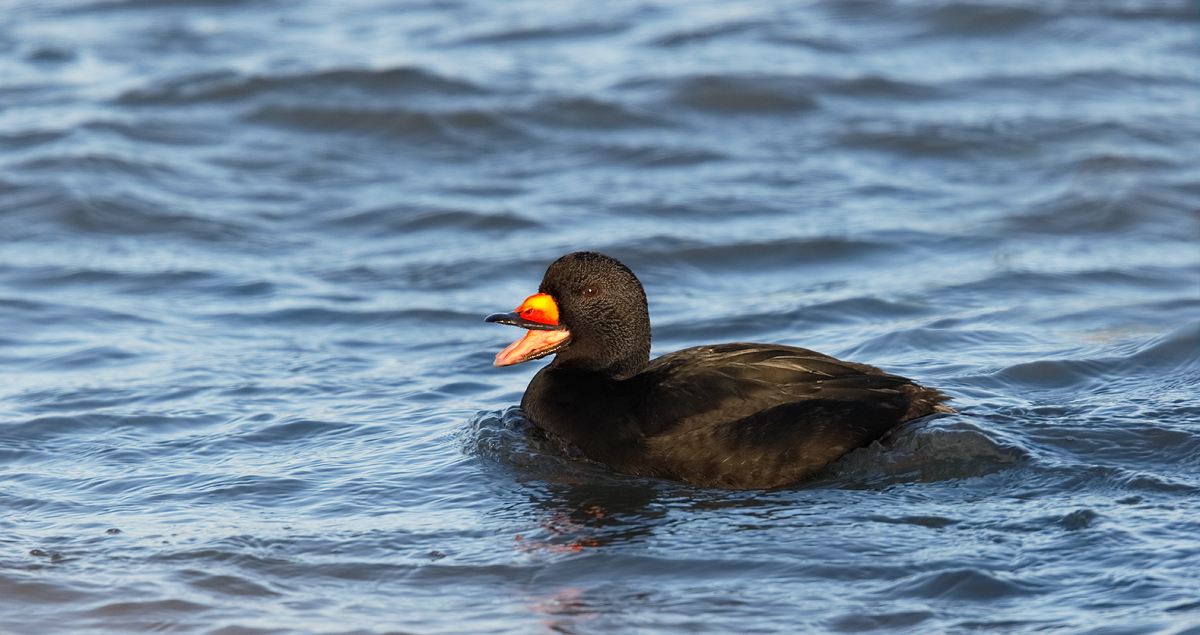
|
|
This image was created from the original optimized image above. See below for details.
|
Bird Removal
To eliminate the out-of-focus Surf Scoter I used one of techniques described in detail in APTATS II. The whole thing took less than a minute. Order APTATS II by phone and mention this blog post and Jim or Jennifer will be glad to apply a $10 discount.
The Impossible Bill Color
In life, the bill of a drake Surf Scoter looks positively bright orange, especially in late afternoon sun. When captured digitally, the bill looks positively bright yellow. With the first two images I did my best to get the bill color right using various Color Balance and Selective Color tricks but was only able to succeed to some degree…. The upper and central parts of the bill still look way too yellow. See the solution immediately below.
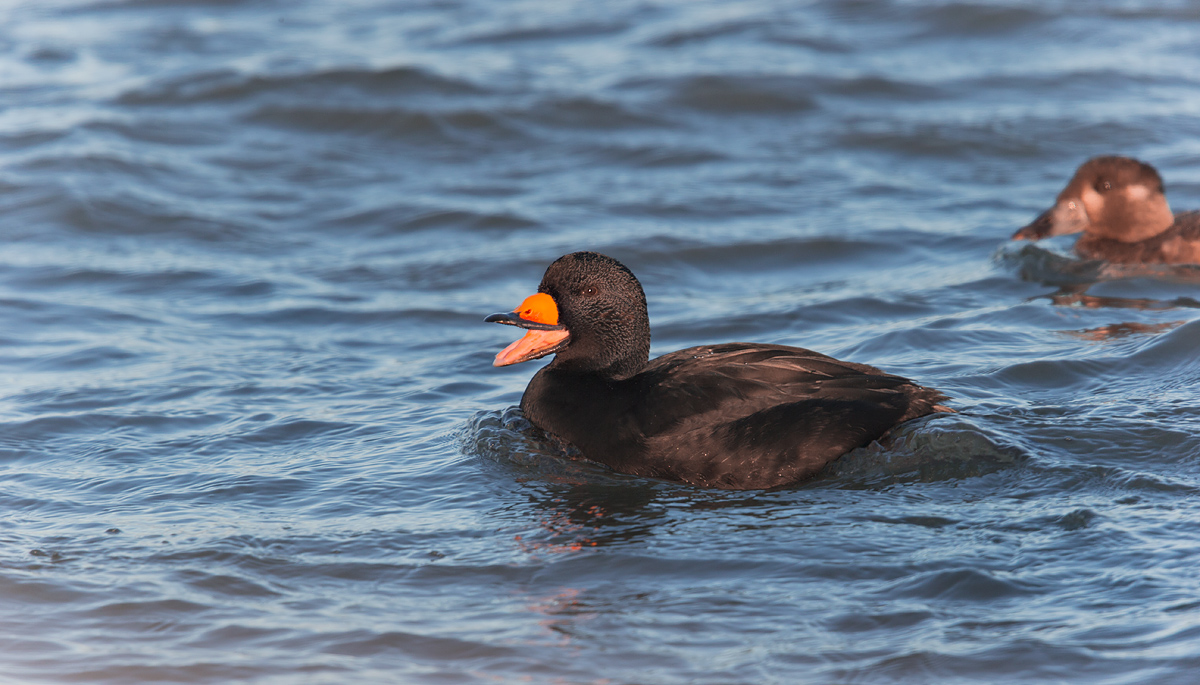
|
|
The bill color here looks natural to me, pretty much as I saw it in the field…. See more below.
|
Solving the Bill Color Problem
To solve the bill color problem I converted the RAW file in ACR and adjusted various Yellow and Orange sliders on the HSL tab–Hue, Saturation, Luminance. It was the first ACR conversion that I have done in about a year. The blue in this image are not as pleasing or natural as the blues in the DPP-converted image; I should have done some color correction work.
Image Questions
Do you like the image with the Surf Scoter or without the Surf Scoter? If you have any ideas on how to get the bill color right in DPP I would love to hear them.
DPP RAW Conversions
I use DPP to convert all of my Canon RAW files. To learn why I switched from ACR to DPP for my RAW conversions see our DPP RAW Conversion Guide here.
The San Diego Short-Notice Small Group IPT. January 15-17, 3-Full Days: $1049. Meet and Greet after dinner on your own at 7:30pm on Tuesday, January 14, 2014. Limit 6/Openings: 1.
There is now a single opening due to a late cancellation.
Please call or e-mail for late registration discount information.
We will get to photograph the California race of Brown Pelican in flight, resting, preening, cleaning their bill pouches, and talking to their neighbors by tossing their bills high in the air. The afternoon sessions will feature Marbled Godwits, several gull species, and Wood and Ring-necked Ducks. If we have a cloudy morning we will get to photograph Harbor Seals. You will learn to get the right exposure every time, to see the best situation, to think like a pro, to create sharp, pleasing images, and to understand the joint effects of light and wind on the birds. All in a small group with tons of individual attention.
A $500 non-refundable deposit is required to hold your slot for this IPT. Your balance will be due no later than January 7, 2014. The balance is alo non-refundable. If the trip fills, we will be glad to apply a credit applicable to a future IPT for the full amount less a $100 processing fee. If we do not receive your check for the balance on or before the due date we will try to fill your spot from the waiting list. If your spot is filled, you will lose your deposit. If not, you can secure your spot by paying your balance.
If you are planning to register please shoot me an e-mail.
Then please print, complete, and sign the form that is linked to here and shoot it to us along with your deposit check (made out to “Arthur Morris.”) Though we prefer a check, you can also leave your deposit with a credit card by calling the office at 863-692-0906. If you register by phone, please print, complete and sign the form as noted above and either mail it to us or e-mail the scan.
If you have any questions, please feel free to contact me via e-mail
Last Year’s Grand Prize winning image by Lou Coetzer
Important Contest News
Contest Deadlines Extended!
BIRDS AS ART 2nd International Bird Photography Competition
New Entry Deadline: January 31, 2014; see additional details below
With so many folks signing up at the last minute and with so many folks having trouble uploading their images due to server overload the deadline for entering the contest (registering and paying) has been extended until January 31, 2014 and the deadline for uploading images has been extended until midnight Eastern time on February 10, 2014. Take advantage of this extension to have a crack at the great prizes.
Learn more and enter the BIRDS AS ART 2nd International Bird Photography Competition here. Twenty-five great prizes including the $1000 Grand Prize and intense competition. Bring your best.
Register and Pay
To register click here.
To learn of payment options, click here.
Support the BAA Blog. Support the BAA Bulletins: Shop B&H here!
This Bulletin took about 12 hours to prepare
We want and need to keep providing you with the latest free information, photography and Photoshop lessons, and all manner of related information. Show your appreciation by making your purchases immediately after clicking on any of our B&H or Amazon Affiliate links in this blog post. Remember, B&H ain’t just photography!


<
 
Amazon
Everyone buys something from Amazon, be it a big lens or deodorant. Support the blog by starting your search by starting your search by clicking on the logo-link below. No purchase is too small to be appreciated; they all add up. Why make it a habit? Because I make it a habit of bringing you new images and information on an almost daily basis.
Typos
In all blog posts and Bulletins, feel free to e-mail or leave a comment regarding any typos, wrong words, misspellings, omissions, or grammatical errors. Just be right. 🙂
IPT Info
Many of our great trips are filling up. See especially info on the South Florida, Holland, and Nickerson Beach IPTs. Two great leaders ensure that you will receive individual attention, have all of your questions answered, and learn a ton including how to think like a pro, see the situation, and get the right exposure every time. In addition you will have fun, and make lots of great images. Click here for IPT details and general information.
January 8th, 2014 The Amazing Streak Continues; I Gotta be Nuts. 🙂
Today’s blog post marks 43 days in a row with a new post, a new record by far that should continue for at least another week or two. Or not. 🙂 To show your appreciation, we ask that use our B&H and Amazon affiliate links for all of your B&H and Amazon purchases. Please check the availability of all photographic accessories in the BIRDS AS ART Online Store. We sell only what I use and depend on. We will not sell you junk. We know what you need to make creating great images easy and fun. And we are always glad to answer your gear questions via e-mail.
You can find the following items in the store: Gitzo tripods, Mongoose M3.6 and Wimberley heads, plates, low feet, and accessories, flash brackets, , Delkin e-film Pro Compact Flash Cards, LensCoat products, and our unique line-up of educational materials including ABP I & II, Digital Basics, Site and Set-up e-Guides, Canon and Nikon Camera Users and AF e-Guides, and MP-4 Photoshop video tutorials among others.
We would of course appreciate you using our B&H and Amazon affiliate links for all of your B&H and Amazon major gear, video, electronic, household, and personal purchases. For the photographic stuff mentioned above we would of course great appreciate your business.
Thanks and enjoy today’s blog post!
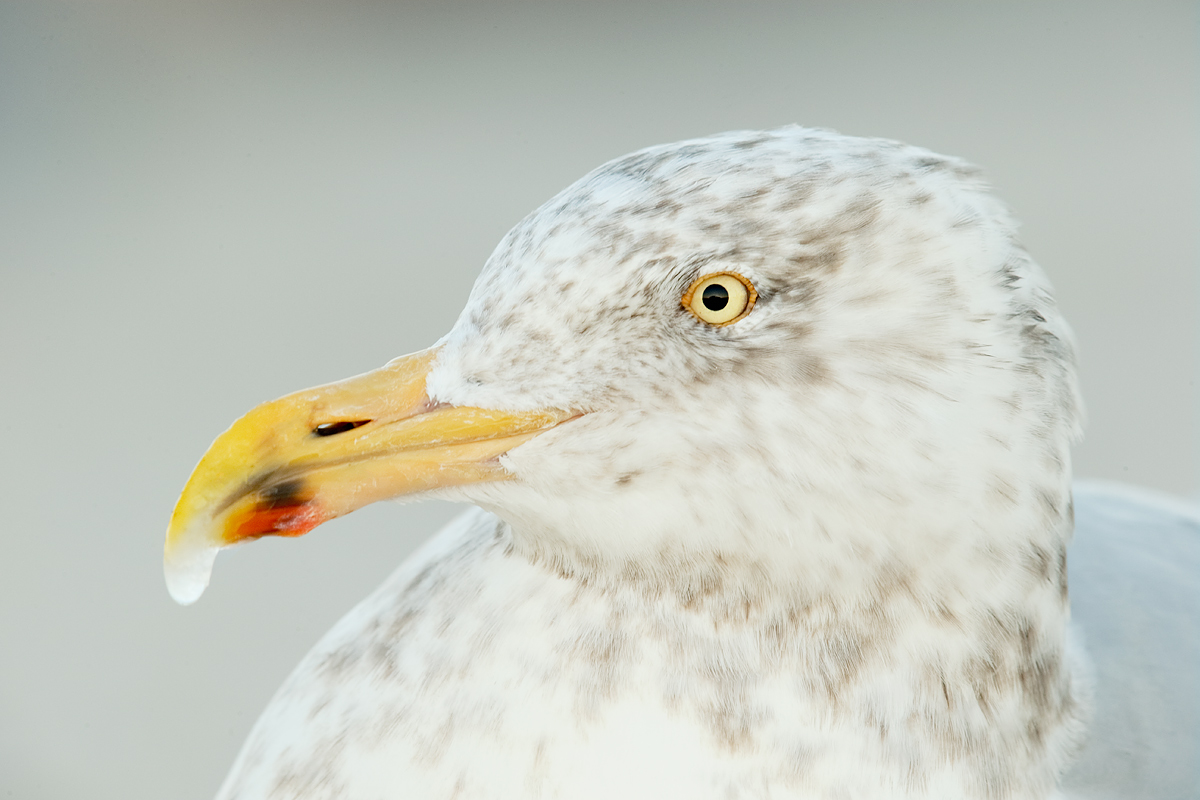
|
|
This image was created from inside my vehicle with the Canon EF 600mm f/4L IS II USM lens, the Canon 2x EF Extender III (Teleconverter), and the Canon EOS-1D X. ISO 1600. Evaluative metering + 1 2/3 stops as framed: 1/125 sec. at f/11 in Manual mode.
Central sensor (by necessity) Expand/AI Servo Rear Focus AF on the base of the bird’s bill active at the moment of exposure. Click here if you missed the latest version of the Rear Focus Tutorial. Click on the image to see a larger version.
Image #1
|
Baby, It’s Cold Out There!
Note the ice on the Herring Gull’s bill tip!
I landed at Islip about 10 minutes early. My little sister Arna picked me up and took me to my Mom’s house. Arna lives with Mom. It was bitter cold. Mom was of course glad to see me. I had lunch and headed out to the west jetty at Shinnecock Inlet where friend Mike Lotito had photographed a Snowy Owl in the parking lot last week. Alas, the presence of the usual large numbers of gulls let me know immediately that the owl was not in the vicinity. There were lots of scoters of all three species fairly close to the jetty. More on that tomorrow. Anxious to get out with the short days I had not dressed properly. Pretty much all of my warm clothes and my cold weather boots were back in the garage at my Mom’s. Had I been properly dressed dealing with the bone-chilling cold would have been a lot easier.
After I nearly fell trying to maneuver my rig near the edge of the jetty–it was 10 degrees with wind gusts of 35mph from the west, I retreated to my car to get warm and photograph the gulls. There was no sign of the Glaucous Gull or the Kumlien’s Iceland Gull that Mike had also photographed there last week. I was working with the 600 II/2X III/1D X combo off the BLUBB on the lowered car window. I traveled with an empty BLUBB (Big Lens Ultimate BeanBag) and filled it with Arna’s bird seed when I arrived. I did have a $4.00 loaf of convenience store (the King Kullen’s in Holbrook was closed for renovations!) with me to move the gulls around.
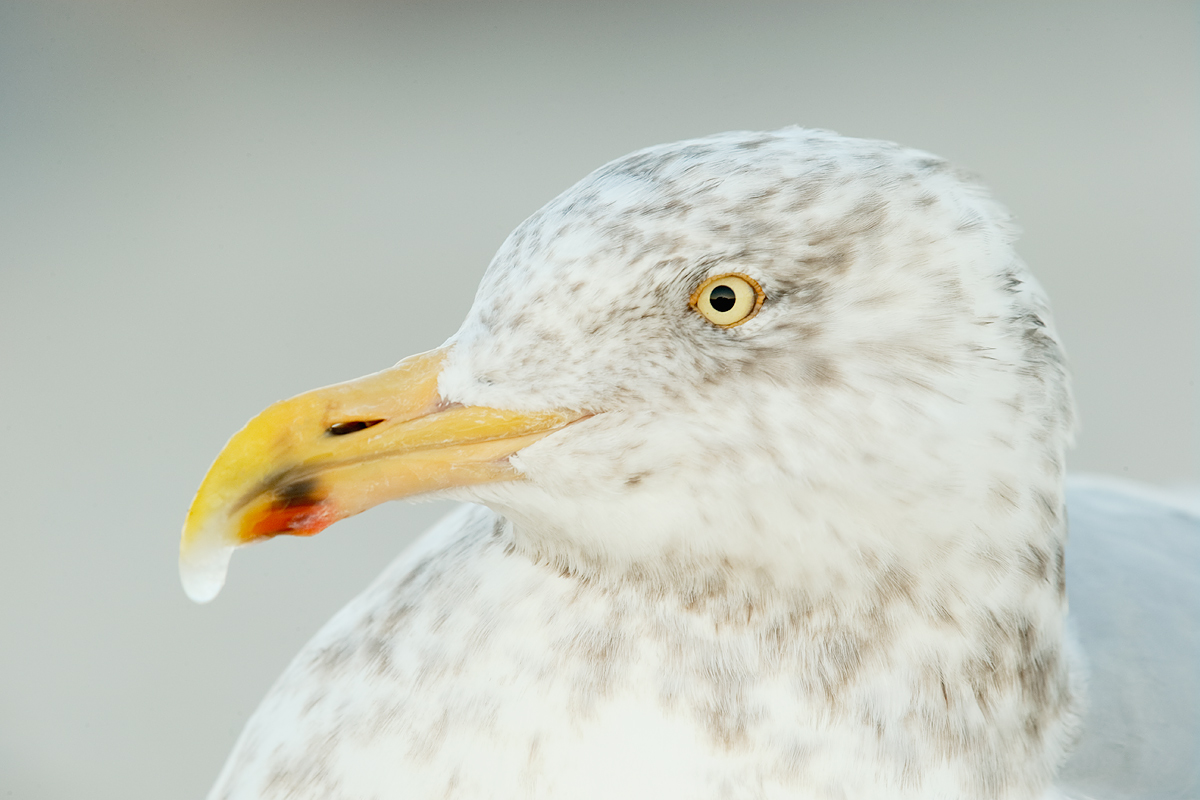
|
|
Image #2
A different image actually made in the same second. Techs are of course the same as above.
|
A Different Image?
A quick glance at Image # 1 and Image #2 shows that they are nearly identical. But are they? See the animated GIF below to learn some editing and Head Angle fine points.
Editing and Head Angle Fine Points
Let the animated GIF play through a few cycles. What do you see? Now, which image is best? Which has the best Head Angle? Do let us know why you make your choice.
Note: the animated GIF was created from the original image captures. Images 1 & 2 have been optimized. What differences do you see between original files and the optimized files. List as many as you can.
The Animated GIF MP-4 Photoshop Video Tutorial: $4.00
Over the past few months I have received many e-mails asking how I create the Animated GIF files that grace many blog posts and Bulletins. Many folks know how to create animated GIFs of poor quality. Yesterday morning I created a new MP-4 Photoshop Tutorial Video that covers how to create a high quality animated GIF and tips on using the Text Tool to type on images. It is available in the BAA Online Store for only $4.00 by clicking here. See here for the current video tutorial library.
DPP RAW Conversions
I use DPP to convert all of my Canon RAW files. To learn why I switched from ACR to DPP for my RAW conversions see our DPP RAW Conversion Guide here.
The San Diego Short-Notice Small Group IPT. January 15-17, 3-Full Days: $1049. Meet and Greet after dinner on your own at 7:30pm on Tuesday, January 14, 2014. Limit 6/Openings: 1.
There is now a single opening due to a late cancellation.
Please call or e-mail for late registration discount information.
We will get to photograph the California race of Brown Pelican in flight, resting, preening, cleaning their bill pouches, and talking to their neighbors by tossing their bills high in the air. The afternoon sessions will feature Marbled Godwits, several gull species, and Wood and Ring-necked Ducks. If we have a cloudy morning we will get to photograph Harbor Seals. You will learn to get the right exposure every time, to see the best situation, to think like a pro, to create sharp, pleasing images, and to understand the joint effects of light and wind on the birds. All in a small group with tons of individual attention.
A $500 non-refundable deposit is required to hold your slot for this IPT. Your balance will be due no later than January 7, 2014. The balance is alo non-refundable. If the trip fills, we will be glad to apply a credit applicable to a future IPT for the full amount less a $100 processing fee. If we do not receive your check for the balance on or before the due date we will try to fill your spot from the waiting list. If your spot is filled, you will lose your deposit. If not, you can secure your spot by paying your balance.
If you are planning to register please shoot me an e-mail.
Then please print, complete, and sign the form that is linked to here and shoot it to us along with your deposit check (made out to “Arthur Morris.”) Though we prefer a check, you can also leave your deposit with a credit card by calling the office at 863-692-0906. If you register by phone, please print, complete and sign the form as noted above and either mail it to us or e-mail the scan.
If you have any questions, please feel free to contact me via e-mail
Last Year’s Grand Prize winning image by Lou Coetzer
Important Contest News
Contest Deadlines Extended!
BIRDS AS ART 2nd International Bird Photography Competition
New Entry Deadline: January 31, 2014; see additional details below
With so many folks signing up at the last minute and with so many folks having trouble uploading their images due to server overload the deadline for entering the contest (registering and paying) has been extended until January 31, 2014 and the deadline for uploading images has been extended until midnight Eastern time on February 10, 2014. Take advantage of this extension to have a crack at the great prizes.
Learn more and enter the BIRDS AS ART 2nd International Bird Photography Competition here. Twenty-five great prizes including the $1000 Grand Prize and intense competition. Bring your best.
Register and Pay
To register click here.
To learn of payment options, click here.
Support the BAA Blog. Support the BAA Bulletins: Shop B&H here!
This Bulletin took about 12 hours to prepare
We want and need to keep providing you with the latest free information, photography and Photoshop lessons, and all manner of related information. Show your appreciation by making your purchases immediately after clicking on any of our B&H or Amazon Affiliate links in this blog post. Remember, B&H ain’t just photography!


<
 
Amazon
Everyone buys something from Amazon, be it a big lens or deodorant. Support the blog by starting your search by starting your search by clicking on the logo-link below. No purchase is too small to be appreciated; they all add up. Why make it a habit? Because I make it a habit of bringing you new images and information on an almost daily basis.
Typos
In all blog posts and Bulletins, feel free to e-mail or leave a comment regarding any typos, wrong words, misspellings, omissions, or grammatical errors. Just be right. 🙂
IPT Info
Many of our great trips are filling up. See especially info on the South Florida, Holland, and Nickerson Beach IPTs. Two great leaders ensure that you will receive individual attention, have all of your questions answered, and learn a ton including how to think like a pro, see the situation, and get the right exposure every time. In addition you will have fun, and make lots of great images. Click here for IPT details and general information.
January 7th, 2014 The Amazing Streak Continues; I Gotta be Nuts. 🙂
Today’s blog post marks 42 days in a row with a new post, a new record by far that should continue for at least another week or two. Or not. 🙂 To show your appreciation, we ask that use our B&H and Amazon affiliate links for all of your B&H and Amazon purchases. Please check the availability of all photographic accessories in the BIRDS AS ART Online Store. We sell only what I use and depend on. We will not sell you junk. We know what you need to make creating great images easy and fun. And we are always glad to answer your gear questions via e-mail.
You can find the following items in the store: Gitzo tripods, Mongoose M3.6 and Wimberley heads, plates, low feet, and accessories, flash brackets, , Delkin e-film Pro Compact Flash Cards, LensCoat products, and our unique line-up of educational materials including ABP I & II, Digital Basics, Site and Set-up e-Guides, Canon and Nikon Camera Users and AF e-Guides, and MP-4 Photoshop video tutorials among others.
We would of course appreciate you using our B&H and Amazon affiliate links for all of your B&H and Amazon major gear, video, electronic, household, and personal purchases. For the photographic stuff mentioned above we would of course great appreciate your business.
Thanks and enjoy today’s blog post!
Long Island/San Diego Trip Gear Bag
I am in the Orlando Airport Courtyard Marriott headed to MCO in about and hour for my flight to Long Island’s Islip Airport. You gotta love Southwest Airlines. I will be visiting my Mom in Holbrook, seeing younger daughter Alissa’s family, my two sisters, watching the NFL playoffs next weekend, and getting out in search of Snowy Owl, Glaucous Gull, and adult and first cycle Kumlien’s Iceland Gull. On January 13th I continue on to San Diego’s Lindberg Field to visit friend Cliff Oliver and many of my favorite San Diego photography hotspots. My flights back home are on Saturday, January 18th.
Important gear decisions must be made Whenever you travel and getting ready for this trip was no exception. It was very cold on the way to the airport. I can’t wait to get to Long Island this afternoon where the high temps should be in the mid-teens. Brrrr.
Well, I am at the gate now. I am not sure how I got signed up for TSA Pre-Check, but it is total luxury. Short line if any, leave computer and liquids in laptop bag and leave your shoes on. Perhaps it is because I am signed up for Global Entry… Not sure but it is a great service.
All of my gear is packed up in Think Tank Airport Security Rolling Bag in either my beloved wool watch caps or in various LensCoat LensPouches, LensCoats, and Body Bags. Each of the big lenses is of course protected by a LensCoat to prevent dings on Canon’s pretty, white, heat-reflective finish. Having your lenses protected by a LensCoat will increase the resale value far in excess of the cost of the LensCoat. My favorite pattern is Hardwood Snow.
Think Tank Bags
Spend more than $50 using this Think Tank link and earn a free small bag of your choice. In addition to a great line-up of rolling bags and accessories Think also has some great backpacks.
Here’s what in the bag:
Canon EF 600mm f/4L IS II USM lens: as this is my sole long straight super-telephoto I pretty much go nowhere without it.
Canon EF 300mm f/2.8L IS II USM lens: this lens should be great on the cliffs of Lajolla both for perched pelicans and for birds in flight.
Both the 300 II and the 600 II have a 4th Generation Design CR-X 5 Low Foot attached. The CR-X 5 is pretty much mandatory to prevent torque when the lenses are mounted on a Mongoose M3.6 and there is enough room between the foot and the lens to make it easy to carry the gear by the lens foot.
The 70-200 is of course equipped with a Wimberley P-20 plate, the perfect Arca-Swiss compatible plate for virtually all intermediate telephoto lenses.
Canon EF 70-200mm f/2.8L IS II USM lens: this was on the only close call. I will not be using it at all on Long Island but it can be great in LaJolla if you are lucky enough to get the right winds in the morning. After much procrastination, I decided to bring one of my very favorite lenses.
Canon EF 24-105mm f/4L IS USM zoom lens: this, my favorite B-roll all purpose short lens is another that I do not leave home without.
Two Canon EOS-1D X Digital SLR camera bodies. With my focus mainly on birds on these two trips I opted to lighten the load by leaving my Canon EOS 5D Mark III at home to save a bit of weight.
Three Canon 1.4x EF Extenders III (Teleconverters); with my track record of having dropped one of these in the Pacific Ocean from the LaJolla Cliffs I decided to bring three of these valuable accessories. I use one often with each of the 3 telephotos that I have on this trip.
Two Canon 2x EF Extendesr III (teleconverters): on this trip the 2X will be on the 600 II during all searches for Snowy Owl. I will of course have a 1.4X III TC at hand in case I come across a tame owl or two.
I have a Delkin 64gb 700X e-film Pro Compact Flash Card in each camera body and a few extra assorted cards in a Delkin CF Memory Card Tote. I have used and depended on Delkin digital media for well more than a decade. Fast and reliable works for me every time.
All of the above fit easily into my big Think Rolling bag that came to 43 1/4 pounds on the bathroom scale.
My Gitzo 3532 LS carbon fiber tripod and my Mongoose M3.6 head are in my checked bag along with the hoods of the 3 telephoto lenses. I also have my Giottos’ tiny ballhead, my tool kit that has a Wimberley P-5 camera body plate stored in it, and my Lens Pen sensor cleaning kit.
I will be wearing my Xtrahand vest with not much in it besides my insulin with gel ice paks, my blood sugar meter, and my latest airport novel; I buy them from the Lake Wales Public Library for a buck each. The vest will be invaluable both on the beaches of Long Island and the cliffs of LaJolla.
My laptop bag is packed to the gills with various items and tips the scale right at about 20 pounds. They just changed my gate…. Finally done! Boarding in 12 minutes.
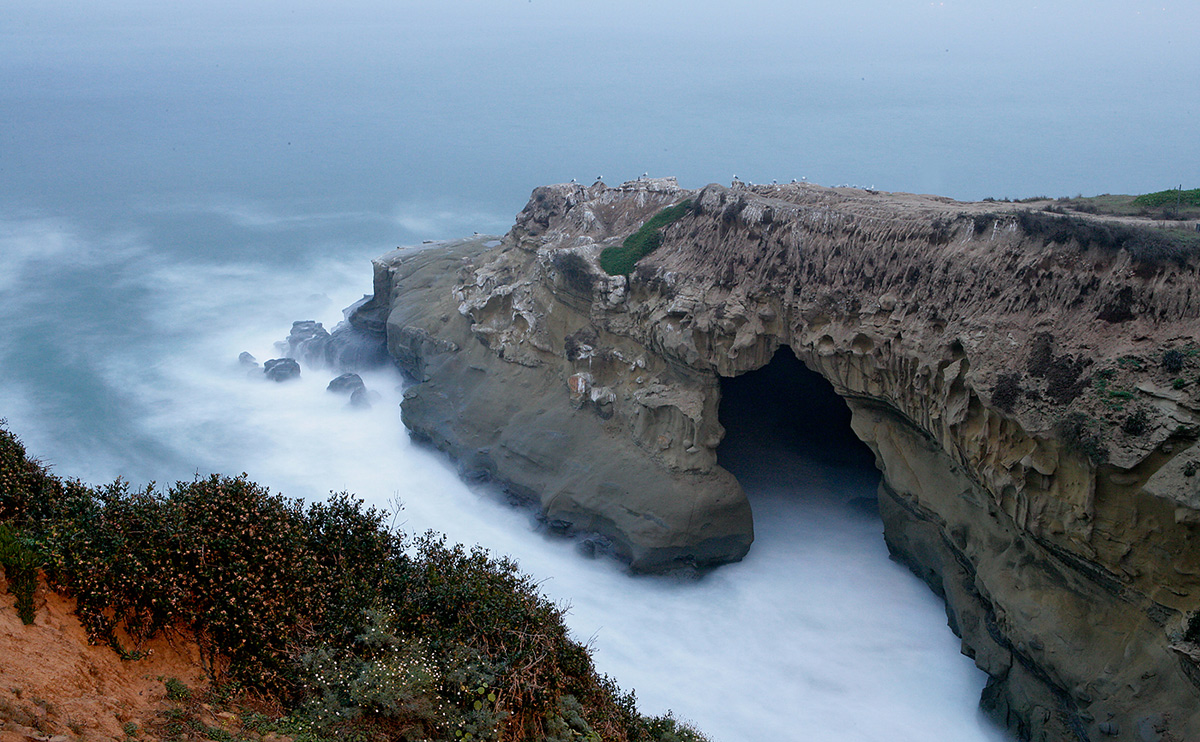
|
|
The LaJolla cliffs in pre-dawn. This image was created with the Canon EF 24-105mm f/4L IS USM lens and the EOS-1D s (now replaced by the amazing Canon EOS-1D X. ISO 1250. Evaluative metering at zero to avoid blinkies in the breaking waves: 20 seconds at f/18 in the pitch dark in Av mode. Focus by faint street light….
Sometimes you need to tote an extra piece of gear in hopes of replicating a single image. That is the case here with the Giottos’ tiny ballhead–I simply could not have made the image above without it.
|
San Diego Site Guide
Can’t make the IPT? Get yourself a copy of the San Diego Site Guide; it’s the next best thing to being on an IPT. Nearly 30 years of San Diego bird photography revealed in one fell swoop.
|

|
|
Join me in San Diego for three great days of photography and learning. Click on the image to better enjoy a larger version.
|
The San Diego Short-Notice Small Group IPT. January 15-17, 3-Full Days: $1049. Meet and Greet after dinner on your own at 7:30pm on Tuesday, January 14, 2014. Limit 6/Openings: 1.
There is now a single opening due to a late cancellation.
Please call or e-mail for late registration discount information.
We will get to photograph the California race of Brown Pelican in flight, resting, preening, cleaning their bill pouches, and talking to their neighbors by tossing their bills high in the air. The afternoon sessions will feature Marbled Godwits, several gull species, and Wood and Ring-necked Ducks. If we have a cloudy morning we will get to photograph Harbor Seals. You will learn to get the right exposure every time, to see the best situation, to think like a pro, to create sharp, pleasing images, and to understand the joint effects of light and wind on the birds. All in a small group with tons of individual attention.
A $500 non-refundable deposit is required to hold your slot for this IPT. Your balance will be due no later than January 7, 2014. The balance is alo non-refundable. If the trip fills, we will be glad to apply a credit applicable to a future IPT for the full amount less a $100 processing fee. If we do not receive your check for the balance on or before the due date we will try to fill your spot from the waiting list. If your spot is filled, you will lose your deposit. If not, you can secure your spot by paying your balance.
If you are planning to register please shoot me an e-mail.
Then please print, complete, and sign the form that is linked to here and shoot it to us along with your deposit check (made out to “Arthur Morris.”) Though we prefer a check, you can also leave your deposit with a credit card by calling the office at 863-692-0906. If you register by phone, please print, complete and sign the form as noted above and either mail it to us or e-mail the scan.
If you have any questions, please feel free to contact me via e-mail
Support the BAA Blog. Support the BAA Bulletins: Shop B&H here!
This Bulletin took about 12 hours to prepare
We want and need to keep providing you with the latest free information, photography and Photoshop lessons, and all manner of related information. Show your appreciation by making your purchases immediately after clicking on any of our B&H or Amazon Affiliate links in this blog post. Remember, B&H ain’t just photography!


<
 
Amazon
Everyone buys something from Amazon, be it a big lens or deodorant. Support the blog by starting your search by starting your search by clicking on the logo-link below. No purchase is too small to be appreciated; they all add up. Why make it a habit? Because I make it a habit of bringing you new images and information on an almost daily basis.
Typos
In all blog posts and Bulletins, feel free to e-mail or leave a comment regarding any typos, wrong words, misspellings, omissions, or grammatical errors. Just be right. 🙂
IPT Info
Many of our great trips are filling up. See especially info on the South Florida, Holland, and Nickerson Beach IPTs. Two great leaders ensure that you will receive individual attention, have all of your questions answered, and learn a ton including how to think like a pro, see the situation, and get the right exposure every time. In addition you will have fun, and make lots of great images. Click here for IPT details and general information.
January 6th, 2014 The Amazing Streak Continues; What’s Wrong With Me? 🙂
Today’s blog post marks 42 days in a row with a new post, a new record by far that should continue for at least another week or two. Or not. 🙂 To show your appreciation, we ask that use our B&H and Amazon affiliate links for all of your B&H and Amazon purchases. Please check the availability of all photographic accessories in the BIRDS AS ART Online Store. We sell only what I use and depend on. We will not sell you junk. We know what you need to make creating great images easy and fun. And we are always glad to answer your gear questions via e-mail.
You can find the following items in the store: Gitzo tripods, Mongoose M3.6 and Wimberley heads, plates, low feet, and accessories, flash brackets, , Delkin e-film Pro Compact Flash Cards, LensCoat products, and our unique line-up of educational materials including ABP I & II, Digital Basics, Site and Set-up e-Guides, Canon and Nikon Camera Users and AF e-Guides, and MP-4 Photoshop video tutorials among others.
We would of course appreciate you using our B&H and Amazon affiliate links for all of your B&H and Amazon major gear, video, electronic, household, and personal purchases. For the photographic stuff mentioned above we would of course great appreciate your business.
Thanks and enjoy today’s blog post!
What’s Weird???
What’s odd about the sharp image above?
What’s Weird???
What’s strange about the diagonal pan blur above?
Your Favorite?
Which image do you like best, the sharp image or the pan blur? Be sure to let us know why.
Tulip Field Painting
Click here to see the Tulip Field Painting blog post.
New Film Screenings: “The Wild Orchid Man In The Land Of The White Bear!”
Friend Darryl Saffer’s latest film, “The Wild Orchid Man In The Land Of The White Bear!” will be screening in the Sarasota, FL area during the next two weeks. Admission is free. DVDs will be available for a donation to the Sarasota Orchid Society for the Wild Orchid Man Films fund.
While on location with filmmaker Darryl Saffer near Churchill, Manitoba, artist and renowned orchid expert Stig Dalström, the Wild Orchid Man, met noted author and bird photographer William Burt. Stig was fascinated by the time Burt spent in getting a single photo of the very secretive birds featured in his books. His book, Rare and Elusive Birds of North America , (2001) took 20 years to complete. His photographs and articles have appeared in Audubon, National Wildlife, National Geographic and his photos have been covers for three issues of Smithsonian Magazines. Stig’s interview appears in “Wild Orchid Man In The Land Of The White Bear,” the third film in the Wild Orchid Man series following “Ghost Orchid Swamp” and “Mountains Of Amazonas.” While the Churchill area of Manitoba is noted for its polar bears, it is a major destination for birders and attracts over 250 species of birds during the nesting season. And of course, lots of orchids. , (2001) took 20 years to complete. His photographs and articles have appeared in Audubon, National Wildlife, National Geographic and his photos have been covers for three issues of Smithsonian Magazines. Stig’s interview appears in “Wild Orchid Man In The Land Of The White Bear,” the third film in the Wild Orchid Man series following “Ghost Orchid Swamp” and “Mountains Of Amazonas.” While the Churchill area of Manitoba is noted for its polar bears, it is a major destination for birders and attracts over 250 species of birds during the nesting season. And of course, lots of orchids.
Here is the schedule:
Jan. 6th, 6:30 p.m. Monday, Special Screening at Selby Gardens, sponsored by the Sarasota Orchid Society
Jan. 17th, 7 p.m. Friday, The Landings
Jan. 25th, Saturday, Unitarian Universalist Church
Feb. 20th, Gulf Coast Orchid Alliance, Naples
Click here for additional details and contact info.
Stig Dalström, The Wild Orchid Man
Artist, botanist, author, and the noted curator of the Orchid Identification Center at the Marie Selby Botanical Gardens in Sarasota, Florida, Stig Dalström is recognized worldwide as an orchid expert. His lectures and field work have taken him from his Florida home to Bolivia, Columbia, Costa Rica, Ecuador, Thailand, his native Sweden, and recently, Bhutan.
Darryl Saffer, Documentary Filmmaker
Naturalist, composer, editor and principal of Studio Ray Productions in Sarasota, Florida, Darryl Saffer’s documentaries have focused on nature, wildlife, and emerging critical environmental issues. His films include “Amorphous titanum at Selby Gardens,” “Not Long Ago, Tanner’s Ivory-Billed Woodpecker, Condemned,” and “Orca” among others.
You can learn more about Darryl and about Studio Ray Productions here.
|
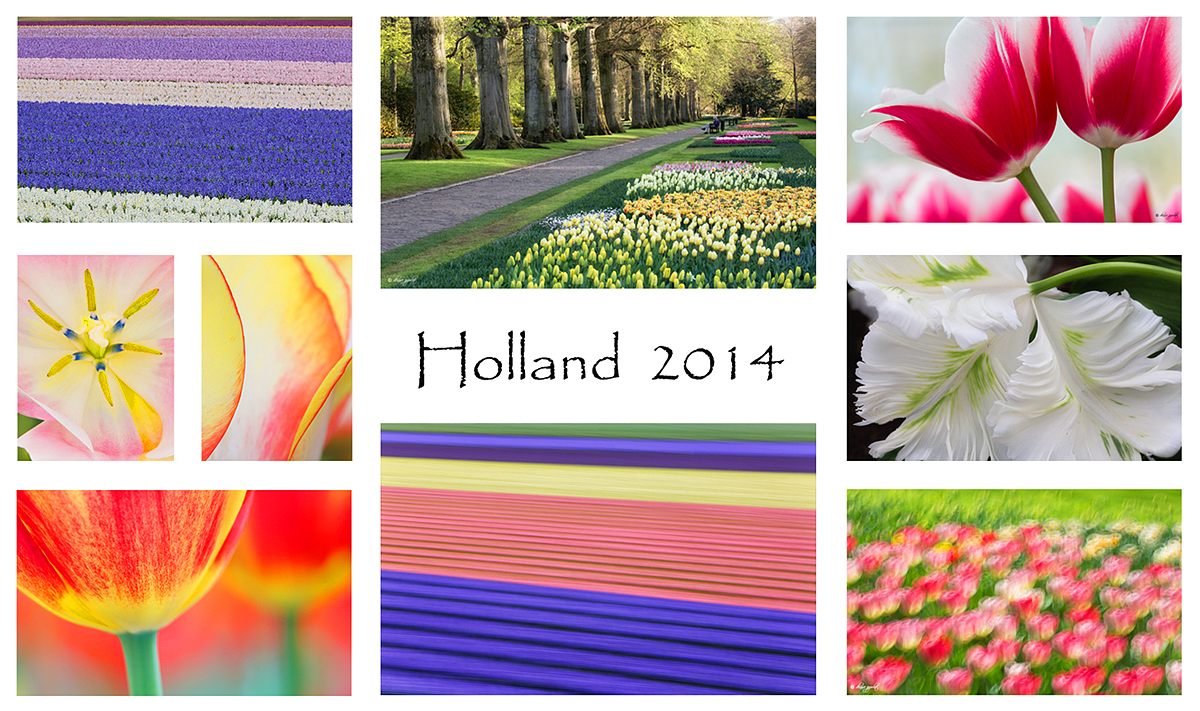
|
|
Join Denise and me in Holland this spring!
|
Holland 2014 7 1/2-Day/8-Night: A Creative Adventure/BIRDS AS ART/Tulips & A Touch of Holland IPT. April 17-April 24, 2014: $4995 Limit: 12/Openings: 5
Act soon: this trip is now a go and is filling quickly.
Join Denise Ippolito, Flower Queen and the author of “Bloomin’ Ideas,” and Arthur Morris, Canon Explorer of Light Emeritus and one of the planet’s premier photographic educators for a great trip to Holland in mid-April 2014. Day 1 of the IPT will be April 17, 2014. We will have a short afternoon get-together and then our first photographic session at the justly-famed Keukenhof. Most days we will return to the hotel for lunch, image sharing and a break. On Day 8, April 24, we will enjoy both morning and afternoon photography sessions.
The primary subjects will be tulips and orchids at Keukenhof and the spectacularly amazing tulip, hyacinth, and daffodil bulb fields around Lisse. In addition we will spend one full day in Amsterdam. There will be optional visits the Van Gogh Museum in the morning and the Anne Frank House in the afternoon; there will be plenty of time for street photography as well. And some great food. On another day we will have a wonderful early dinner at Kinderdijk and then head out with our gear to photograph the windmills and possibly some birds for those who bring their longs lenses. We will spend an afternoon in the lovely Dutch town of Edam where we will do some street photography and enjoy a superb dinner. All lodging, ground transportation, entry fees, and meals (from dinner on Day 1 through dinner on Day 7) are included.
For those who will be bringing a big lens we will likely have an optional bird photography afternoon or two. If we get lucky, the big attraction should be gorgeous Purple Herons in flight at a breeding marsh. We would be photographing them from the roadside. And we might be able to find a few Great-crested Grebes at a location near Keukenhof.
You will learn to create tight abstracts, how to best use depth-of-field (or the lack thereof) to improve your flower photography, how to get the right exposure and make sharp images every time, how to see the shot, and how to choose the best perspective for a given situation. And you will of course learn to create a variety of pleasingly blurred flower images. If you bring a long lens, you will learn to use it effectively for flower photography. Denise’s two favorite flower lenses are the Canon 100mm macro and the Canon 24-105mm zoom. Mine are the Canon 180mm macro lens and the Canon 600mm f/4L IS II, both always on a tripod and both often used with extension tubes and/or the 1.4X teleconverters. Denise hand holds a great deal of the time. For flower field blurs denise uses the same lenses mentioned above. My favorite is the 70-200 often with a 1.4X TC but I use both the 24-105 and the 600 II as well. Both of us use and love the Canon EOS-5D Mark III for all of our flower photography. The in-camera HDR and Multiple Exposure features are a blast.
One of the great advantages of our trip is that we will be staying in a single, strategically located hotel that is quite excellent. Do note that all ground transfers to and from Schipol will be via hotel shuttle bus.
What’s included: Eight hotel nights. All ground transportation except for airport transfers as noted above. In-the-field instruction and small group image review and Photoshop sessions. All meals from dinner on Day 1 through dinner on Day 8. The hotel we are staying in often offers both lunch and dinner buffets. The food is excellent. Whenever you order off the menu be it at the hotel or at one of the several fine-dining spots that we will be enjoying at various locations, only the cost of your main course is included. On these occasions the cost of soups, appetizers, salads, sodas and other beverages, alcoholic drinks and wine, bottled water, and desserts are not included. This is done in part in hopes that folks will be less inclined to enjoy an eight course dinner so that we can get to bed early. As with all A Creative Adventure/BIRDS AS ART Instructional Photo-Tours both the photo sessions and the days are long. Nothing that we do however will be demanding. Being able to sit down on the ground with your gear is, however, a huge plus. Anyone in halfway decent shape should be fine.
Snacks, personal items, phone calls, etc. are not included.
Beware of seemingly longer, slightly less expensive tours that include travel days and days sitting in the hotel doing nothing as part of the tour. In addition, other similar trips have you changing hotels needlessly. The cost of this years trip is a bit higher than last years to reflect our increased experience and the extra hotel night that is included. One final note on other similar trips: the instructors on this trip actually instruct. On other similar trips the instructors, though usually imminently qualified, serve for the most part as van drivers….
Happy Campers only please. A non-refundable deposit of $1,000 per person is required to hold your spot. The second payment of $2,000 due by October 30, 2013. The balance is due on January 15, 2014. Payments in full are of course welcome at any time. All payments including the deposit must be made by check made out to “Arthur Morris.” As life has a way of throwing an occasional curve ball our way, you are urged to purchase travel insurance within 15 days of our cashing your check. I use and recommend Travel Insurance Services. All payments are non-refundable unless the trip fills to capacity. In that case, all payments but your deposit will be refunded.
All checks should be made out to “Arthur Morris” and sent to: Arthur Morris, PO Box 7245, Indian Lake Estates, FL 33855. Please fill out the paperwork here and include a signed copy with your deposit check.
For couples or friends signing up at the same time for the tulip trip, a $200/person discount will be applied to the final payment.
Click here for complete details and lots of wonderful images with our legendary educational captions. Click here and see item one for lots more tulip images.
January 5th, 2014 The Amazing Streak Continues; What’s Wrong With Me? 🙂
Today’s blog post marks 41 days in a row with a new post, a new record by far that should continue for at least another week or two. Or not. 🙂 To show your appreciation, we ask that use our B&H and Amazon affiliate links for all of your B&H and Amazon purchases. Please check the availability of all photographic accessories in the BIRDS AS ART Online Store. We sell only what I use and depend on. We will not sell you junk. We know what you need to make creating great images easy and fun. And we are always glad to answer your gear questions via e-mail.
You can find the following items in the store: Gitzo tripods, Mongoose M3.6 and Wimberley heads, plates, low feet, and accessories, flash brackets, , Delkin e-film Pro Compact Flash Cards, LensCoat products, and our unique line-up of educational materials including ABP I & II, Digital Basics, Site and Set-up e-Guides, Canon and Nikon Camera Users and AF e-Guides, and MP-4 Photoshop video tutorials among others.
We would of course appreciate you using our B&H and Amazon affiliate links for all of your B&H and Amazon major gear, video, electronic, household, and personal purchases. For the photographic stuff mentioned above we would of course great appreciate your business.
Thanks and enjoy today’s blog post!
EOS-5D Mark III or EOS-1D X?
An e-mail exchange with blog subscriber Perry Elder
am: Hi Perry, Thanks for getting in touch.
re:
pe: I am a big fan of the blog and hopefully one day I can attend a BAA IPT.
am: Good plan.
pe: The question I have is about a camera upgrade for me. I currently have a Canon 7D and 5D Mark II. I am still getting good results with the 300 and 1.4X TC. My problems are with the EF 600/7D combo. I bought the 600mm about a year ago and I feel that it is showing the limitations of the 7D, especially in the auto focus speed area.
am: Agree. My understanding is that the main reason for that has something to do with the difference in the batteries in the two bodies. There is not enough juice in a 7D battery to drive the AF system as quickly as a 1D X can. These problems are exacerbated when either teleconverter is added. In addition, the AF systems in the 1D X and the 5D III blow away the AF systems in the 7D and the 5D II.
pe: If money is not an object, do I upgrade to the 1Dx or the 5D Mark III?
am: If birds are your primary subjects, you want a 1D X for its faster frame rate and faster initial focusing acquisition, again due to the more powerful battery, especially with the 1.4 X or 2X TCs. The 1D X frame rate is so fast that I often capture behaviors that are routinely missed by the human eye. If you like landscape, flower, wildlife, general nature, street and Urbex photography and do birds occasionally then the 5D Mark III is likely best for you. It’s larger files and in-camera HDR features are big pluses.
The 1D X is surely more rugged and surely better able to stand up to foul weather. The 1D X balances better with big super-telephoto lenses than the 5D Mark III. The latter advantage is eliminated for folks who add the Canon BG-E11 Battery Grip for 5D Mark III and an extra Canon LP-E6 Rechargeable Lithium-Ion Battery (7.2V, 1800mAh). The battery grip adds a vertical shutter release and several other convenient vertical format buttons. While the second battery allows for longer shooting sessions especially in cold weather my understanding is that the AF drive speed is not improved. Let’s not forget, however, that you can buy 2 5D Mark III bodies for the price of a single 1D X….
pe: The reviews I have read say that the major differences are that the 1Dx has better autofocus/shutter speed/construction and most everything else pretty else equal.
am: Shutter speed is a no-issue; each camera offers the same range of shutter speeds. Otherwise see my comments above. Because I love birds my first choice would be the 1D X. The fast frame rate is amazing and lets you capture stuff that you cannot see! And the rugged feel fits my hand a bit better than the 5D III does.
pe: I would keep the 7D and use it with the EF 300 F2.8/1.4 TC combo with which I have had good results.
am: That is surely a workable plan. Better would be a 1D X and a 5D III with the 1D X on the 600 and the 5D III on the 300 f/2.8L. Most folks simply do not realize that the 5D III is a great camera for bird photography with a killer AF system and large gorgeous files. Image quality with the 5D III slays image quality from the 7D. And with the Canon BG-E11 Battery Grip for 5D Mark III and an extra Canon LP-E6 Rechargeable Lithium-Ion Battery (7.2V, 1800mAh) the 5D III has a pro body feel.


Affiliate Links
Whichever you choose (or both), we ask folks who enjoy the blog and the Bulletins and who write for gear advice to use our B&H affiliate links. So please consider using one of the following. Doing so will not cost you one penny and will help us out tremendously. Plus, you will earn a free contest entry or two.
Canon EOS-1D X Digital SLR Camera (Body Only)
Canon EOS 5D Mark III DSLR Camera (Body Only)
If you prefer to use Amazon please use these:
For the 1D X:
Canon EOS-1D X 18.1MP Full Frame CMOS Digital SLR Camera
or for the 5D III:
Canon EOS 5D Mark III 22.3 MP Full Frame CMOS with 1080p Full-HD Video Mode Digital SLR Camera (Body)
thanks and later and love, artie
DPP RAW Conversions
To learn why I switched from ACR to DPP for my RAW conversions see our DPP RAW Conversion Guide here.
The San Diego Short-Notice Small Group IPT. January 15-17, 3-Full Days: $1049. Meet and Greet after dinner on your own at 7:30pm on Tuesday, January 14, 2014. Limit 6/Openings: 1.
There is now a single opening due to a late cancellation.
Please call or e-mail for late registration discount information.
We will get to photograph the California race of Brown Pelican in flight, resting, preening, cleaning their bill pouches, and talking to their neighbors by tossing their bills high in the air. The afternoon sessions will feature Marbled Godwits, several gull species, and Wood and Ring-necked Ducks. If we have a cloudy morning we will get to photograph Harbor Seals. You will learn to get the right exposure every time, to see the best situation, to think like a pro, to create sharp, pleasing images, and to understand the joint effects of light and wind on the birds. All in a small group with tons of individual attention.
A $500 non-refundable deposit is required to hold your slot for this IPT. Your balance will be due no later than January 7, 2014. The balance is alo non-refundable. If the trip fills, we will be glad to apply a credit applicable to a future IPT for the full amount less a $100 processing fee. If we do not receive your check for the balance on or before the due date we will try to fill your spot from the waiting list. If your spot is filled, you will lose your deposit. If not, you can secure your spot by paying your balance.
If you are planning to register please shoot me an e-mail.
Then please print, complete, and sign the form that is linked to here and shoot it to us along with your deposit check (made out to “Arthur Morris.”) Though we prefer a check, you can also leave your deposit with a credit card by calling the office at 863-692-0906. If you register by phone, please print, complete and sign the form as noted above and either mail it to us or e-mail the scan.
If you have any questions, please feel free to contact me via e-mail
Last Year’s Grand Prize winning image by Lou Coetzer
Important Contest News
Contest Deadlines Extended!
BIRDS AS ART 2nd International Bird Photography Competition
New Entry Deadline: January 31, 2014; see additional details below
With so many folks signing up at the last minute and with so many folks having trouble uploading their images due to server overload the deadline for entering the contest (registering and paying) has been extended until January 31, 2014 and the deadline for uploading images has been extended until midnight Eastern time on February 10, 2014. Take advantage of this extension to have a crack at the great prizes.
Learn more and enter the BIRDS AS ART 2nd International Bird Photography Competition here. Twenty-five great prizes including the $1000 Grand Prize and intense competition. Bring your best.
Register and Pay
To register click here.
To learn of payment options, click here.
Support the BAA Blog. Support the BAA Bulletins: Shop B&H here!
This Bulletin took about 12 hours to prepare
We want and need to keep providing you with the latest free information, photography and Photoshop lessons, and all manner of related information. Show your appreciation by making your purchases immediately after clicking on any of our B&H or Amazon Affiliate links in this blog post. Remember, B&H ain’t just photography!


<
 
Amazon
Everyone buys something from Amazon, be it a big lens or deodorant. Support the blog by starting your search by starting your search by clicking on the logo-link below. No purchase is too small to be appreciated; they all add up. Why make it a habit? Because I make it a habit of bringing you new images and information on an almost daily basis.
Typos
In all blog posts and Bulletins, feel free to e-mail or leave a comment regarding any typos, wrong words, misspellings, omissions, or grammatical errors. Just be right. 🙂
IPT Info
Many of our great trips are filling up. See especially info on the South Florida, Holland, and Nickerson Beach IPTs. Two great leaders ensure that you will receive individual attention, have all of your questions answered, and learn a ton including how to think like a pro, see the situation, and get the right exposure every time. In addition you will have fun, and make lots of great images. Click here for IPT details and general information.
January 4th, 2014 An Amazing Streak
Today’s blog post marks 40 days in a row with a new post, a new record by far that should continue for at least another week or two. To show your appreciation, we ask that use our B&H and Amazon affiliate links for all of your B&H and Amazon purchases. Please check the availability of all photographic accessories in the BIRDS AS ART Online Store. We sell only what I use and depend on. We will not sell you junk. We know what you need to make creating great images easy and fun. And we are always glad to answer your gear questions via e-mail.
You can find the following items in the store: Gitzo tripods, Mongoose M3.6 and Wimberley heads, plates, low feet, and accessories, flash brackets, , Delkin e-film Pro Compact Flash Cards, LensCoat products, and our unique line-up of educational materials including ABP I & II, Digital Basics, Site and Set-up e-Guides, Canon and Nikon Camera Users and AF e-Guides, and MP-4 Photoshop video tutorials among others.
We would of course appreciate you using our B&H and Amazon affiliate links for all of your B&H and Amazon major gear, video, electronic, household, and personal purchases. For the photographic stuff mentioned above we would of course great appreciate your business.
Thanks and enjoy today’s blog post!
Soup from a Bosque Stone
On rare occasions, action can be on the slow side at Bosque del Apache, NWR in San Antonio, NM. And sometimes, there are just no birds to photograph. At these uncommon times folks should understand that there are a wealth of non-avian subjects at the refuge worthy of their time. Those include the young willows and stands of the invasive salt cedar that line the ditches. Both of these are ideal fodder for honing your vertical pan-blur techniques. The panning rate determines the degree of blurring but it is the timing of the shutter release that determines the image design. It takes practice to achieve the framing that you want but once you are in the field, digital is free so it is a good idea to experiment at length. It is likely that something like 1 out of every 10 images will look good on the back of your camera and for every 10 that look good on the back of your camera you might wind up with one very nice keeper, or better yet, a family jewel.
Blurring the Blurrer
On a rare not-so-great IPT morning Denise Ippolito and I stopped to teach the boys and girls how to create pleasing blurs. Everyone was working on vertical pan blurs of the young willows when BPN‘s Cheryl Slechta, a moderator in the Out-of-the Box Forum, where creativity reigns under Cheryl’s fine leadership, came by and shared her “Harold blur.” Everyone loved the image. .
We loved it so much that we got Bear Boat IPT veteran Harold Klein to pose for us. He was a great sport and his camouflage outfit was perfect. As always we encourage folks to create lots of images in hopes of getting one good one. I created about 25 Harold Blurs and kept only the one above….
Bummin’ I
When the pre-dawn sky is spectacular but the birds are sleeping late creating pleasing blurs is always an option. Working on a tripod when creating pan blurs makes it easy to keep the straight lines straight and level. With the lower half of the frame here relatively dark (as compared to the sky) I did not add much light for fear of blowing out both the YELLOW and the RED channels. Again, the shutter speed and the panning rate determine the degree of blurring and the timing of the shutter release determines the framing.
Bummin’ II
On some days there is beautiful color in the pre-dawn sky while it is still relatively pitch dark, far too early for the geese to fly out. Such was the case when I created the image above; note the ISO of 5000 with a shutter speed of only 1/4 second…. Bummin’ is a choice. 🙂 (The Work of Byron Katie.)
A Guide to Pleasing Blurs
If you would like to learn more about creating pleasing blurs check out our A Guide to Pleasing Blurs by Denise Ippolito and yours truly.
This 20,585 word, 271 page eGuide PDF is illustrated with 144 different, exciting, and artistic images. The guide covers the basics of creating pleasingly blurred images, the factors that influence the degree of blurring, the use of filters in creating pleasing blurs, and a great variety of both in-the-field and Photoshop techniques that can be used to create pleasingly blurred images. The book is laid out in landscape format to make for easy viewing and easy reading on any decent computer monitor.
We teach you many different ways to move your lens during the exposure to create a variety of pleasingly blurred images of flowers and trees and water and landscapes. We teach you to recognize situations where subject movement can be used to your advantage to create pan blurs, wind blurs, and moving water blurs. We teach you to create zoom-blurs both in the field and during post-processing. Artie shares the techniques that he has used and developed for making blurred images of flocks of geese in flight at his beloved Bosque del Apache and Denise shares her flower blur magic as well as a variety of creative Photoshop techniques that she has developed.
With the advent of digital capture creating blurred images has become a great and inexpensive way to go out with your camera and have fun. Do know that over the past decade more and more prestigious contests that are looking away from traditional photography towards more out of the box stuff have chosen to honor a great many intentional blurs. While many folks think that making successful blurred images is the result of being a sloppy photographer nothing could be further from the truth. In “A Guide to Pleasing Blurs” Artie and Denise will help you to unleash your creative self.
Backlit Cottonwoods
Kudos and thanks again to the afore-mentioned Cheryl Slechta who has helped Denise and me out on several Bosque IPTs. On the 2012 IPT, most of the group was waiting for a big duck blast-off without much success. Cheryl went for a walk to see what she could see and came back to share some of her backlit cottonwood images. Several of us were really impressed. I advised folks with 5D Mark III bodies that using a tripod for creating any HDR images is the best plan as it assures accurate alignment of the images. As I usually do my favorites were Art Vivid captures and as usual, I brought the JPEG into Photoshop and reduced the Saturation about 10 points.
Long Lenses for Landscapes
I love using long glass for landscape and scenic photography. Doing so enables you to extract the most interesting parts of the scene in a way that I wide angle lens cannot do. In addition, long effective focal lengths compress the elements in a composition making them appear closer to each other than they actually are. As the 282mm focal length used here did to the cottonwoods and the low mountains. I loved using my 200-400 at Bosque for both landscapes and the pre-dawn and sunrise fly-ins and fly-outs.
Natural In-Camera HDRS
As regular readers know, I love and use the Art Vivid in-camera HDR style most of the time. But with the image above, it the JPEGs were looking way too YELLOW so I created a few with the Natural style and loved the results. My 50-50 NIK pre-set did wonders for this one as did the nice crop from the top and a 10-point increase in Saturation. I erased the 50-50 Tonal Contrast/Detail Extractor layer from the sky with a Regular Layer Mask.
5D Mark III User’s Guide
Learn everything that I know about my 5D Mark III in my 5D Mark III User’s Guide. Included are 5D III exposure fine points, handling the WHITEs, all top LCD and camera control buttons, the 5D Mark III drive modes, how to manually select an AF sensor, choosing an AF Area Selection Mode, Menu Item access, coverage of almost all Menu Items and Custom Functions including the following: Image Quality, Auto Lighting Optimizer, Highlight Tone Priority, AF Configuration Tool (includes details on the custom setting that I use), Acceleration/deceleration tracking, Tracking sensitivity, Lens drive when AF impossible, Orientation linked AF point (I love this feature on the 5D III!), Highlight alert, Histogram display, Auto rotate, Custom Shooting Mode set-up, Safety shift, using the Q button, and setting up rear focus. In addition you will learn my settings for both the In-camera HDR and the Multiple Exposure features. The guide is–of course–written in my informal, easy-to-follow style.
Your Favorite?
Take a moment to leave a comment and let us know which of the images above is your favorite and why you chose it.
|
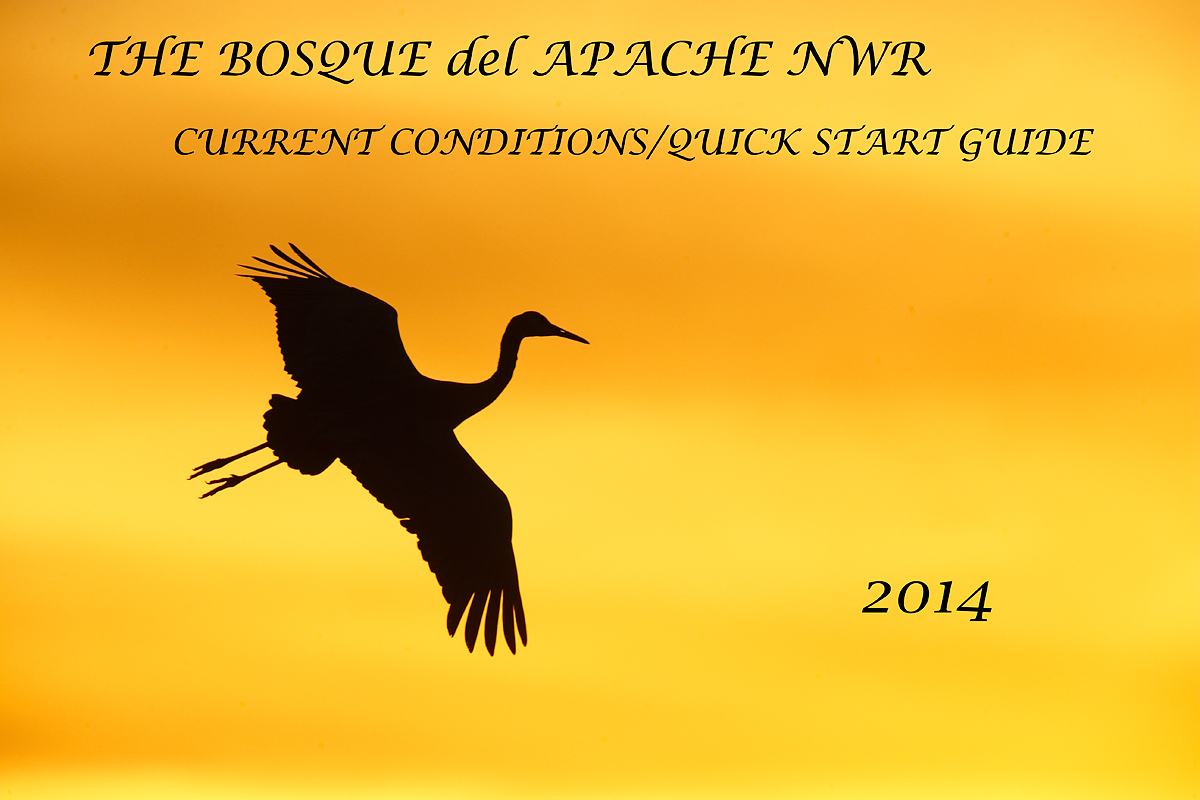
|
|
The 2014 Bosque Quick Start Guide/Current Conditions Update is available as a stand alone purchase. See below for details.
|
The 2014 Bosque Quick Start Guide/Current Conditions Update
The 2014 Bosque Quick Start Guide/Current Conditions Update was sent on Tuesday to all the folks who have previously purchased our Bosque Site Guide. In this new, stand-alone guide I will enlighten you as to what’s new at the refuge and what’s old that works. Where should you be at dawn with a north wind? Which crane pool is better? What’s with that new pond? Where are the two best spots to be at sunset? Where should you be at 7:30am on a cloudy morning?
All of those questions are answered in detail in the new Quick Start Guide/Update. The Quick Start Guide contains a basic synopsis of the complete guide including the best pre-dawn strategies, the best crane pool strategies, the best afternoon strategies, and the best sunset strategies. Heck, BAA Site Guides are the next best thing to being on an IPT. This new e-Guide includes 41 images, all but one created in 2013. Most are spectacular and inspiring, all include an educational caption designed to teach you to be in the right place at the right time in the right weather. Take advantage of my 20 years of experience at Bosque by getting yourself a copy of this great new guide right now.
If you own the Bosque Site Guide and did not receive the update please cut and paste (or screen capture) the top of the first page of your Bosque Site Guide into an e-mail and shoot it to Jim via e-mail with the words “2014 Bosque Update” cut and pasted into the Subject Line.
If you purchase our Bosque Site Guide ($50) today, you will receive the complete Bosque Site Guide in one e-mail, and then you will receive the 2014 Bosque Quick Start Guide/Current Conditions Update at no charge to you.
Save $25 on the Stand Alone “Bosque Quick Start Guide”
We are, as we did last year, offering the 2014 Bosque Quick Start Guide/Current Conditions Update as a stand-alone purchase for only $25. You can order your copy right now in the BAA Online Store by clicking here. Your PDF will be sent via e-mail.
|
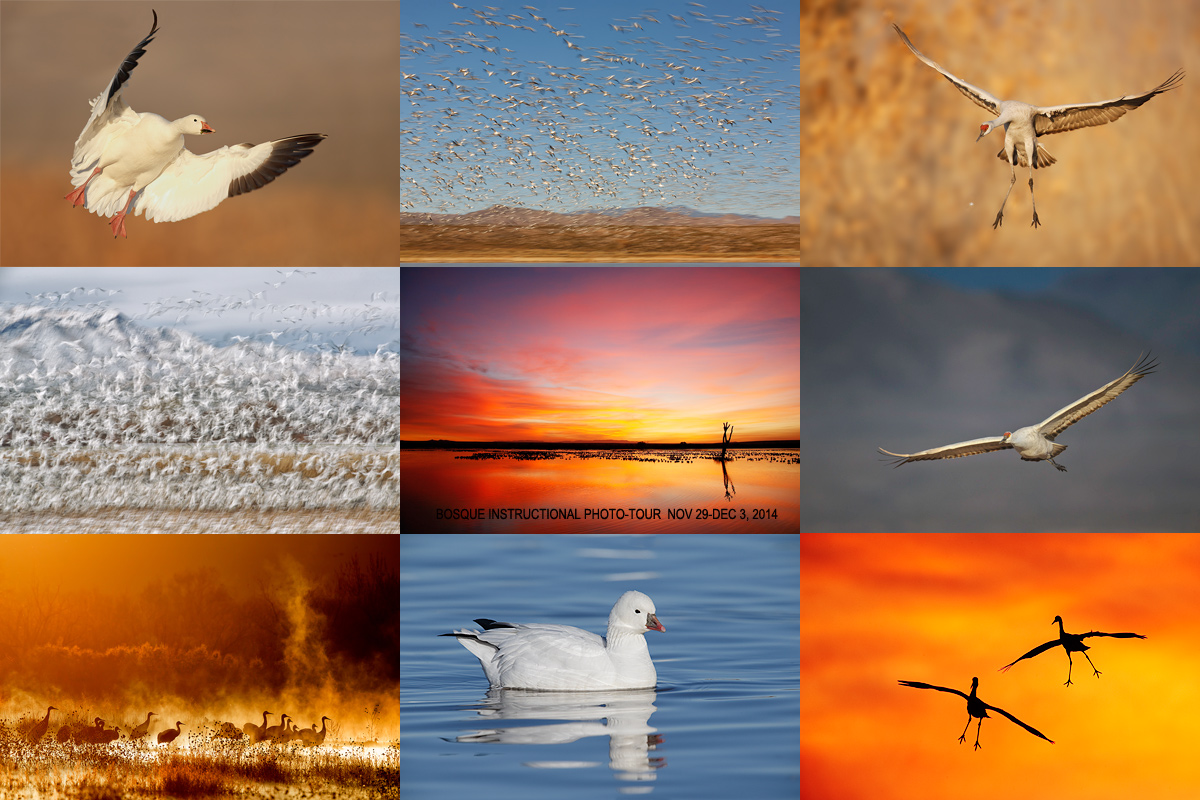
|
|
Join Denise Ippolito and me for four great days of photography and learning at one of our soul places. Please click on the card to enjoy a larger version.
|
Bosque del Apache 2014 BIRDS AS ART/A Creative Adventure Instructional Photo-Tour (IPT). NOV 29-DEC 3, 2014. Totaling 4 FULL-DAYS: $1449. Leaders: Arthur Morris and Denise Ippolito. Introductory Slide program: 7:00pm on Sunday 11/29.
Tens of thousand of Snow Geese, 10,000 Sandhill Cranes, ducks, amazing sunrises, sunsets, and blast-offs. Live, eat, and breathe photography with two of the world’s premier photographic educators at one of their very favorite photography locations on the planet. Top-notch in-the-field and Photoshop instruction. This will make 21 consecutive Novembers at Bosque for artie. This will be denise’s 6th workshop at the refuge. Nobody knows the place better than artie does. Join us to learn to think like a pro, to recognize situations and to anticipate them based on the weather, especially the sky conditions, the light, and the wind direction. Every time we make a move we will let you know why. When you head home being able to apply what you’ve learned on your home turf will prove to be invaluable.
This workshop includes 4 afternoon (11/29 through 12/2), 4 morning (11/30 to 12/3) photography sessions, an inspirational introductory slide program after dinner on your own on Saturday, 11/29, all lunches, and after-lunch digital workflow, Photoshop, and image critiquing sessions.
There is never a strict itinerary on a Bosque IPT as each day is tailored to the local conditions at the time and to the weather. We are totally flexible in order to maximize both the photographic and learning opportunities. We are up early each day leaving the hotel by 5:30 am to be in position for sunrise. We usually photograph until about 10:30am. Then it is back to Socorro for lunch and then a classroom session with the group most days. We head back to the refuge at about 3:30pm each day and photograph until sunset. We will be photographing lots of Snow Geese and lots of Sandhill Cranes with the emphasis on expanding both your technical skills and your creativity.
A $449 non-refundable deposit is required to hold your slot for this IPT. Your balance, payable only by check, will be due on 7/25/2014. If the trip fills, we will be glad to apply a credit applicable to a future IPT for the full amount less a $100 processing fee. If we do not receive your check for the balance on or before the due date we will try to fill your spot from the waiting list. If your spot is filled, you will lose your deposit. If not, you can secure your spot by paying your balance.
Please print, complete, and sign the form that is linked to here and shoot it to us along with your deposit check (made out to “Arthur Morris.”) You can also leave your deposit with a credit card by calling the office at 863-692-0906. If you register by phone, please print, complete and sign the form as noted above and either mail it to us or e-mail the scan. If you have any questions, please feel free to contact me via e-mail.
|
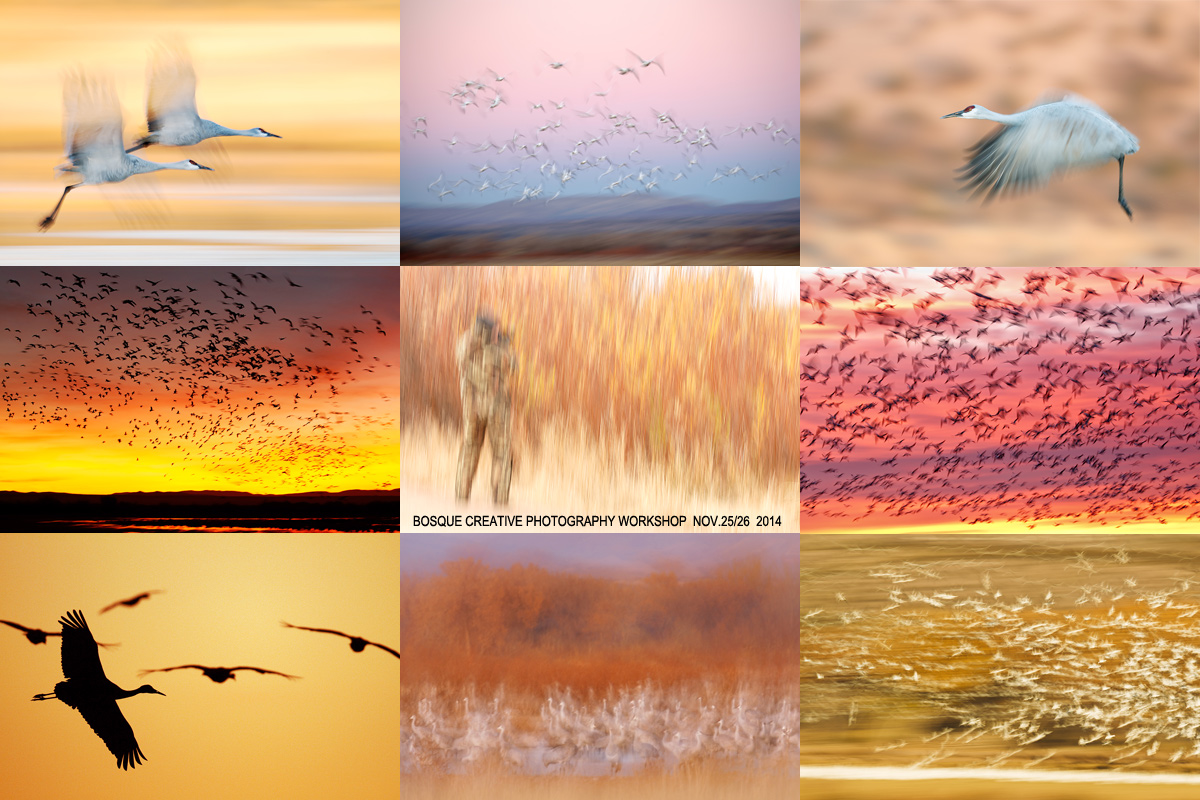
|
|
Join Denise Ippolito and me for two great days of photography, fun, and learning at one of our soul places. We will surely be taking you out of the box on this workshop. Please click on the card to enjoy a larger version.
|
Bosque del Apache 2014 A Creative Adventure/BIRDS AS ART “Creative Photography Instructional Photo-Tour.” (IPT). NOV 24-25, 2014. 2-FULL DAYS: $729. Leaders: Denise Ippolito & Arthur Morris. Introductory Slide program: 7:00pm on Sunday 11/23.
Get Out of Your Box!
The Creative Bosque IPT is perfect for folks who want to learn to think outside the box, to create new and different images. This workshop is the perfect add-on for folks who are planning on attending the Festival of the Cranes. Learn to unleash your creative juices at the wondrous Bosque del Apache National Wildlife Refuge in San Antonio, New Mexico with two great leaders including the amazingly talented and creative Denise Ippolito. In-the-field instruction will include tips on gear set-up, on creating a variety of pleasing blurs, on getting the right exposure, and on designing pleasing images. And lots more. From vertical pan blurs to subject motion blurs to zoom blurs to multiple exposures we will cover it all. If conditions are perfect, we will not hesitate to take advantage of them to do some traditional bird photography. This workshop will include an inspirational introductory slide program on Sunday evening, 11/23, after dinner on your own, two morning and two afternoon photography sessions, all lunches, a digital workflow and Photoshop session after lunch on Monday, and an image critiquing session after lunch on Tuesday.
A $329 non-refundable deposit is required to hold your slot for this IPT. Your balance, payable only by check, will be due on 7/25/2014. If the trip fills, we will be glad to apply a credit applicable to a future IPT for the full amount less a $100 processing fee. If we do not receive your check for the balance on or before the due date we will try to fill your spot from the waiting list. If your spot is filled, you will lose your deposit. If not, you can secure your spot by paying your balance.
Please print, complete, and sign the form that is linked to here and shoot it to us along with your deposit check (made out to “Arthur Morris.”) You can also leave your deposit with a credit card by calling the office at 863-692-0906. If you register by phone, please print, complete and sign the form as noted above and either mail it to us or e-mail the scan. If you have any questions, please feel free to contact me via e-mail.
Bosque 2013 Kudos
From Brent Schoenfeld who attended with his friend Claudia, via e-mail:
You and Denise are an amazing team and it was a treasured experience to learn from and photograph with you both. You have gifted me a new ‘exposure’ discipline, which has catapulted me up to the level I’ve wanted to be at. I had seen the value before, largely from following your blog, and had started to embrace it, but with the workshop I find myself solidly and confidently established in a new and photographically more powerful place. Thank you for your blog, as well. It is a great learning tool. I hope to do more workshops with you two! Thanks for everything. Ciao for now, B.
From Gretchen Cole in an e-mail to the group:
Hello All, I finally have images ready to share. I am still thinking of the trip to Bosque and am so glad I could get signed on late and meet all of you. What a fun, energetic, and talented group. This was my very first trip to Bosque, and I know I will be back. It has grabbed me and I am already formulating a plan to return. This also was my very first bird photography experience and it was fantastic to have such good leaders willing to help and share their knowledge. Enjoy the holidays and I hope we meet again. Thanks again to Denise and Artie for sharing your knowledge without restraint 🙂 Gretchen
From Dave Klein via e-mail:
I wanted you to know that both you and Denise are icons in my photographic journey. What I liked about the workshop was the blending of styles you two represent: technical, compositional and creative. Your vast experience with Bosque told us when to be patient with a situation and let the photographic opportunity present itself and when to quickly move on to another when the circumstances weren’t in our favor. Thanks so much Artie for your dedication to your workshop participants and your readership. I feel privileged to say that I am both. Kind regards, Dave
From Sue Eberhart’s e-mail to the group:
Happy Day After Thanksgiving to all, The experience at Bosque, for me, was a once-in-a-lifetime journey. Before leaving home, I knew that it would be special trip but upon arrival and experiencing just a few minutes with all of you, I knew I was into something extraoidinary. The group’s passion and talent was infectious. As we know, the setting was so very special and the birds outdid themselves.
I am always looking for inspiration and I found all of you inspiring in many ways. Denise and Artie were always patient and willing to share their knowledge, techniques and skills. What more could one ask for? Snow? Yep, even that was arranged for and delivered. Attached are 5 of my best images. I can hardly wait to get home and begin to practice with our shorebirds but nothing will replicate the Bosque experience with all of you. Happy Holidays to you all and I hope we will meet again someday. Sue
From Carl Meisel via e-mail:
Thanks so much for allowing us to experience a once in a lifetime event. I had a great learning experience and am going home with myriads of keepers. I think we lucked out with the days we chose as we saw numerous blastoffs and beautiful sunsets. Thanks again. Carl–from the old Brooklyn neighborhood
January 3rd, 2014
|
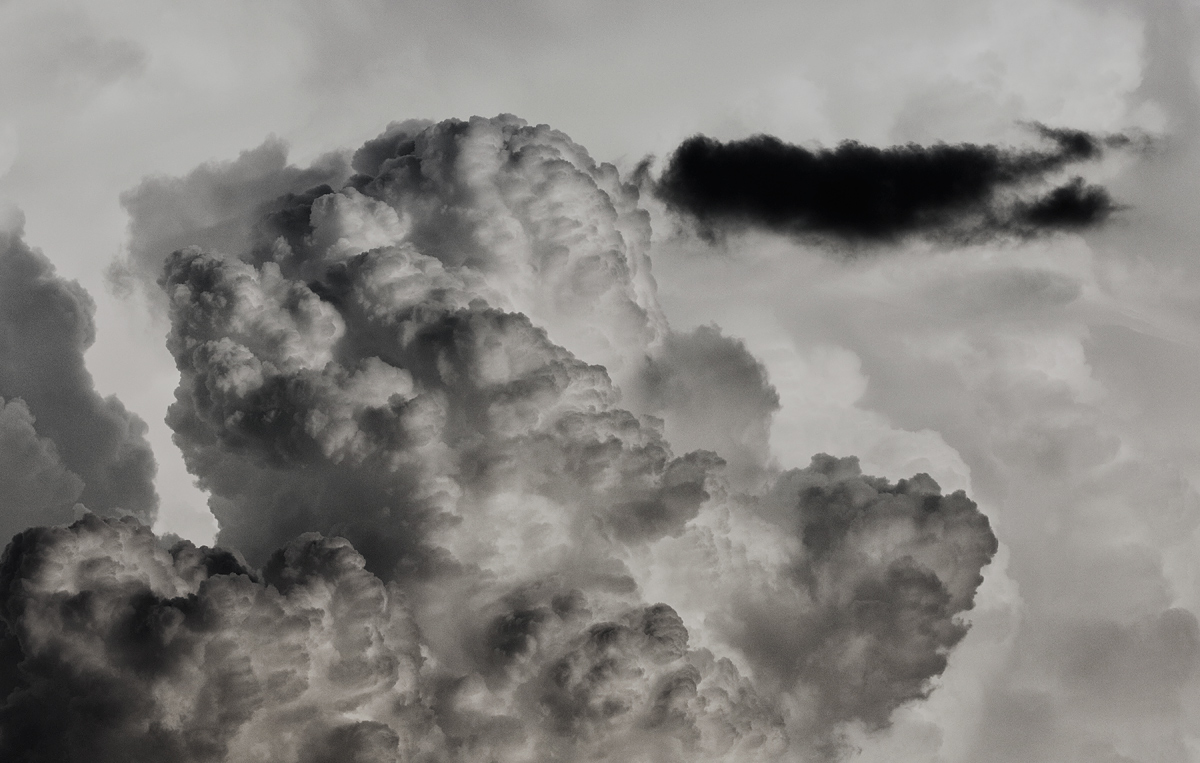
|
|
This image was created at my home in Indian Lake Estates with the Canon EF 200-400mm f/4L IS USM lens with Internal 1.4x Extender (hand held at 200mm) with the Canon EOS-1D X. ISO 400. Evaluative metering +2 stops as framed: 1/4000 sec. at f/9 in Av mode. Color temperature AWB.
Central sensor/AI Servo/Surround/Rear Focus AF on the blackest cloud and re-compose. Click here to see the latest version of the Rear Focus Tutorial. Click on the image to see a larger version.
Image #1: Photoshop and Color Efex Pro only
|
The Image Optimization
Cumulonimbus clouds (scroll down to learn more) are of course common here in Florida in most seasons. July can be an incredible month for vicious thunderstorms here in the central part of the state. This image was created on June 18, 2013 at 7:46pm.
After converting the underexposed RAW file in DPP (see more below) I created the optimized file above using Curves in Photoshop and using NIK Color Efex Pro. With the latter I ran Tonal Contrast at 100% and BW Conversion at about 60%. I wanted to compare the results with the Silver Efex Pro. Again, see more below.
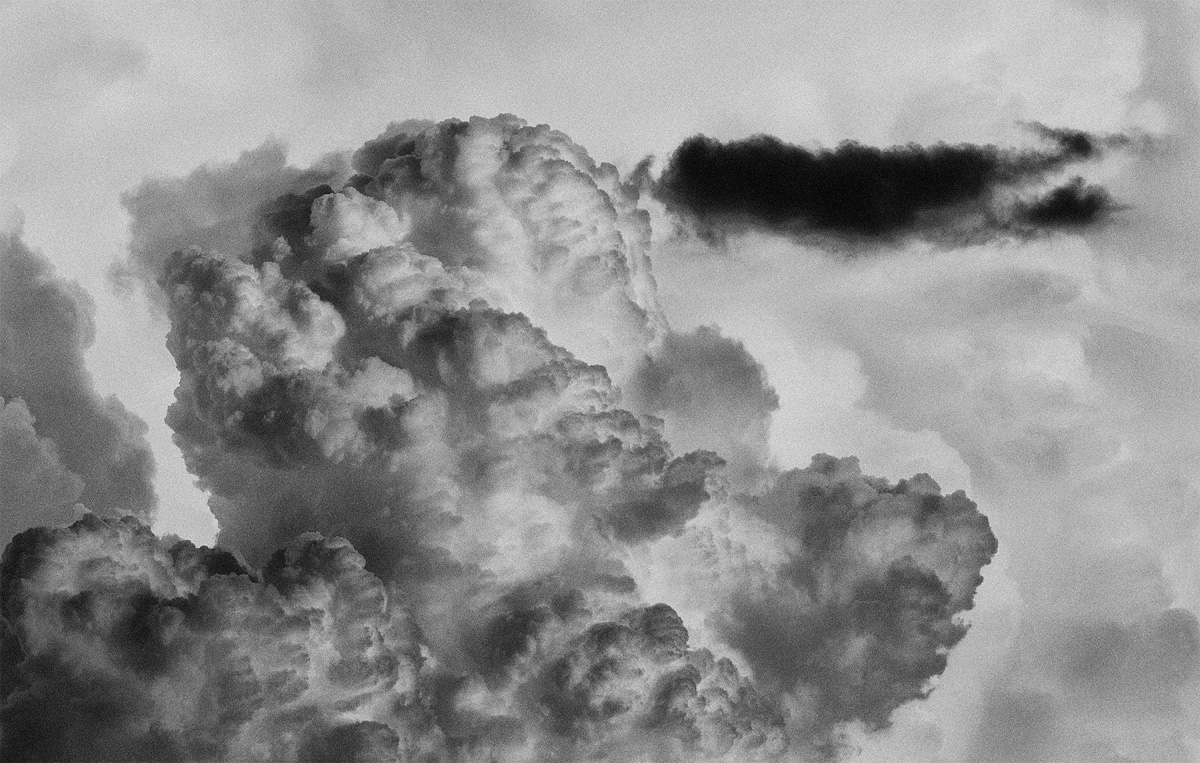
|
|
This is the NIK Silver Efex Pro Wet Rocks version. Be sure to click on the image to see the larger size.
Image #2: Wet Rocks
|
NIK Silver Efex Pro Wet Rocks
The Wet Rocks preset in NIK Silver Efex Pro is usually one of my favorites. Be sure to click on each of the two images to see the larger size and let us know what you think.
Cumulonimbus Clouds
From Wikipedia (here):
Cumulonimbus, from the Latin cumulus (“heap”) and nimbus (“rainstorm”, “storm cloud”), is a dense towering vertical cloud associated with thunderstorms and atmospheric instability, forming from water vapor carried by powerful upward air currents. Cumulonimbus may form alone, in clusters, or along cold front squall lines. They are capable of producing lightning and other dangerous severe weather, such as gusts, hail, and occasional tornadoes. Cumulonimbus progress from overdeveloped cumulus congestus clouds and may further develop as part of a supercell.
|
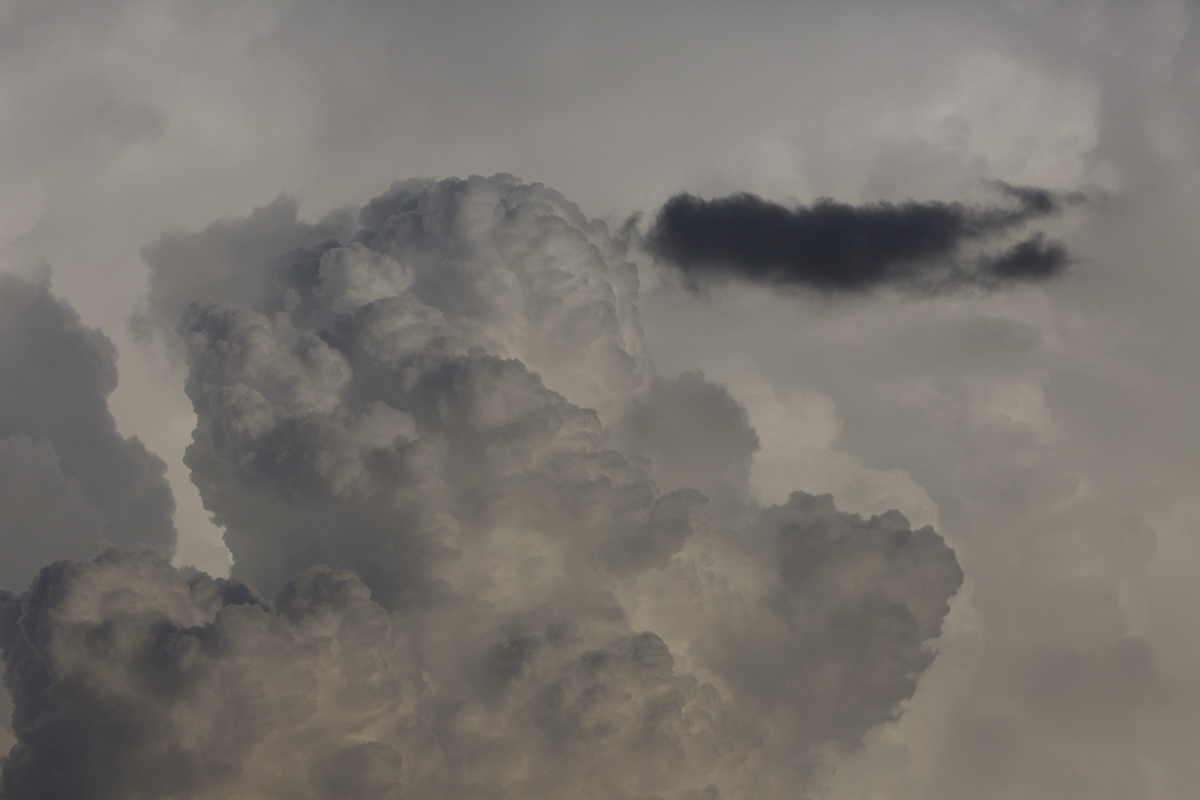
|
|
your text and adds
|
The Original Capture
Note that even though I was working at +2 exposure compensation (+2 EC), the original capture was a big underexposure.
The unsharpened, unaltered JPEG above accurately represents the original capture. It was created from the extracted JPEG. Most folks are not aware that with virtually all high-end and pro-sumer digital bodies a very large JPEG is created at the instant that the RAW file is captured. In BreezeBrowser I hit Shift/Control/X to extract these JPEGs. BreezeBrowser created an extracted sub-folder and places the JPEG there.
BreezeBrowser
As regular readers know that I use and depend on BreezeBrowser every day of the year. It allows me to sort my keepers and delete the rejects faster than any other Windows browsing program. We use it on the main computer in the home office to catalog our images file-drawer style. And the companion program, Downloader Pro allows me to download my images quickly and conveniently. It automatically adds my IPTC data and the shooting location. I have it set up to create a folder named by the Month/date/year. The Breezebrowser/Downloader Pro combo saves me many hours each week. To learn more or to purchase this great PC only program, click here. As far as the BreezeBrowser/Downloader Pro Combo goes, if you are using a Windows platform and are not using these two great programs you are at best, wasting your valuable time. My understanding is that Photo Mechanic is best for Mac-users who do not opt to run Parallels or VM Ware fusion on their Macs so that they can enjoy the many advantages of BreezeBrowser. See BreezeBrowswer on a Mac for details.
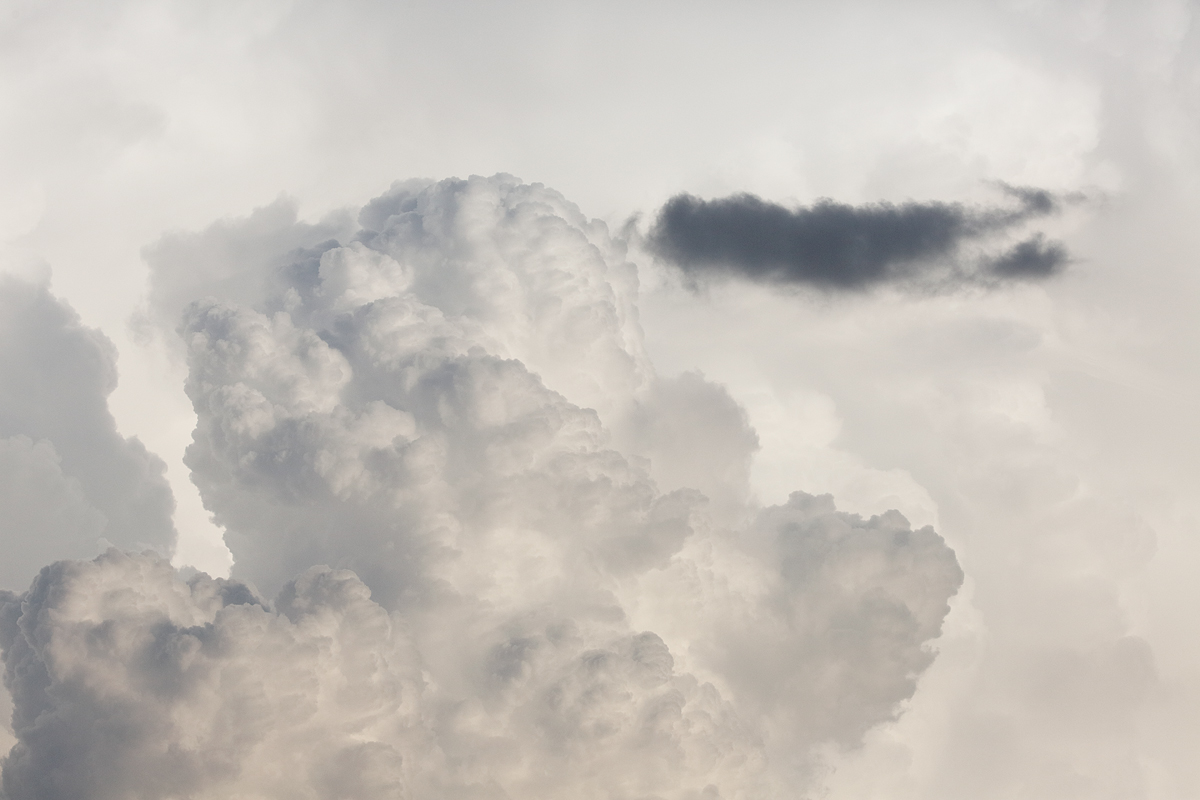
|
|
This JPEG represents the converted RAW file saved as a TIF.
|
The Image Conversion
As always over the past few years, this image was converted in Canon’s DPP (Digital Photo Professional). I upped the exposure 1 1/3 stops right off the bat and could have gone even a bit more. My understanding is that lightening an image during conversion does not reduce noise. That said, I do not find the noise levels in the opening image here at all objectionable despite the fact that the original was at least 1 1/3 stops underexposed.
DPP RAW Conversions
To learn why I switched from ACR to DPP for my RAW conversions see our DPP RAW Conversion Guide here.
The San Diego Short-Notice Small Group IPT. January 15-17, 3-Full Days: $1049. Meet and Greet after dinner on your own at 7:30pm on Tuesday, January 14, 2014. Limit 6/Openings: 1.
There is now a single opening due to a late cancellation.
Please call or e-mail for late registration discount information.
We will get to photograph the California race of Brown Pelican in flight, resting, preening, cleaning their bill pouches, and talking to their neighbors by tossing their bills high in the air. The afternoon sessions will feature Marbled Godwits, several gull species, and Wood and Ring-necked Ducks. If we have a cloudy morning we will get to photograph Harbor Seals. You will learn to get the right exposure every time, to see the best situation, to think like a pro, to create sharp, pleasing images, and to understand the joint effects of light and wind on the birds. All in a small group with tons of individual attention.
A $500 non-refundable deposit is required to hold your slot for this IPT. Your balance will be due no later than January 7, 2014. The balance is alo non-refundable. If the trip fills, we will be glad to apply a credit applicable to a future IPT for the full amount less a $100 processing fee. If we do not receive your check for the balance on or before the due date we will try to fill your spot from the waiting list. If your spot is filled, you will lose your deposit. If not, you can secure your spot by paying your balance.
If you are planning to register please shoot me an e-mail.
Then please print, complete, and sign the form that is linked to here and shoot it to us along with your deposit check (made out to “Arthur Morris.”) Though we prefer a check, you can also leave your deposit with a credit card by calling the office at 863-692-0906. If you register by phone, please print, complete and sign the form as noted above and either mail it to us or e-mail the scan.
If you have any questions, please feel free to contact me via e-mail
Your Favorite?
Take a moment to leave a comment and let us know which image you like best, and why. Comments on the crop, on the contrast, and on the brightness are of course welcome as well.
An Amazing Streak
Today’s blog post marks 39 days in a row with a new post, a new record by far that should continue for at least another week or two. To show your appreciation, we ask that use our B&H and Amazon affiliate links for all of your B&H and Amazon purchases. Please check the availability of all photographic accessories in the BIRDS AS ART Online Store. We sell only what I use and depend on. We will not sell you junk. We know what you need to make creating great images easy and fun. And we are always glad to answer your gear questions via e-mail.
You can find the following items in the store: Gitzo tripods, Mongoose M3.6 and Wimberley heads, plates, low feet, and accessories, flash brackets, , Delkin e-film Pro Compact Flash Cards, LensCoat products, and our unique line-up of educational materials including ABP I & II, Digital Basics, Site and Set-up e-Guides, Canon and Nikon Camera Users and AF e-Guides, and MP-4 Photoshop video tutorials among others.
We would of course appreciate you using our B&H and Amazon affiliate links for all of your B&H and Amazon major gear, video, electronic, household, and personal purchases. For the photographic stuff mentioned above we would of course great appreciate your business.
Thanks and enjoy!
Last Year’s Grand Prize winning image by Lou Coetzer
Important Contest News
Contest Deadlines Extended!
BIRDS AS ART 2nd International Bird Photography Competition
New Entry Deadline: January 31, 2014; see additional details below
With so many folks signing up at the last minute and with so many folks having trouble uploading their images due to server overload the deadline for entering the contest (registering and paying) has been extended until January 31, 2014 and the deadline for uploading images has been extended until midnight Eastern time on February 10, 2014. Take advantage of this extension to have a crack at the great prizes.
Learn more and enter the BIRDS AS ART 2nd International Bird Photography Competition here. Twenty-five great prizes including the $1000 Grand Prize and intense competition. Bring your best.
Register and Pay
To register click here.
To learn of payment options, click here.
Support the BAA Blog. Support the BAA Bulletins: Shop B&H here!
This Bulletin took about 12 hours to prepare
We want and need to keep providing you with the latest free information, photography and Photoshop lessons, and all manner of related information. Show your appreciation by making your purchases immediately after clicking on any of our B&H or Amazon Affiliate links in this blog post. Remember, B&H ain’t just photography!
Expires Tomorrow: 1/4/2014


Amazon
Everyone buys something from Amazon, be it a big lens or deodorant. Support the blog by starting your search by starting your search by clicking on the logo-link below. No purchase is too small to be appreciated; they all add up. Why make it a habit? Because I make it a habit of bringing you new images and information on an almost daily basis.
Typos
In all blog posts and Bulletins, feel free to e-mail or leave a comment regarding any typos, wrong words, misspellings, omissions, or grammatical errors. Just be right. 🙂
IPT Info
Many of our great trips are filling up. See especially info on the South Florida, Holland, and Nickerson Beach IPTs. Two great leaders ensure that you will receive individual attention, have all of your questions answered, and learn a ton including how to think like a pro, see the situation, and get the right exposure every time. In addition you will have fun, and make lots of great images. Click here for IPT details and general information.
January 2nd, 2014
Small But Deadly: The 70-200mm Telephoto Zoom Lenses
When most folks think of lenses for bird photography, they usually think of one of the super-telephoto focal lengths: 500, 600, or 800mm. But there are many times when lenses in that class are simply not the right tool for the job. When you are working in close quarters, when you need to be able to handhold for flight or action, when you want to frame wide or vary your framing to include a group of birds or attractive habitat, or when your long lens is simply too long for the task, a short telephoto zoom lens is likely to be perfect. My very favorite short telephoto zoom range is 70-200mm because it offers me freedom, flexibility, and adaptability when I need it. I never make a trip without one in my Think Tank Rolling Bag.
I purchased the Canon EF 70-200mm f/2.8L USM Telephoto Zoom lens just before an eagle trip to Alaska in 2005. Having never been before, I was somewhat skeptical when told that a 70-200 would be my most valuable lens on the trip, but that is exactly as it turned out. When feeding the eagles was still legal, the birds flew by at extremely close range. Though I had my 500mm f/4L IS along as well as a borrowed 300mm f/2.8 L IS, I rarely used them. just before an eagle trip to Alaska in 2005. Having never been before, I was somewhat skeptical when told that a 70-200 would be my most valuable lens on the trip, but that is exactly as it turned out. When feeding the eagles was still legal, the birds flew by at extremely close range. Though I had my 500mm f/4L IS along as well as a borrowed 300mm f/2.8 L IS, I rarely used them.
At 2.9 lbs., the older f/2.8 L IS version was and is eminently hand-holdable. The physical length of the lens is 7 3/4 inches. And it is a lot cheaper than the Series II version–see below for detailson that one. The older version focuses down to 1.4 meters–a shade under 4 ft. 6 in. This lens performs extremely well as a 98-280mm f/4 zoom lens with the 1.4X teleconverter in place; this enhances the flexibility of this lens. Somewhat amazingly–there is a newer version–this lens is still in production today. Note: I always recommend removing the tripod collar if possible on lenses that you will be hand holding for flight and action photography.
Several years ago an old friend purchased the Canon EF 70-200mm f/4L IS USM lens and almost immediately began touting its virtues. At just 1.7 lbs. and only 6 5/8 inches in length, this smaller, lighter cousin of the heftier f/2.8 version made a lot of sense to me so I purchased one soon after trying it out at the St. Augustine Alligator Farm. The minimum focusing distance of the f/4 version is 1.2 meters–a bit more than 3 ft. 9 in.
For a few years I used and depended on the lighter f/4 version for bird and nature photography. I kept the the old f/2.8 L IS lens but pretty much used it mainly to photograph my granddaughter Maya’s dance recitals; when working indoors when the use of flash is prohibited the extra stop of light is much appreciated. The speed of the f/2.8 lens allows me a stop more shutter speed than if I were using the f/4 version without having to raise the ISO.
On a Galapagos trip about 4 years ago friend Patrick Sparkman was raving about his new Canon EF 70-200mm f/2.8L IS II USM lens. The new version of the f/2.8L IS lens weighs 3.29 pounds and has a great minimum focusing distance of 3.94 feet. What sold me was seeing the great flight images that Patrick made with his new toy and the older 2X II teleconverter. With the new 2X III TC that combo is even sharper. After getting the new 70-200mm f/2.8L IS II lens I quickly sold both my 70-200 f/4L IS and the older version of the 70-200mm f/2.8L IS. Now I never leave home without my Series II 70-200mm f/2.8L IS….
As much as I love the latest version of the 70-200, the f/4 version is still an attractive option for folks looking to save weight and money. And with the continually improving high ISO performance (in terms of noise) of today’s digital camera bodies, the smaller lighter 70-200 makes even more sense….
Note: Nikon folks should be looking at the Nikon AF-S Nikkor 70-200mm f/2.8G ED VR II lens along with the Nikon TC-14E II 1.4x Teleconverter for D-AF-S & AF-I lenses only.
Now lets take a look at the various ways that I use my 70-200 IS lens. Most often I mount the lens to a camera body and hang it over my right shoulder via the Black Rapid RS-7 strap. Unless otherwise indicated the 1.4X III TC is in place giving me a range of from 98-280 mm with one of my full frame bodies. Most often I am using my 5D Mark III but if I expect lots of flight and action I will go to one of my 1d x bodies.
If I am walking down a beach where the birds are not as likely to be close and there are lots of opportunities for flight photography I might have my 300 f/2.8L IS II lens on my shoulder as my auxiliary intermediate telephoto but then I will have the 70-200 in the large rear zipper pocket of my custom-designed Xtrahand Magnum Vest by Vested Interest so that I can grab it if I need a wider focal length. And the 24-105 L IS zoom lens is always in my vest as well.
At places like Bosque del Apache NWR in San Antonio, New Mexico where there is often a combination of great light, great scenery, and large groups of birds I will often handhold my 70-200 but I am just as likely to have it on my standard one-size-fits-most lasts a lifetime Gitzo 3532 LS Carbon Fiber model with a Mongoose M3.6.
My advice for creating pleasing and effective bird-scapes it is best to include a clean lower edge at the bottom of the frame, a bird-less strip of water or earth that will anchor your image. If there are birds on the ground or in the water, be sure to focus on the closest row of birds and lock that focus. That’s just another reason to use rear focus. If the birds are in the air, strive to focus on the closest birds in the flock. Activating your camera’s full array of focusing sensors will usually accomplish that. Practice zooming in and out with your rig mounted on the tripod so that you are able to frame your images accurately when there is a huge blast off in front of a glorious sunrise. And remember, it is always best to zoom a bit wider than you think is necessary when photographing groups of birds in flight….
At times I will handhold the 70-200 when creating images for a stitched panorama but it is almost always better to tripod-mount your lens for a variety of reasons: you can carefully level your rig to ensure square-to-the-world images; if you do not use rear focus you can use AF to focus and then easily turn the AF switch to M: and working on a tripod allows you to take your time and to carefully frame your images. That said, it is always best to frame well wider than you think when creating images for stitched panoramas. Doing so gives you margin for error when it comes to framing and cropping the final image. Be sure to overlap your images by about 30%. I stitch my panoramic images together in Photoshop CS-5 using File/Automate/Photomerge.
On occasion I use the 70-200 to create zoom blurs especially of large groups of flowers or birds. I do this either handheld or with the lens on a tripod. I choose my lowest ISO and work in Manual mode so that the meter will not be fooled by the framing. I set a shutter speed of either 1/4 or 1/5 second and set the aperture to give me the correct exposure. I always depress the shutter button while zooming from long to wide even though I know that it does not matter if you zoom from wide to tight. It takes lots of practice. The results will vary so be sure to create lots of images and to check the results on the camera’s LCD.
On occasion, I like to walk down the beach with just a 70-200 on my shoulder and a 1.4X teleconverter in my pocket and see what I can do. But whether I am just out for a photographic stroll or have the tripod-mounted 600 f/4L IS II on my shoulder and a ton of gear in my vest, I will surely have a 70-200 along. Do the same, think wide, and keep your creative mind open and you too will soon learn that these short telephoto zoom lenses can fast become be an extremely versatile and productive tool in the right hands: yours.
Your Favorite?
Take a moment to leave a comment and let us know which of the images above you like the best and why you made your pick.
Questions on the various iterations of the 70-200 are of course welcome.
An Amazing Streak
Today’s blog post marks 38 days in a row with a new post, a new record by far that should continue for at least another week or two. To show your appreciation, we ask that use our B&H and Amazon affiliate links for all of your B&H and Amazon purchases. Please check the availability of all photographic accessories in the BIRDS AS ART Online Store. We sell only what I use and depend on. We will not sell you junk. We know what you need to make creating great images easy and fun. And we are always glad to answer your gear questions via e-mail.
You can find the following items in the store: Gitzo tripods, Mongoose M3.6 and Wimberley heads, plates, low feet, and accessories, flash brackets, , Delkin e-film Pro Compact Flash Cards, LensCoat products, and our unique line-up of educational materials including ABP I & II, Digital Basics, Site and Set-up e-Guides, Canon and Nikon Camera Users and AF e-Guides, and MP-4 Photoshop video tutorials among others.
We would of course appreciate you using our B&H and Amazon affiliate links for all of your B&H and Amazon major gear, video, electronic, household, and personal purchases. For the photographic stuff mentioned above we would of course great appreciate your business.
Thanks and enjoy!
Last Year’s Grand Prize winning image by Lou Coetzer
Important Contest News
Contest Deadlines Extended!
BIRDS AS ART 2nd International Bird Photography Competition
New Entry Deadline: January 31, 2014; see additional details below
With so many folks signing up at the last minute and with so many folks having trouble uploading their images due to server overload the deadline for entering the contest (registering and paying) has been extended until January 31, 2014 and the deadline for uploading images has been extended until midnight Eastern time on February 10, 2014. Take advantage of this extension to have a crack at the great prizes.
Learn more and enter the BIRDS AS ART 2nd International Bird Photography Competition here. Twenty-five great prizes including the $1000 Grand Prize and intense competition. Bring your best.
Register and Pay
To register click here.
To learn of payment options, click here.
Important Contest Note
Jim Litzenberg will be on vacation until tomorrow, January 2, 2014; those who paid for the for the contest very recently should receive their payment confirmation e-mail from Jim some time on Thursday.
Support the BAA Blog. Support the BAA Bulletins: Shop B&H here!
This Bulletin took about 12 hours to prepare
We want and need to keep providing you with the latest free information, photography and Photoshop lessons, and all manner of related information. Show your appreciation by making your purchases immediately after clicking on any of our B&H or Amazon Affiliate links in this blog post. Remember, B&H ain’t just photography!




Amazon
Everyone buys something from Amazon, be it a big lens or deodorant. Support the blog by starting your search by starting your search by clicking on the logo-link below. No purchase is too small to be appreciated; they all add up. Why make it a habit? Because I make it a habit of bringing you new images and information on an almost daily basis.
Typos
In all Bulletins, feel free to e-mail or leave a comment regarding any typos, wrong words, misspellings, omissions, or grammatical errors. Just be right. 🙂
IPT Info
Many of our great trips are filling up. See especially info on the South Florida, Holland, and Nickerson Beach IPTs. Two great leaders ensure that you will receive individual attention, have all of your questions answered, and learn a ton including how to think like a pro, see the situation, and get the right exposure every time. In addition you will have fun, and make lots of great images. Click here for IPT details and general information.
January 1st, 2014 BIRDS AS ART Bulletin #453
BIRDS AS ART Bulletin #453 is online and can be accessed here.
- Season’s Greetings
- Important Contest News
- An Amazing Streak
- The Blog is the Bomb!
- Jim Neiger’s Osprey Heaven Workshops
- Flight Plan
- Snow Goose Image Optimization
- The Animated GIF MP-4 Photoshop Video Tutorial
- Affiliate Links
- IPT INFO
Be sure to scroll down and take a look at the Snow Goose Image Optimization animated GIF. Amazing stuff.
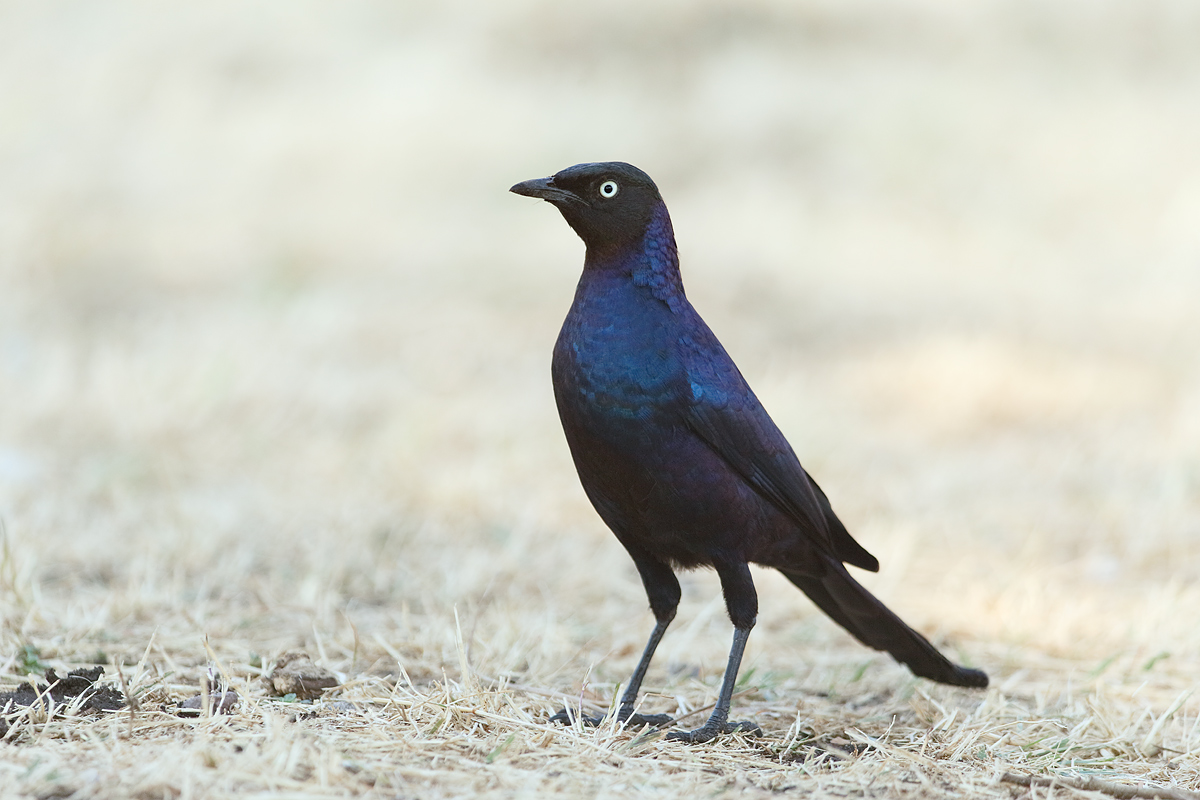
|
|
This Long-tailed (or Glossy) Starling image was created on the Tanzania Summer Safari last August with the Canon EF 200-400mm f/4L IS USM Lens with Internal 1.4x Extender (hand held with the internal TC in place at 526mm) and the Canon EOS-1D X. ISO 800. Evaluative metering +2/3 stop as framed: 1/640 sec. at f/5.6 in Av mode. Color temperature AWB.
One sensor to the left and one row above the Central sensor/AI Servo/Surround–Rear Focus AF as framed active at the moment of exposure. Click here to see the latest version of the Rear Focus Tutorial. Click on the image to see a larger version.
|
Breakfast with the Hand Held Canon 200-400 f/4L IS with Internal TC
On safari I made special arrangements for a breakfast of protein and low glycemic index vegetables. At some lodges or camps my early morning fare it was prepared early for me, at others I would scavenge left-overs from lunch or dinner. Why? The box breakfasts did not work for me. In any case, on the mornings when we loaded the safari vans way early, the drivers would pick up and pack the box breakfasts for the whole group. I enjoyed sharing the food that I was not going to eat.
We’d find a legal picnic area and if there were no benches and tables, the drivers would set up portable tables and chairs and serve breakfast. That included hot tea and coffee in ceramic mugs. But yours truly had already eaten a few hours ago. As our breakfast spots were in regular use the resident songbirds, creatures of habit as they are, would flock to us even before the first crumb hit the ground. Not one to waste time I would quickly grab my 200-400, engage the TC, sit on the ground near the picnic tables, and get to work. Rather than a tripod, I used my knee-pod technique; heck, I still need to get a good image of me illustrating that method to share with you here. I’ll try to remember to do that in San Diego.
Sometimes I would clear small bits of debris from a small, relatively attractive patch of grass and toss a few small bits of bread or muffin to get the birds right where I wanted them. Simple but effective. On most mornings the serious photographers would cut their breakfasts short and join me. All is all it was great fun and a great way to create images of some species that you would rarely get to photograph from the safari vans.
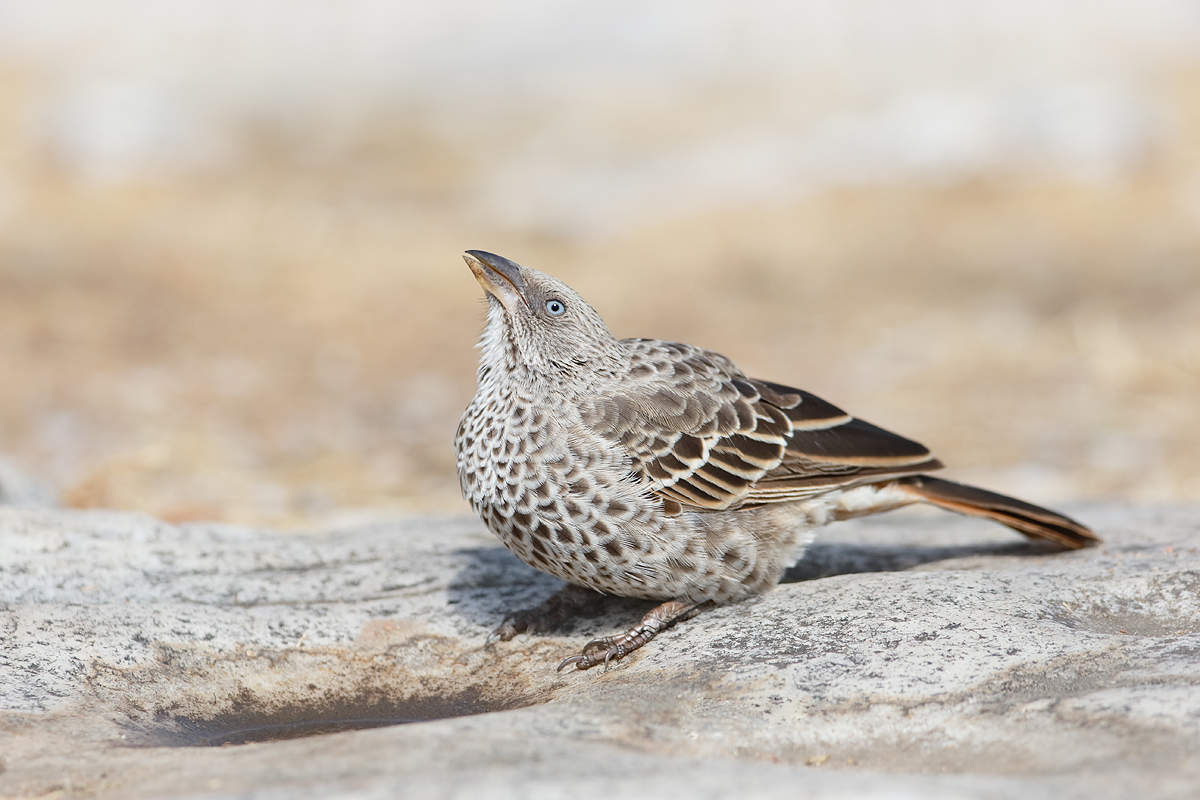
|
|
This Rufous-tailed Weaver image was also created on the Tanzania Summer Safari last August with the Canon EF 200-400mm f/4L IS USM Lens with Internal 1.4x Extender (hand held with the internal TC in place at 560mm) and the Canon EOS-1D X. ISO 400. Evaluative metering +2/3 stop as framed: 1/1000 sec. at f/7.1 in Av mode. Color temperature AWB.
One sensor to the left and one row above the Central sensor/AI Servo/Surround–Rear Focus AF as framed active at the moment of exposure. Click here to see the latest version of the Rear Focus Tutorial. Click on the image to see a larger version.
|
Water Feature
One morning at my favorite breakfast photography spot in Seronera (aka Leopard City), I noticed some songbirds drinking rainwater from small depressions in the rocks. I grabbed a bottle of water, freshened up the tiny pool, and sat back with my 200-400. In short order I had some excellent chances with Rufous-tailed Weaver and the beautiful but hard-to-photograph-well Superb Starling. Again, I soon had company.
During the image optimization I seamlessly eliminated a large white triangular shape–not sure what it was–from the upper left corner in about 30 seconds using techniques from APTATS II. Order APTATS II by phone and mention this blog post and Jim or Jennifer will be glad to apply a $10 discount.
The Lesson
Keep your eyes open to what’s going on, keep your mind open as to unexpected opportunities, and think creatively. Remember: good photos are where you find them.
Your Favorite?
Take a break from watching college football and leave a comment letting us know which of the two images above you like best. And why.
2014 Tanzania Summer Safari
If you are interested in joining us in Tanzania next summer please shoot me an e-mail and I will be glad to forward you the PDF with dates, itinerary, and price.
An Amazing Streak
Today’s blog post marks 37 days in a row with a new post, a new record by far that should continue for at least another week or two. To show your appreciation, we ask that use our B&H and Amazon affiliate links for all of your B&H and Amazon purchases. Please check the availability of all photographic accessories in the BIRDS AS ART Online Store. We sell only what I use and depend on. We will not sell you junk. We know what you need to make creating great images easy and fun. And we are always glad to answer your gear questions via e-mail.
You can find the following items in the store: Gitzo tripods, Mongoose M3.6 and Wimberley heads, plates, low feet, and accessories, flash brackets, , Delkin e-film Pro Compact Flash Cards, LensCoat products, and our unique line-up of educational materials including ABP I & II, Digital Basics, Site and Set-up e-Guides, Canon and Nikon Camera Users and AF e-Guides, and MP-4 Photoshop video tutorials among others.
We would of course appreciate you using our B&H and Amazon affiliate links for all of your B&H and Amazon major gear, video, electronic, household, and personal purchases. For the photographic stuff mentioned above we would of course great appreciate your business.
Thanks and enjoy!
Last Year’s Grand Prize winning image by Lou Coetzer
Important Contest News
Contest Deadlines Extended!
BIRDS AS ART 2nd International Bird Photography Competition
New Entry Deadline: January 31, 2014; see additional details below
With so many folks signing up at the last minute and with so many folks having trouble uploading their images due to server overload the deadline for entering the contest (registering and paying) has been extended until January 31, 2014 and the deadline for uploading images has been extended until midnight Eastern time on February 10, 2014. Take advantage of this extension to have a crack at the great prizes.
Learn more and enter the BIRDS AS ART 2nd International Bird Photography Competition here. Twenty-five great prizes including the $1000 Grand Prize and intense competition. Bring your best.
Register and Pay
To register click here.
To learn of payment options, click here.
Important Contest Note
Jim Litzenberg will be on vacation until tomorrow, January 2, 2014; those who paid for the for the contest very recently should receive their payment confirmation e-mail from Jim some time on Thursday.
Support the BAA Blog. Support the BAA Bulletins: Shop B&H here!
This Bulletin took about 12 hours to prepare
We want and need to keep providing you with the latest free information, photography and Photoshop lessons, and all manner of related information. Show your appreciation by making your purchases immediately after clicking on any of our B&H or Amazon Affiliate links in this blog post. Remember, B&H ain’t just photography!




Amazon
Everyone buys something from Amazon, be it a big lens or deodorant. Support the blog by starting your search by starting your search by clicking on the logo-link below. No purchase is too small to be appreciated; they all add up. Why make it a habit? Because I make it a habit of bringing you new images and information on an almost daily basis.
Typos
In all Bulletins, feel free to e-mail or leave a comment regarding any typos, wrong words, misspellings, omissions, or grammatical errors. Just be right. 🙂
IPT Info
Many of our great trips are filling up. See especially info on the South Florida, Holland, and Nickerson Beach IPTs. Two great leaders ensure that you will receive individual attention, have all of your questions answered, and learn a ton including how to think like a pro, see the situation, and get the right exposure every time. In addition you will have fun, and make lots of great images. Click here for IPT details and general information.
|
|



